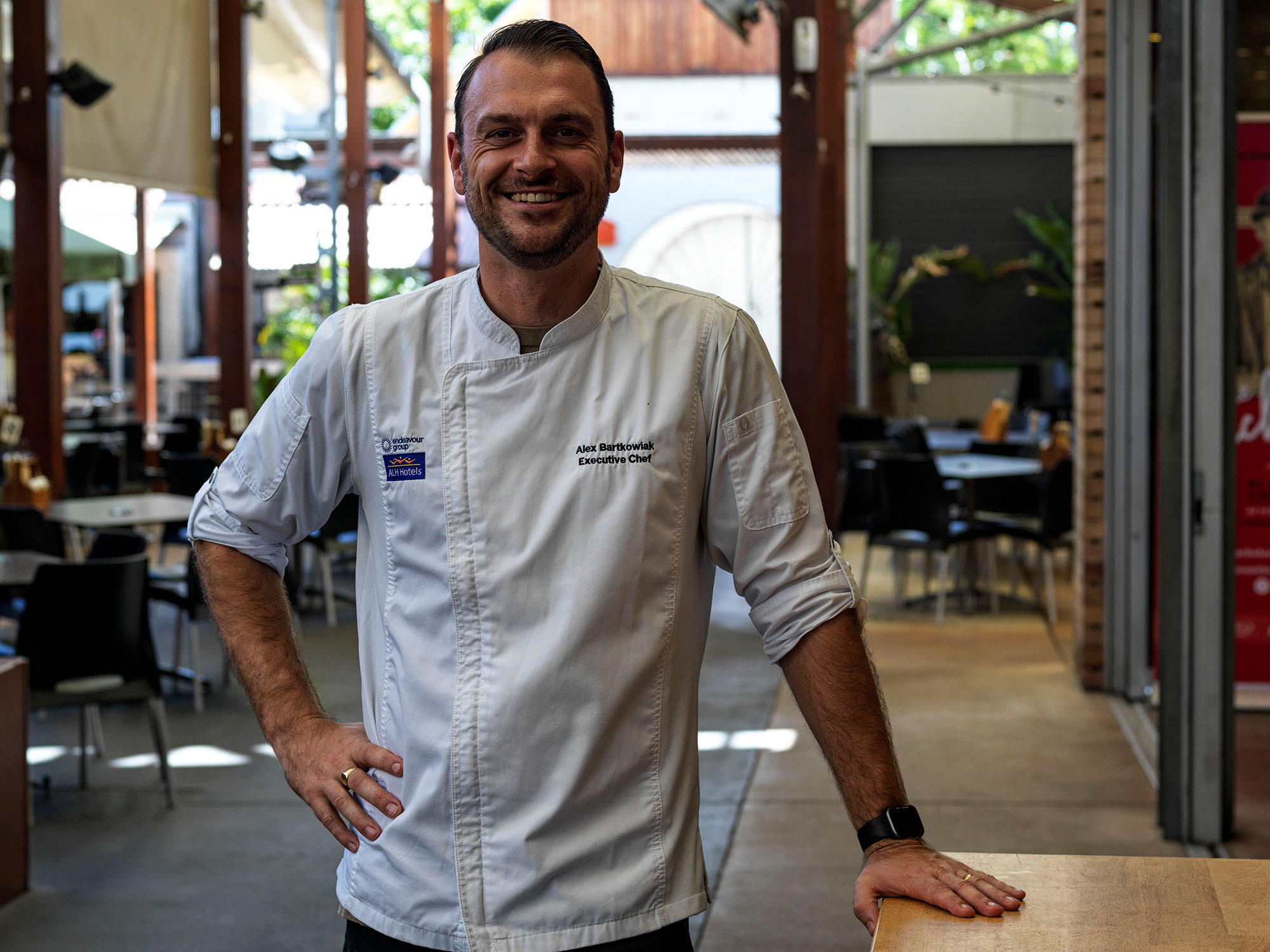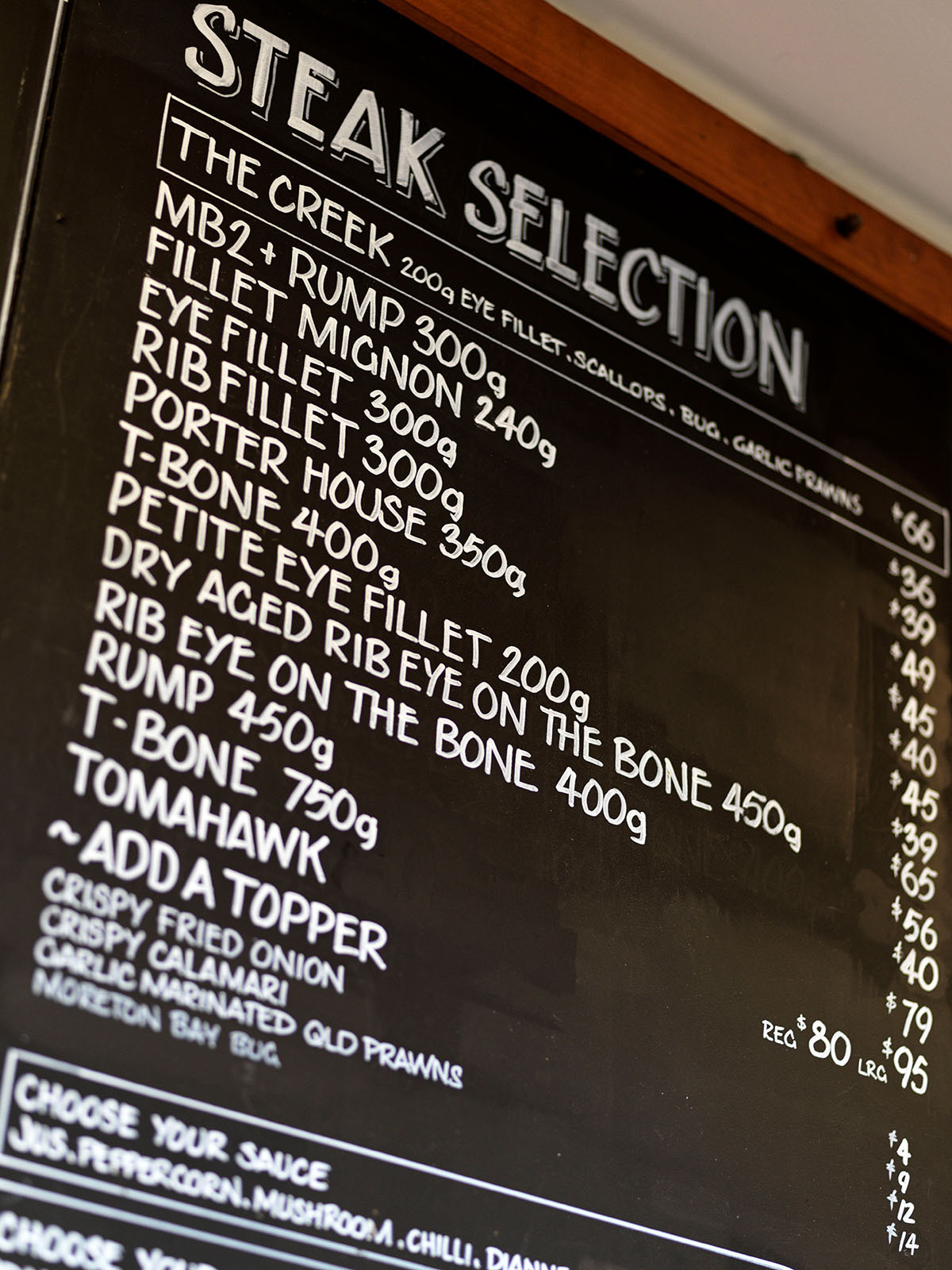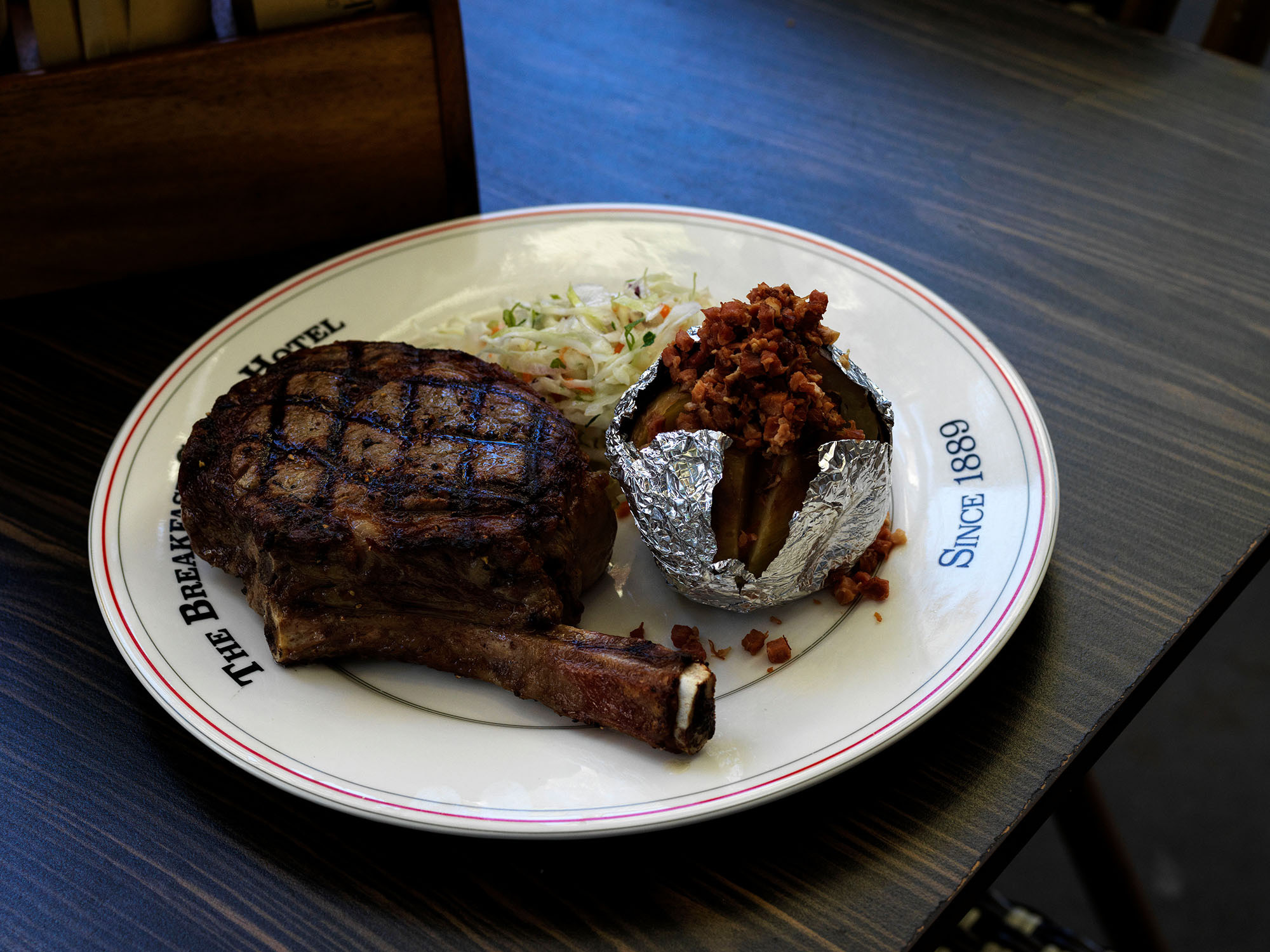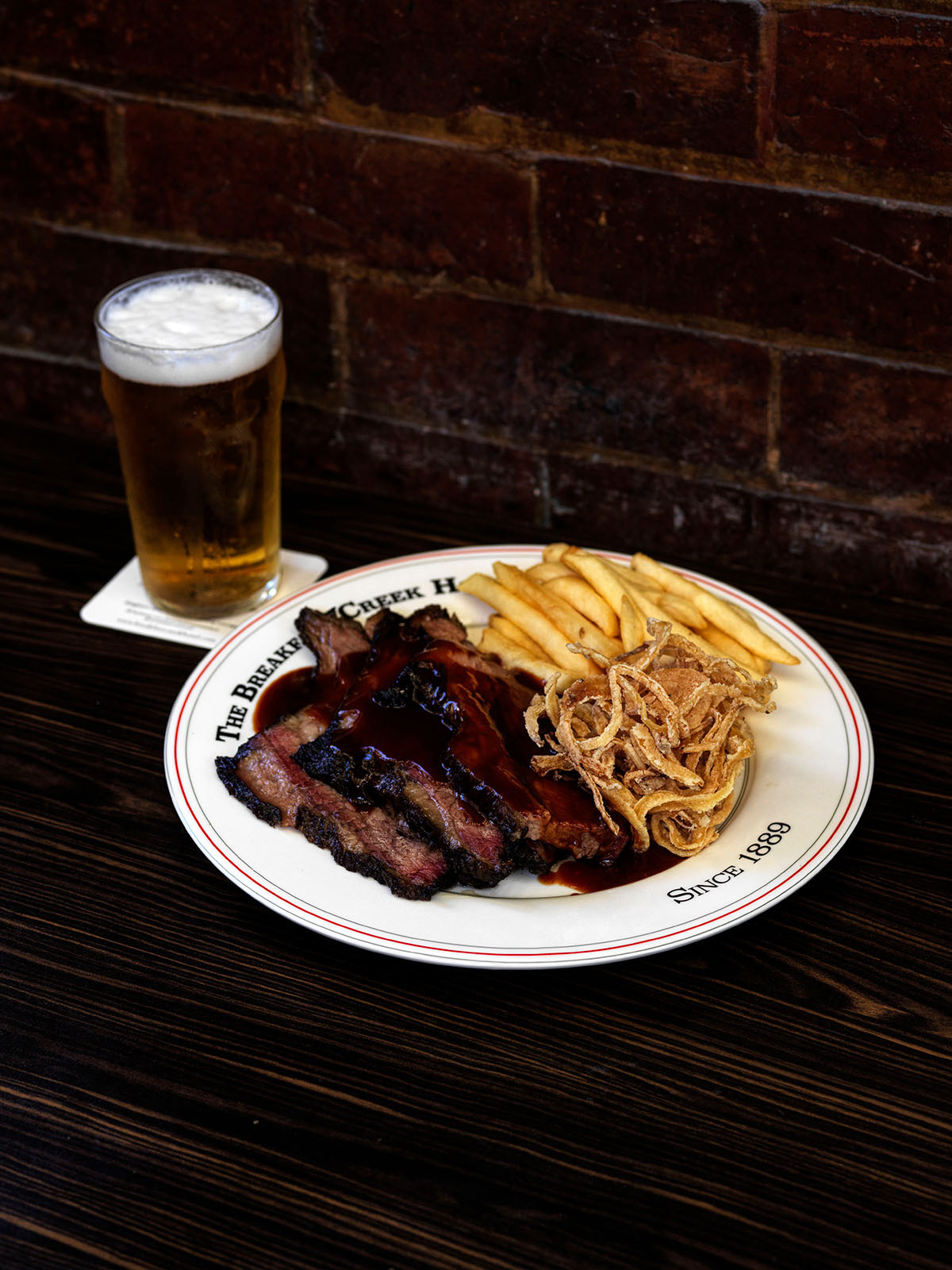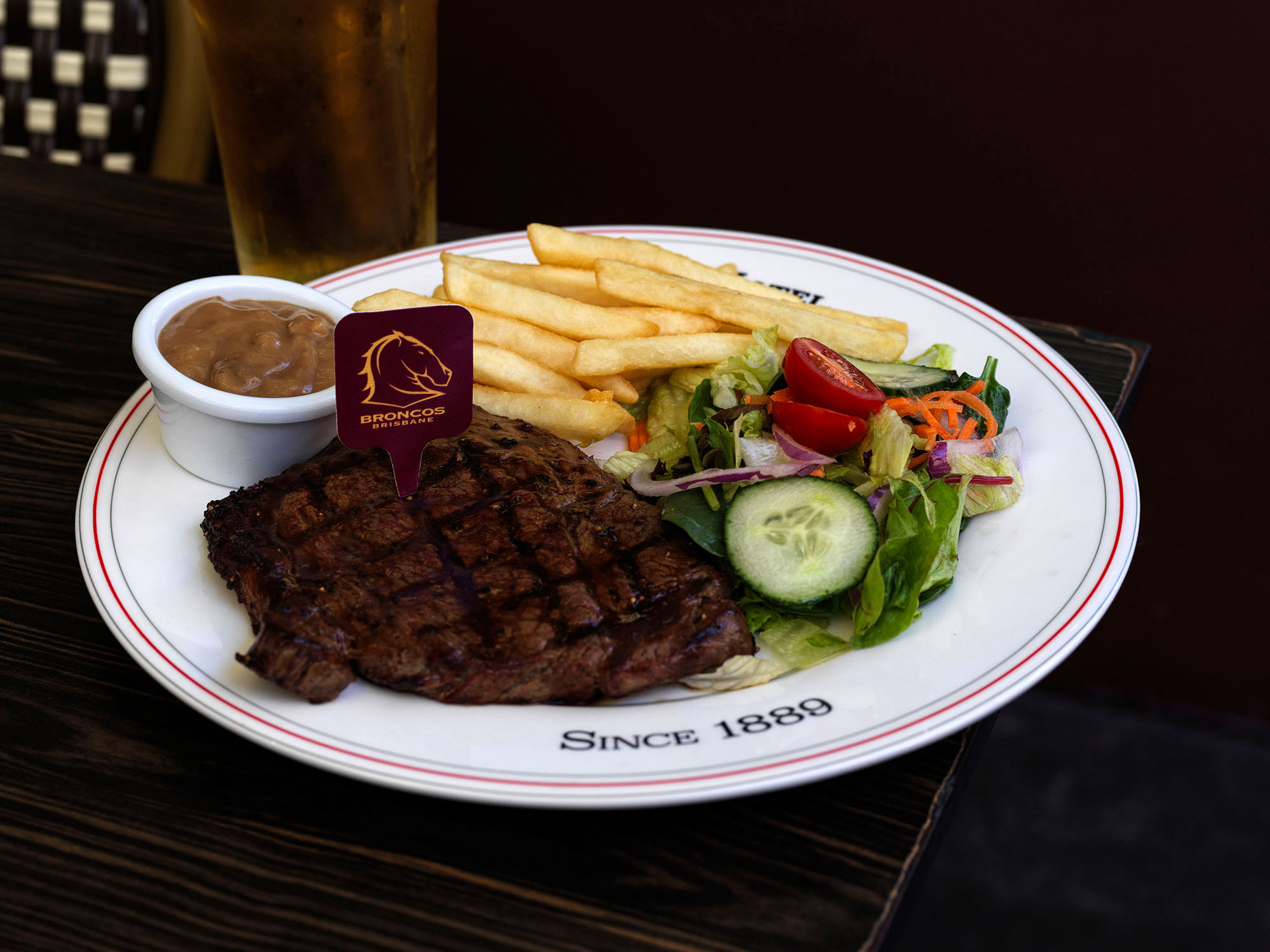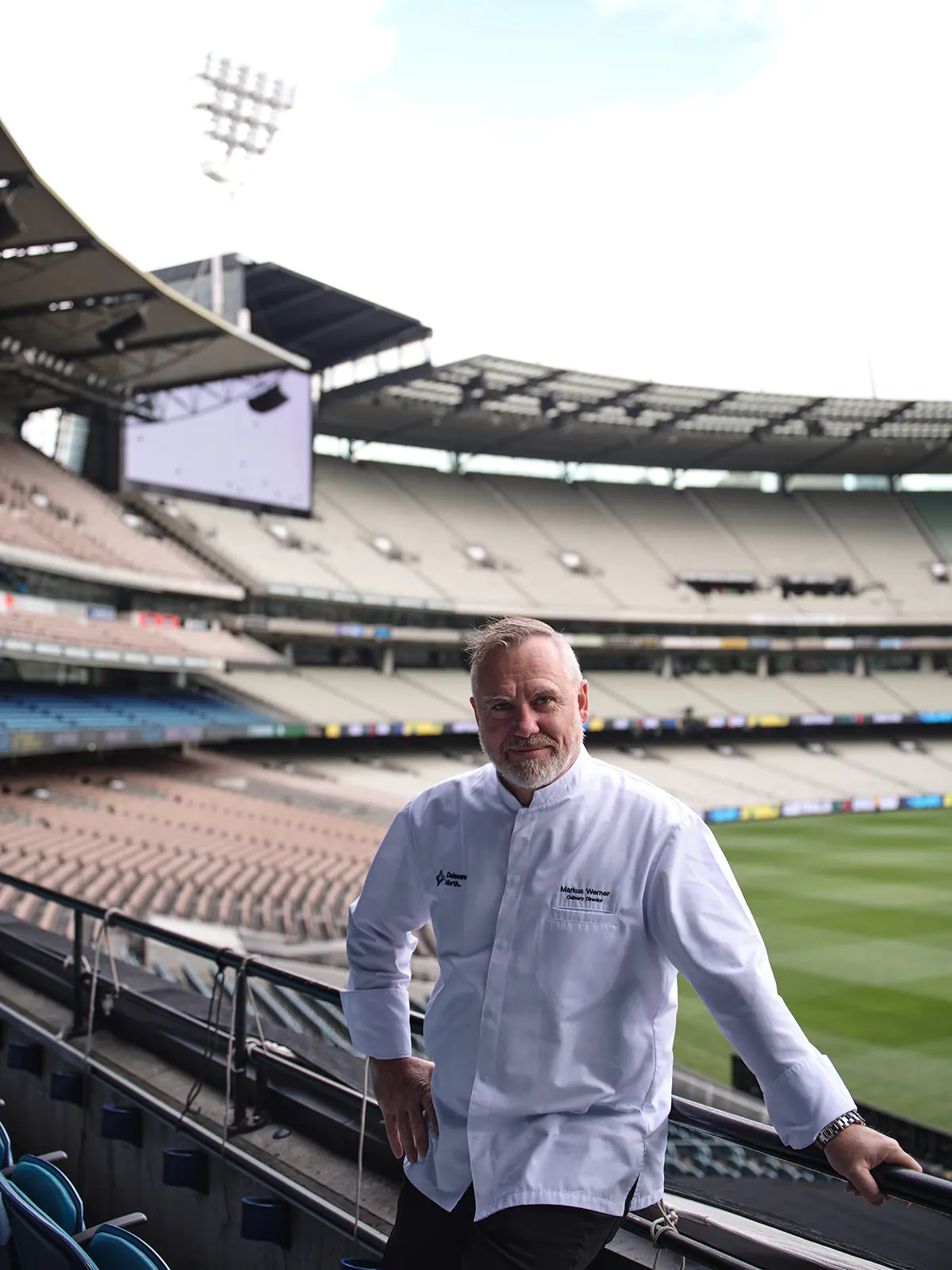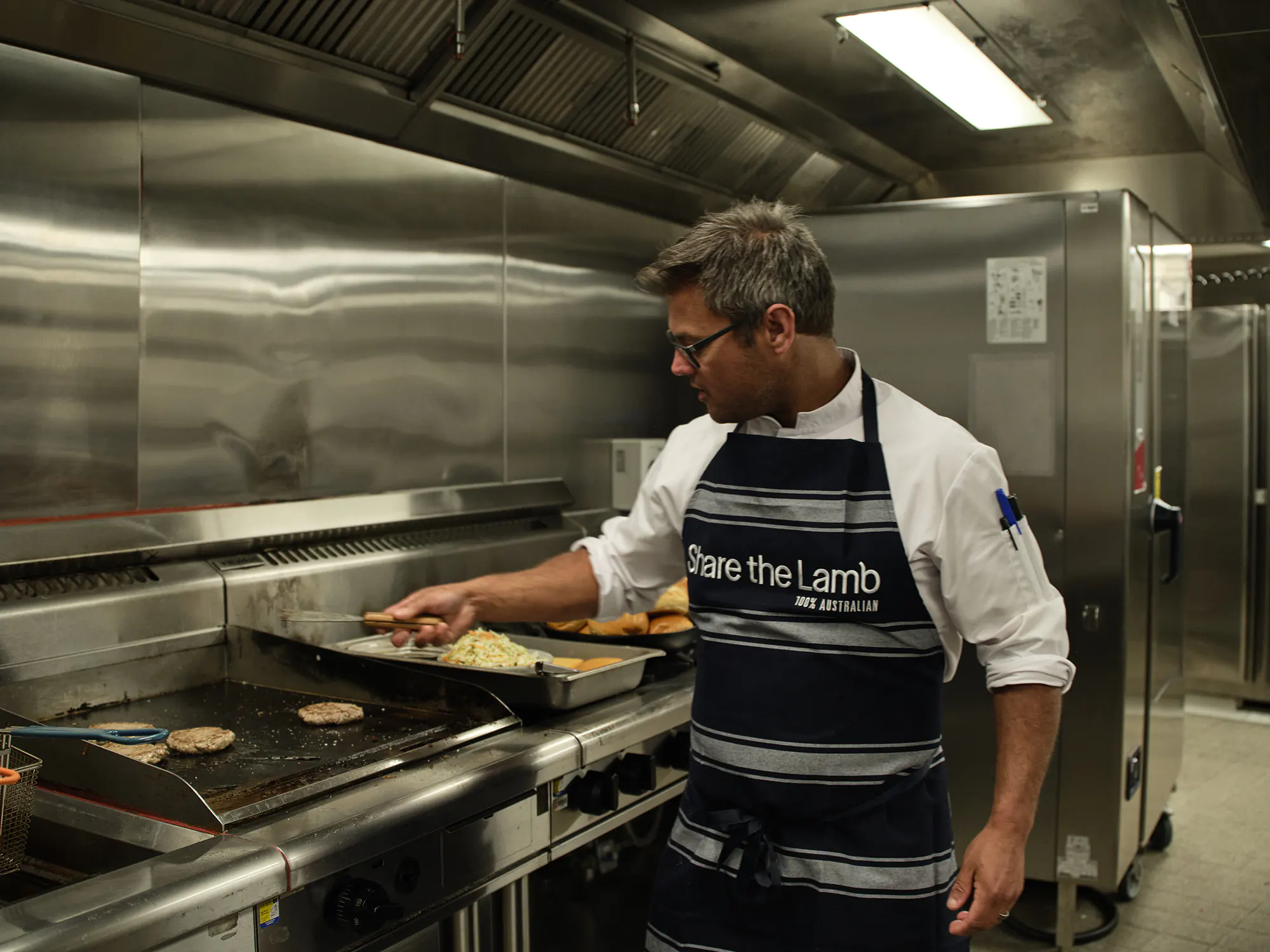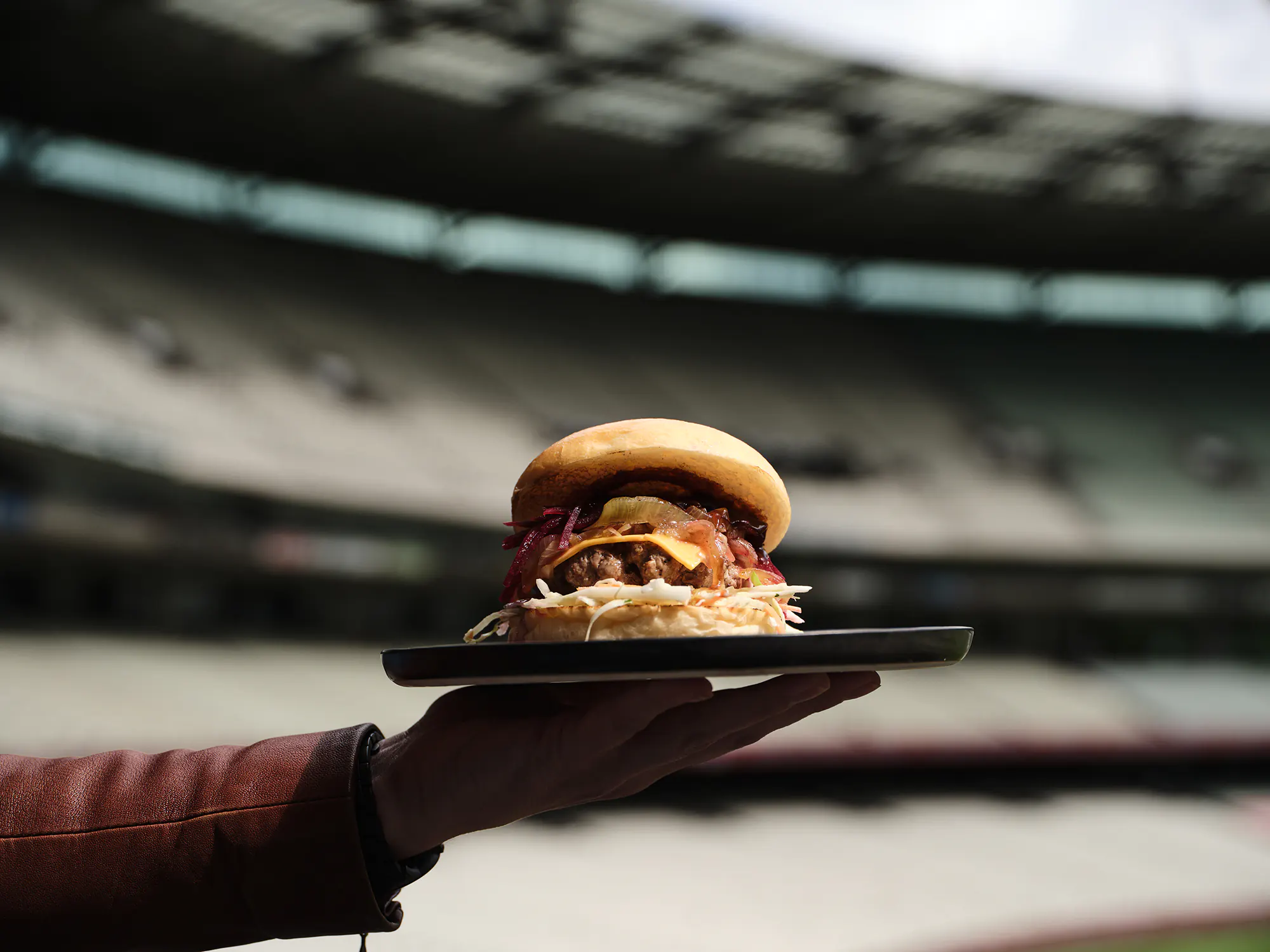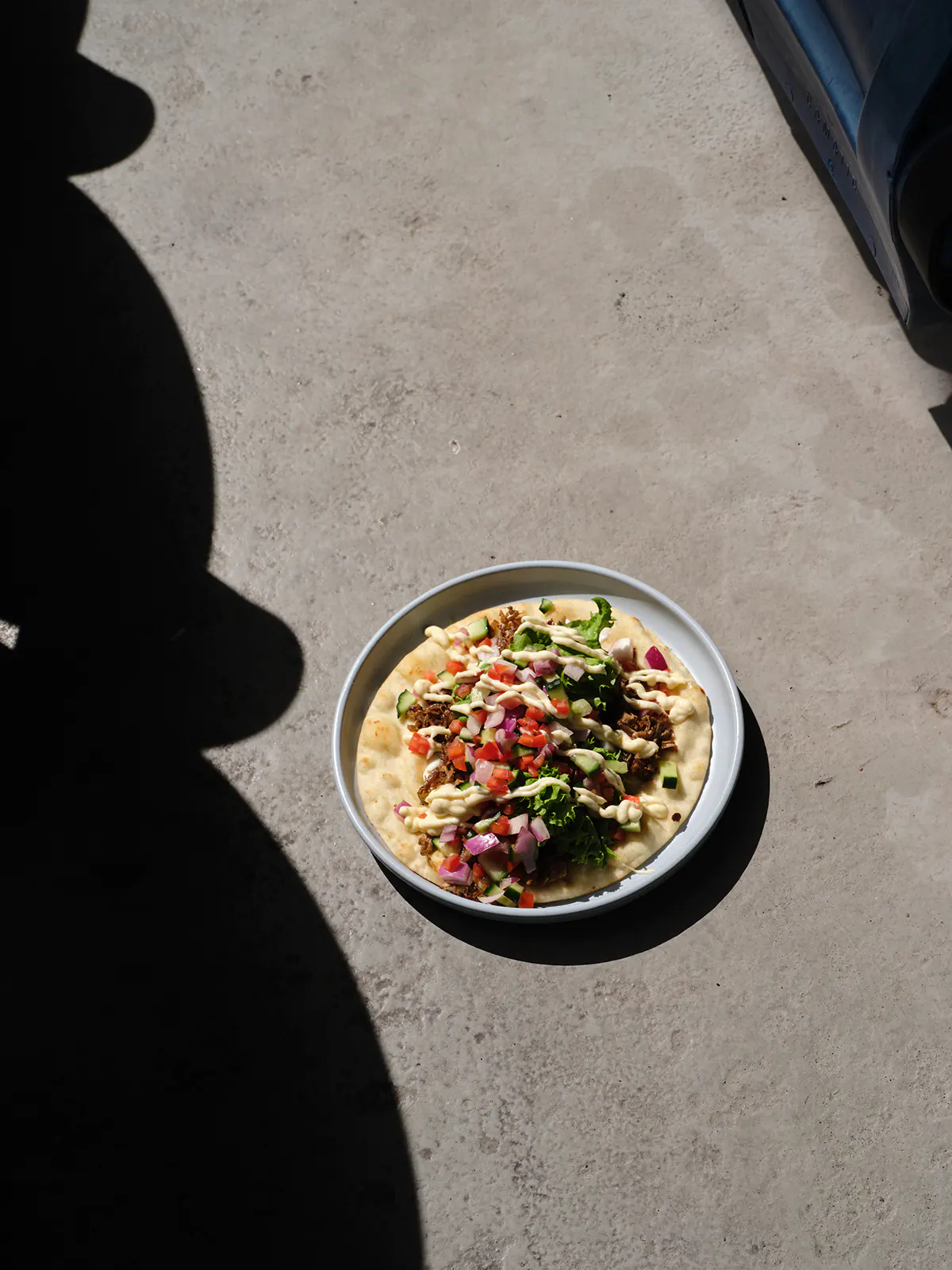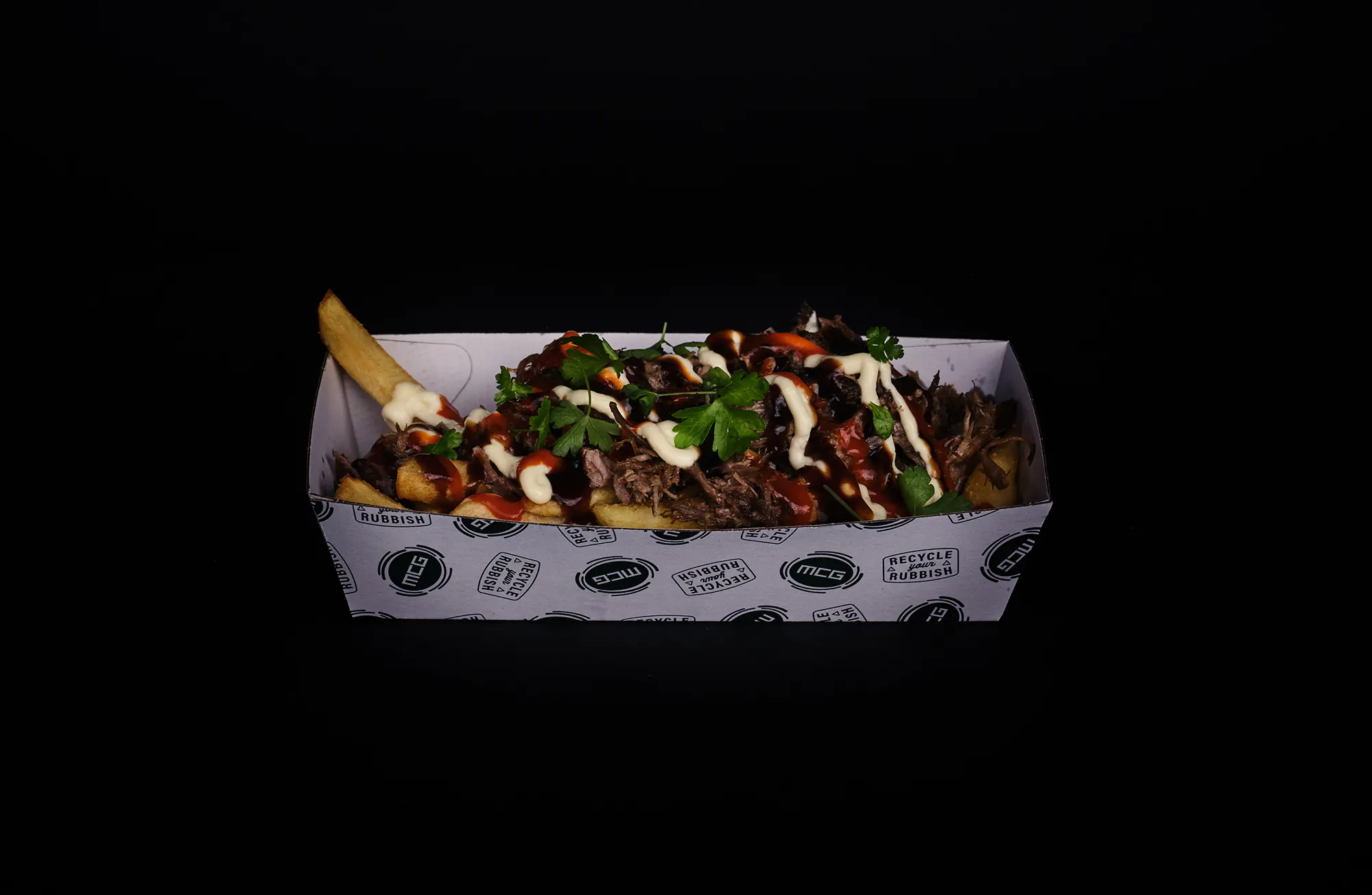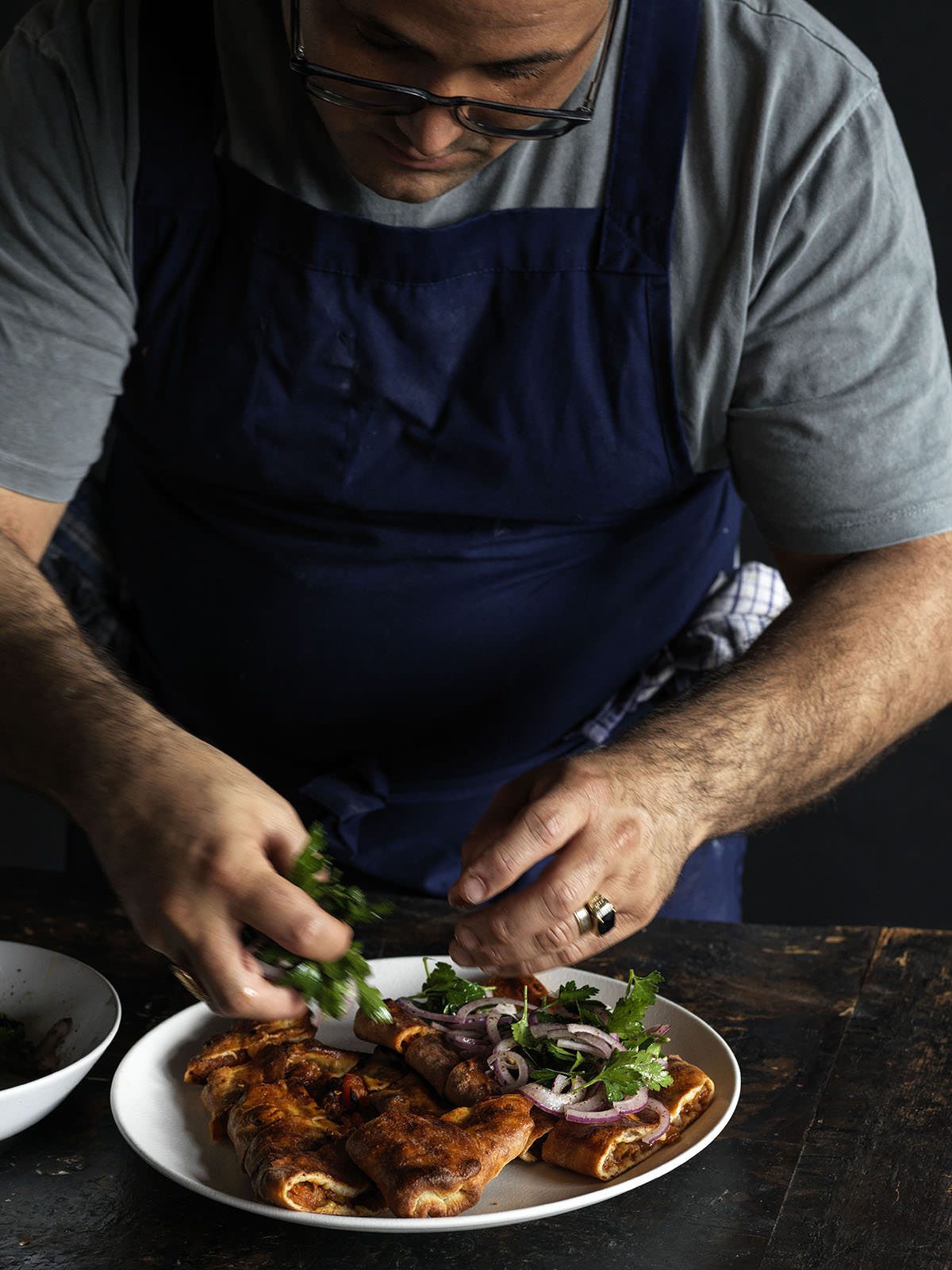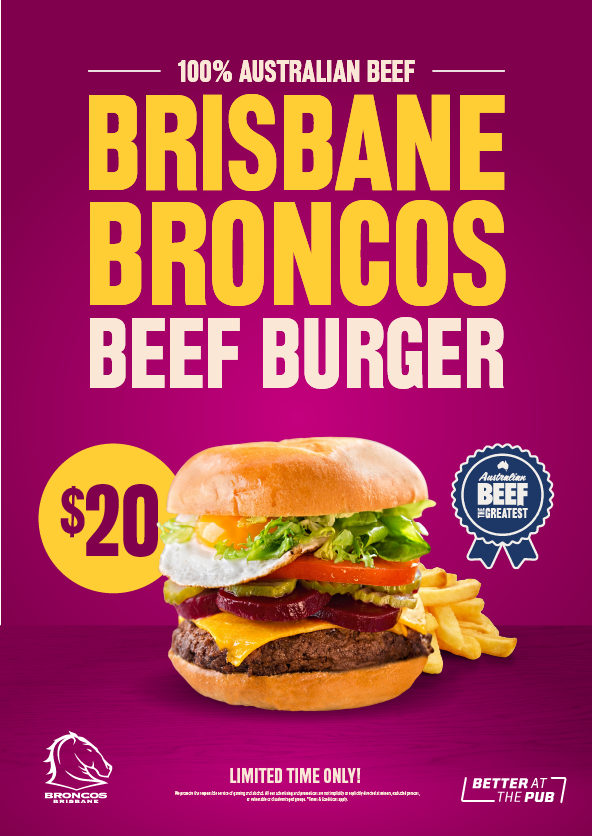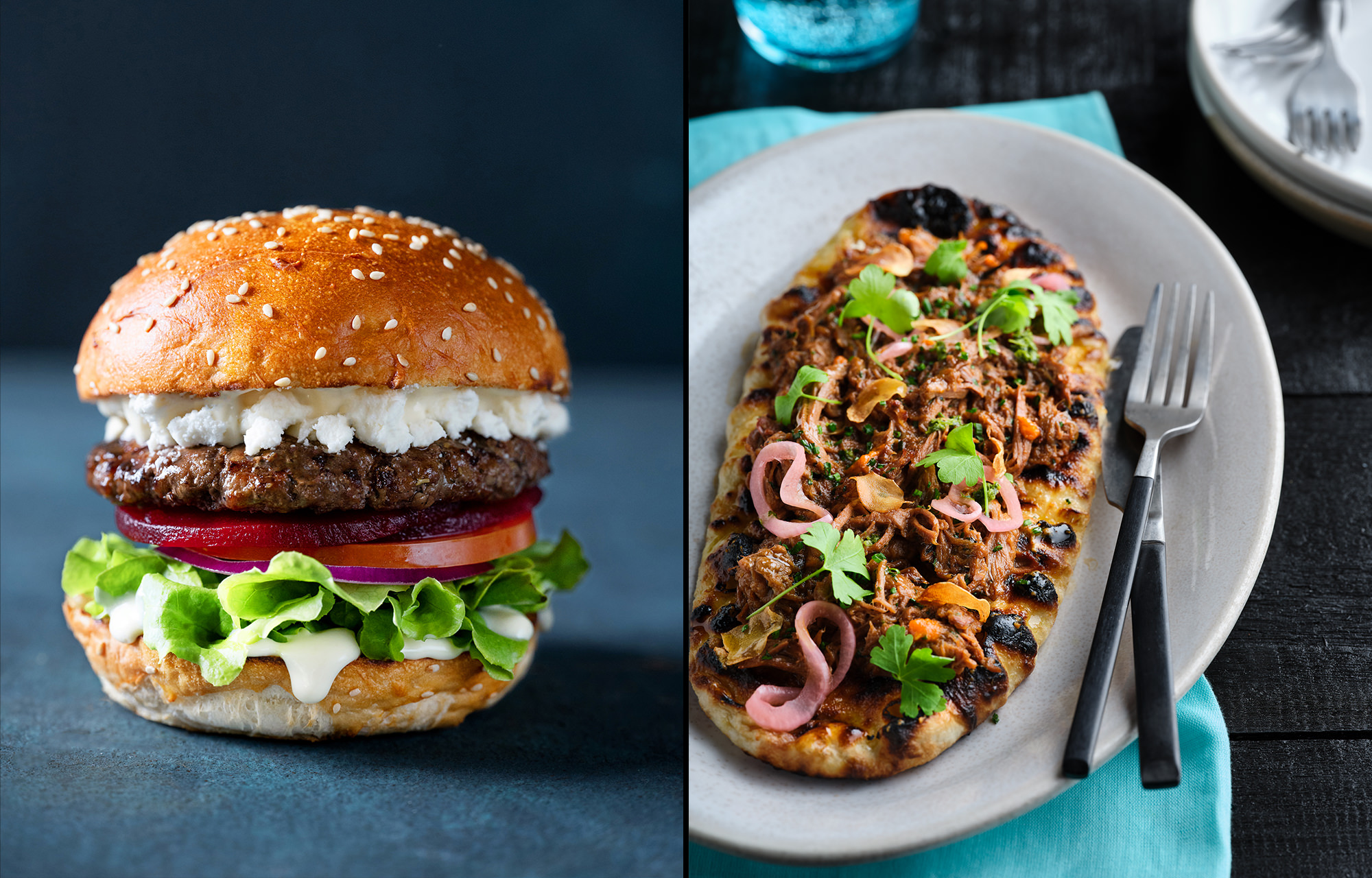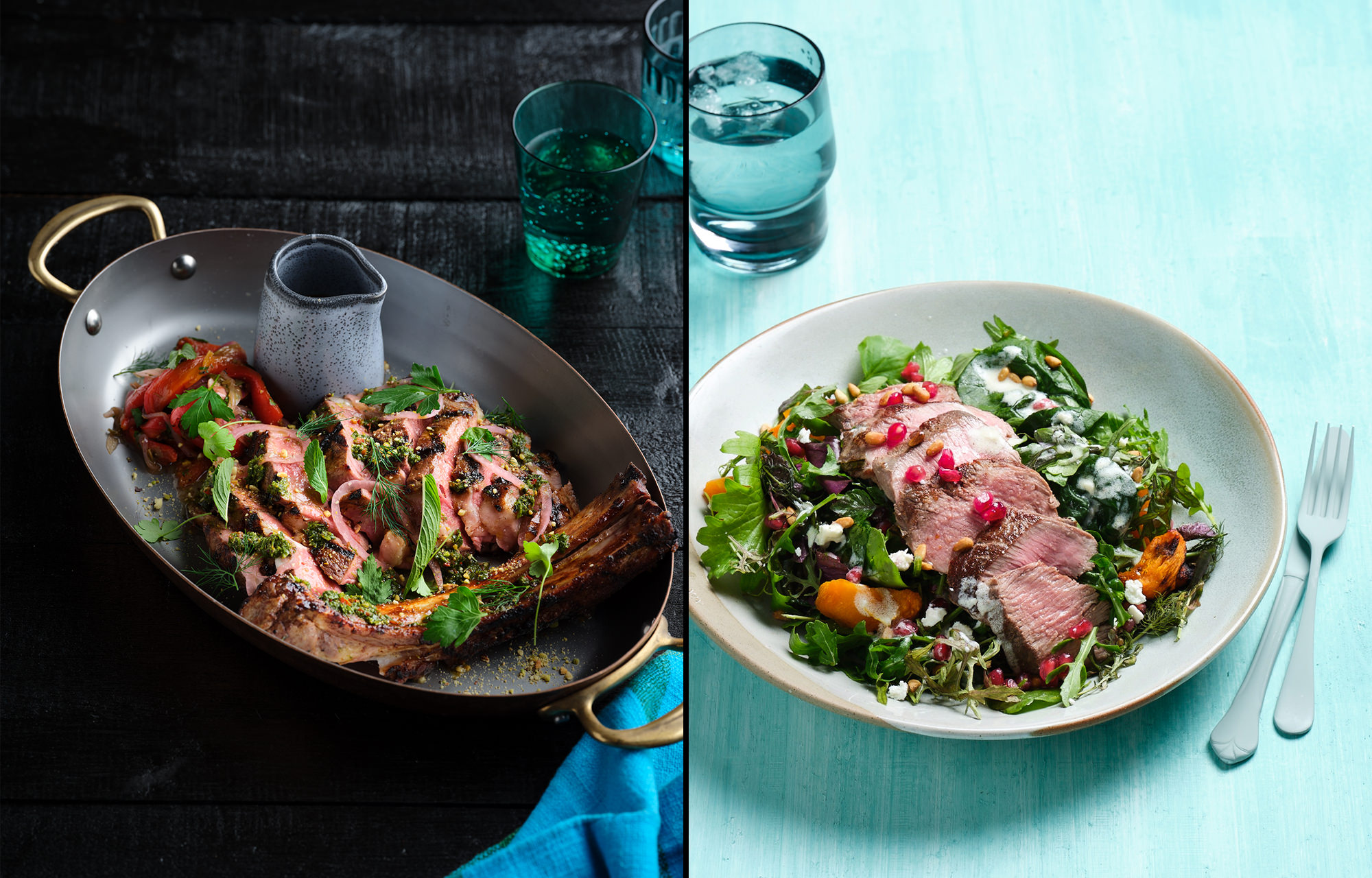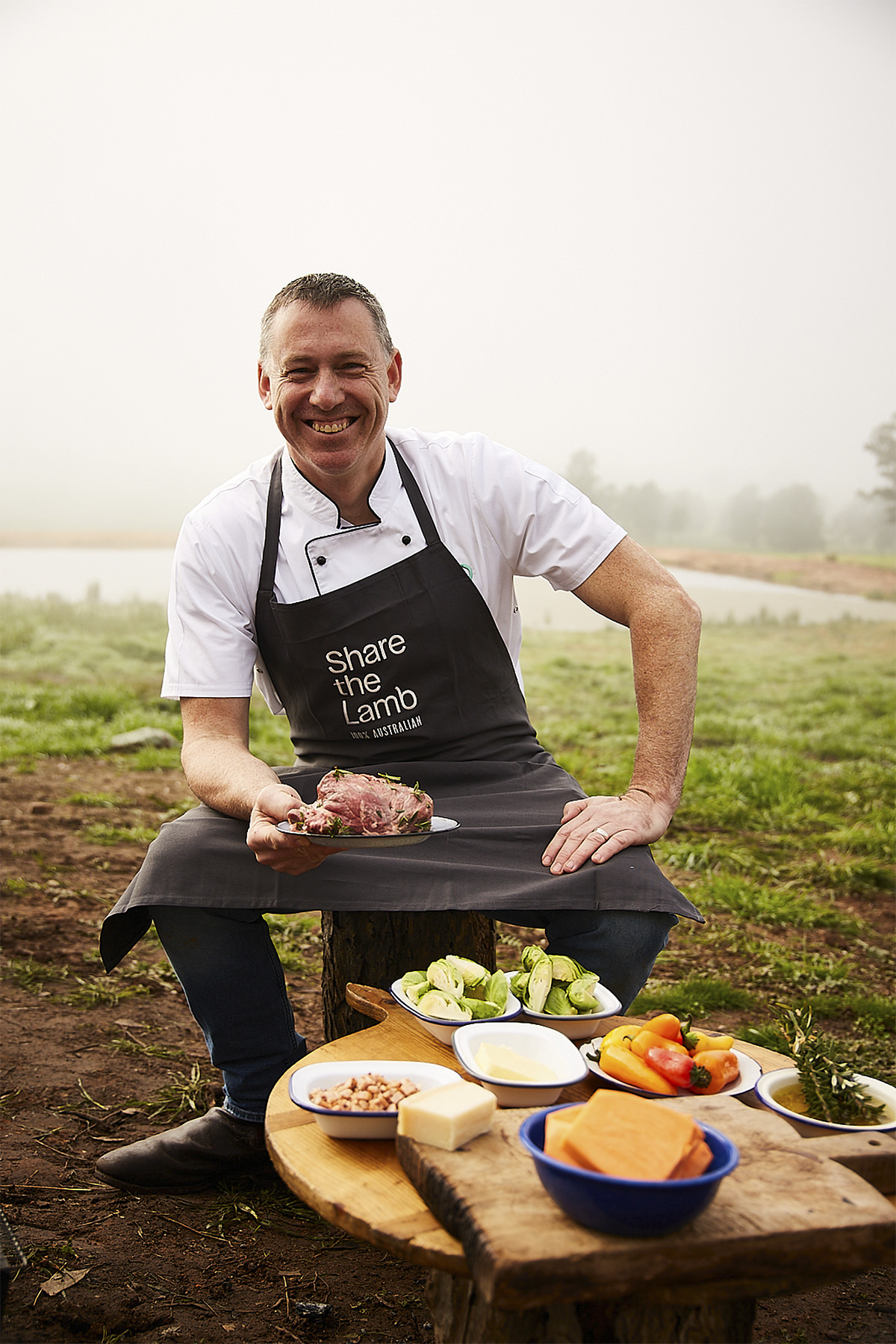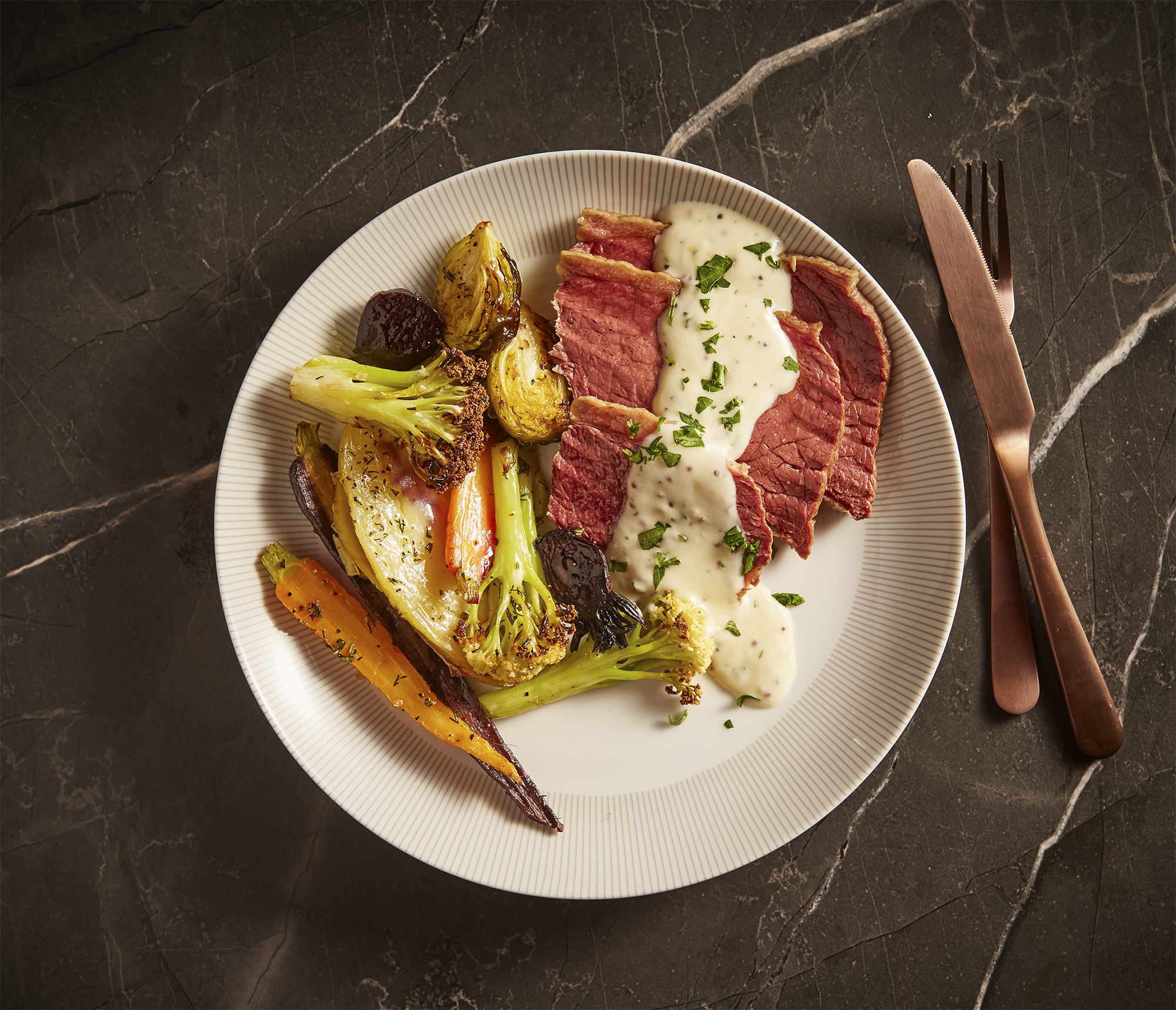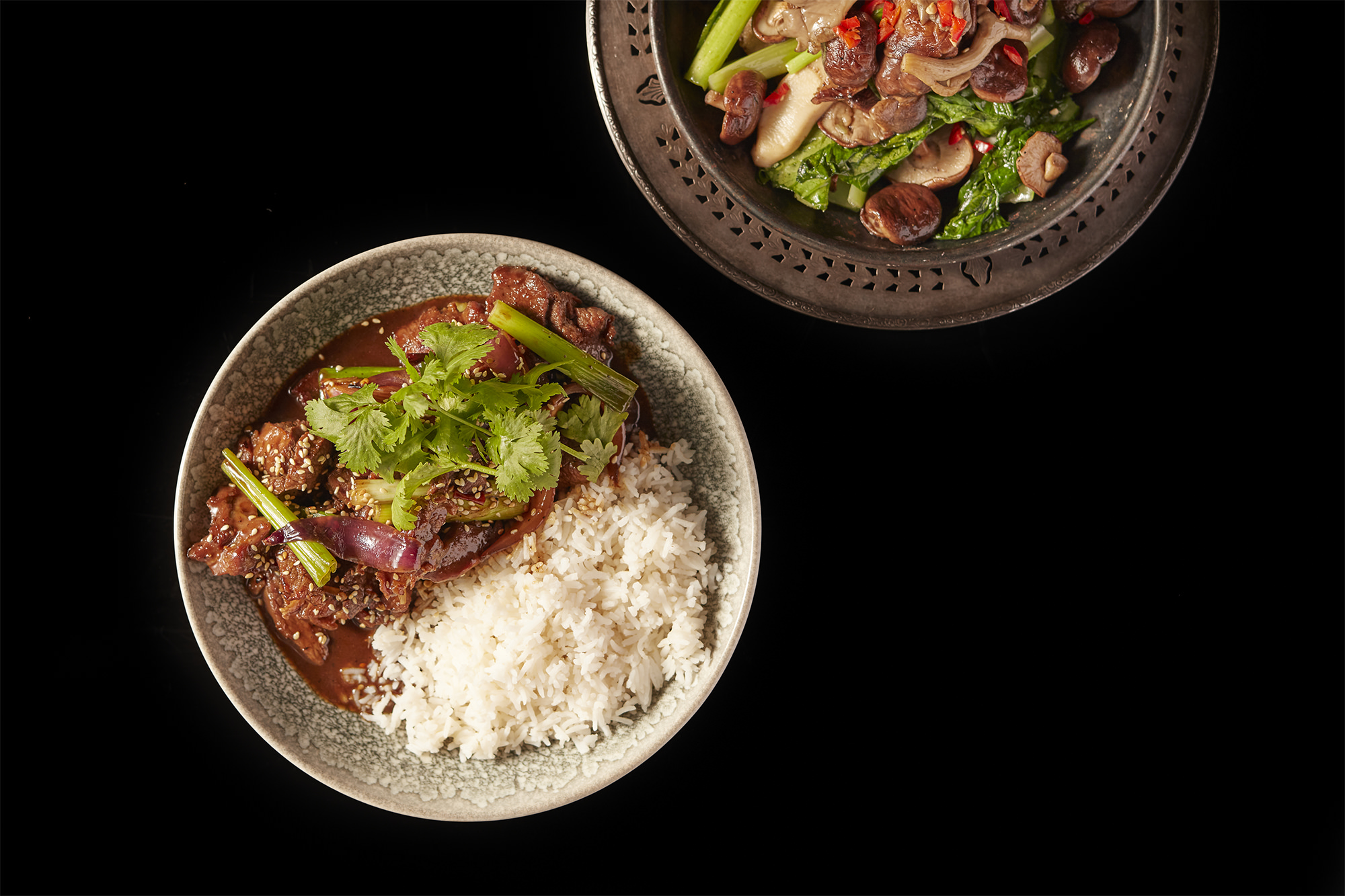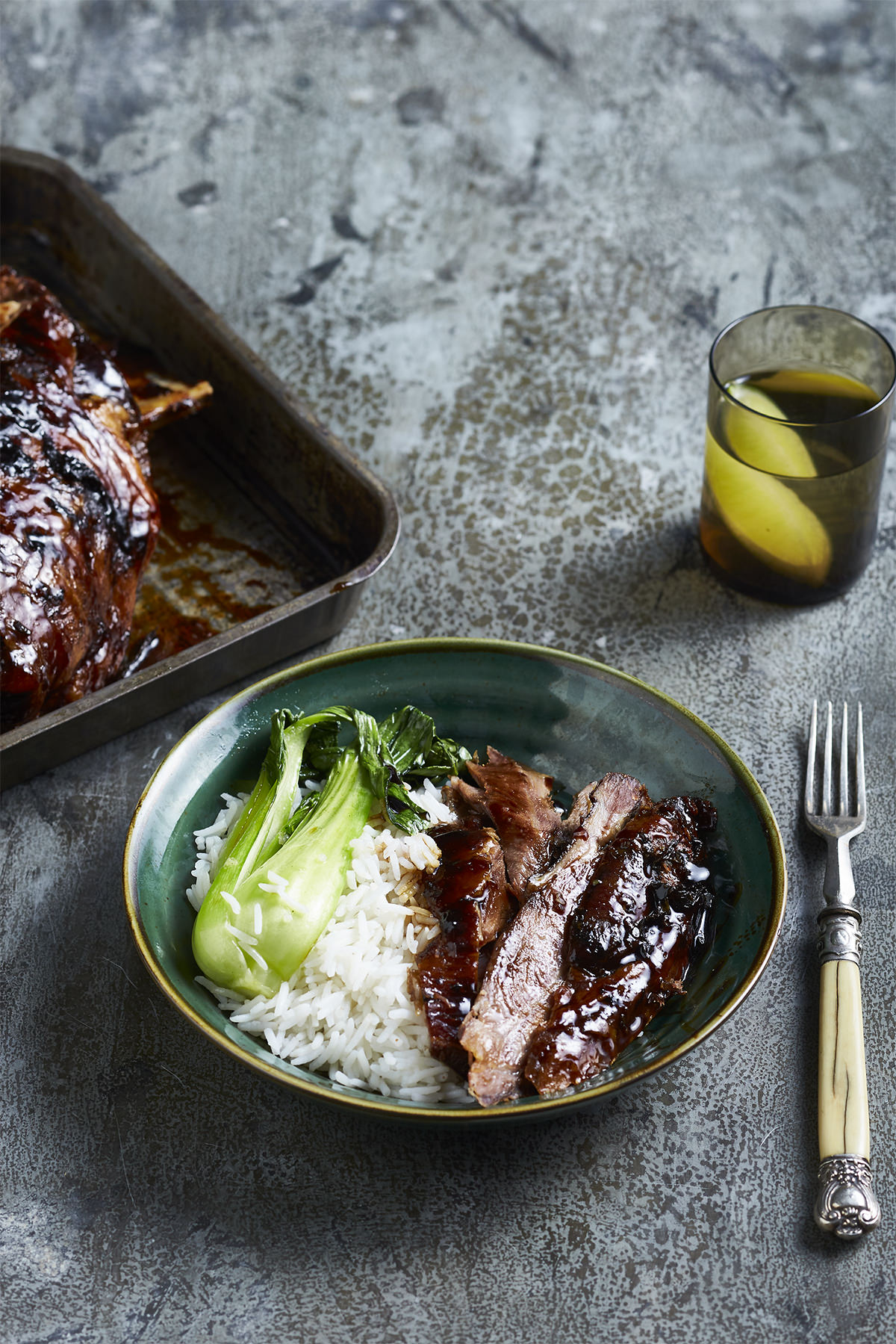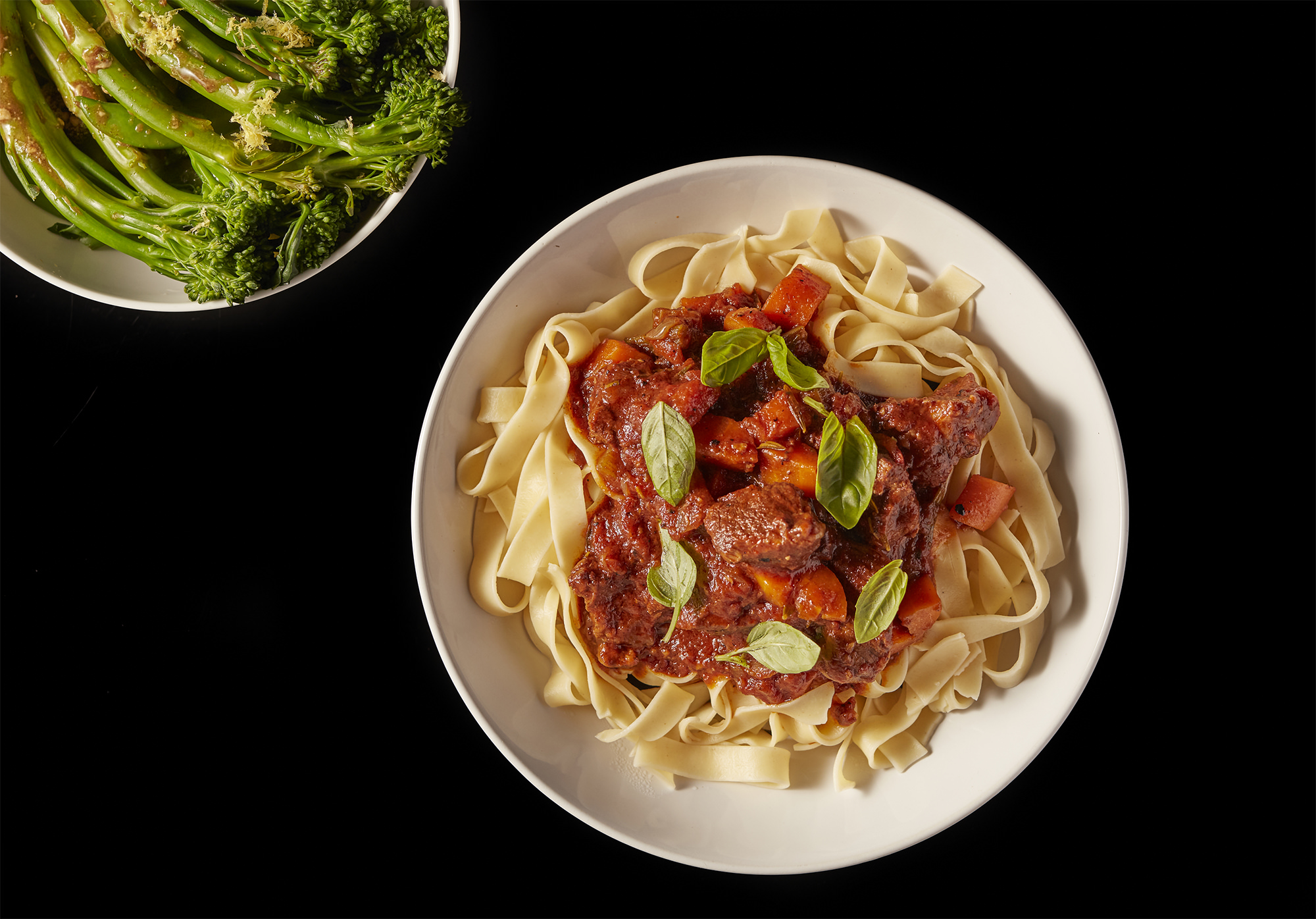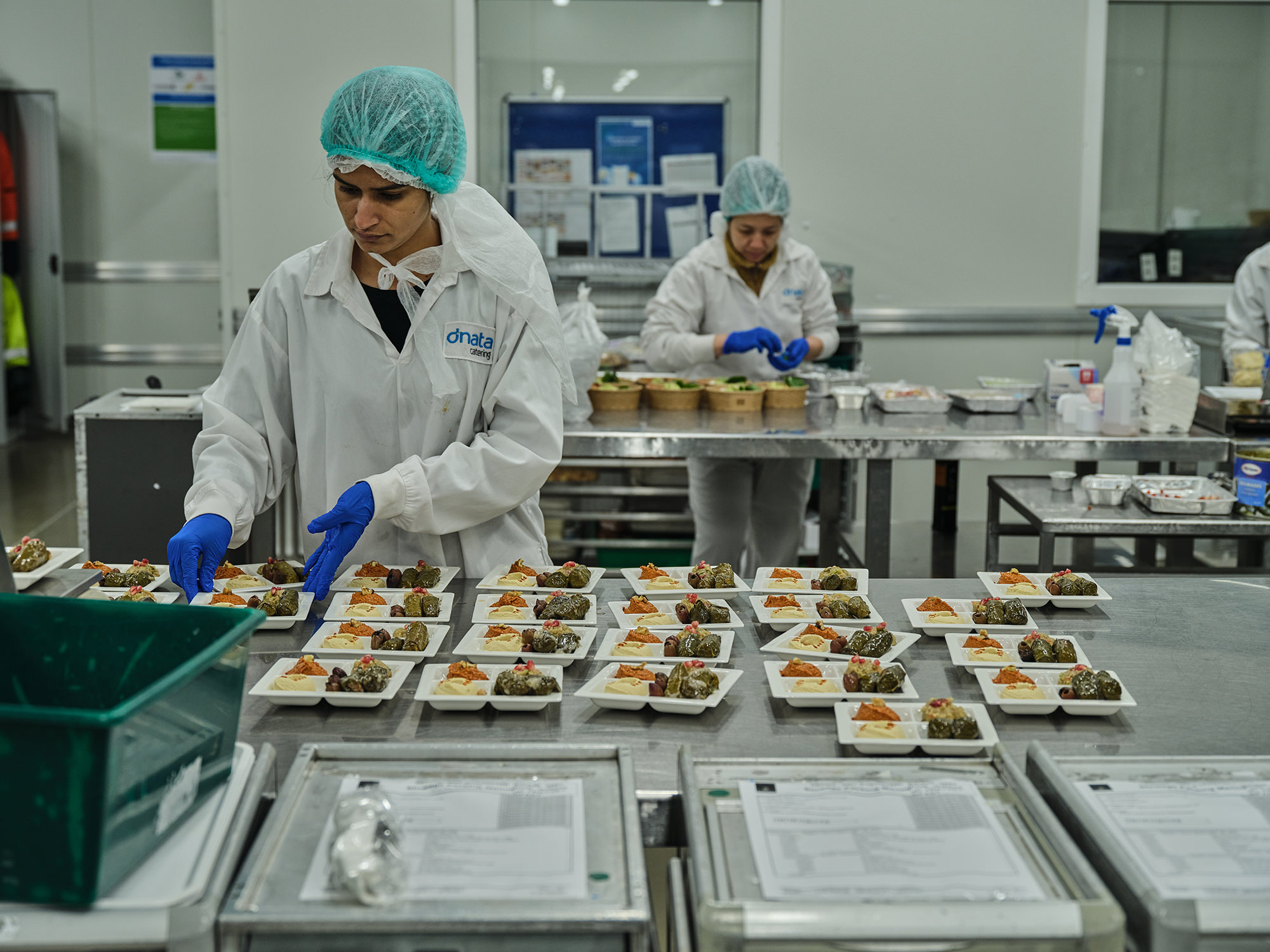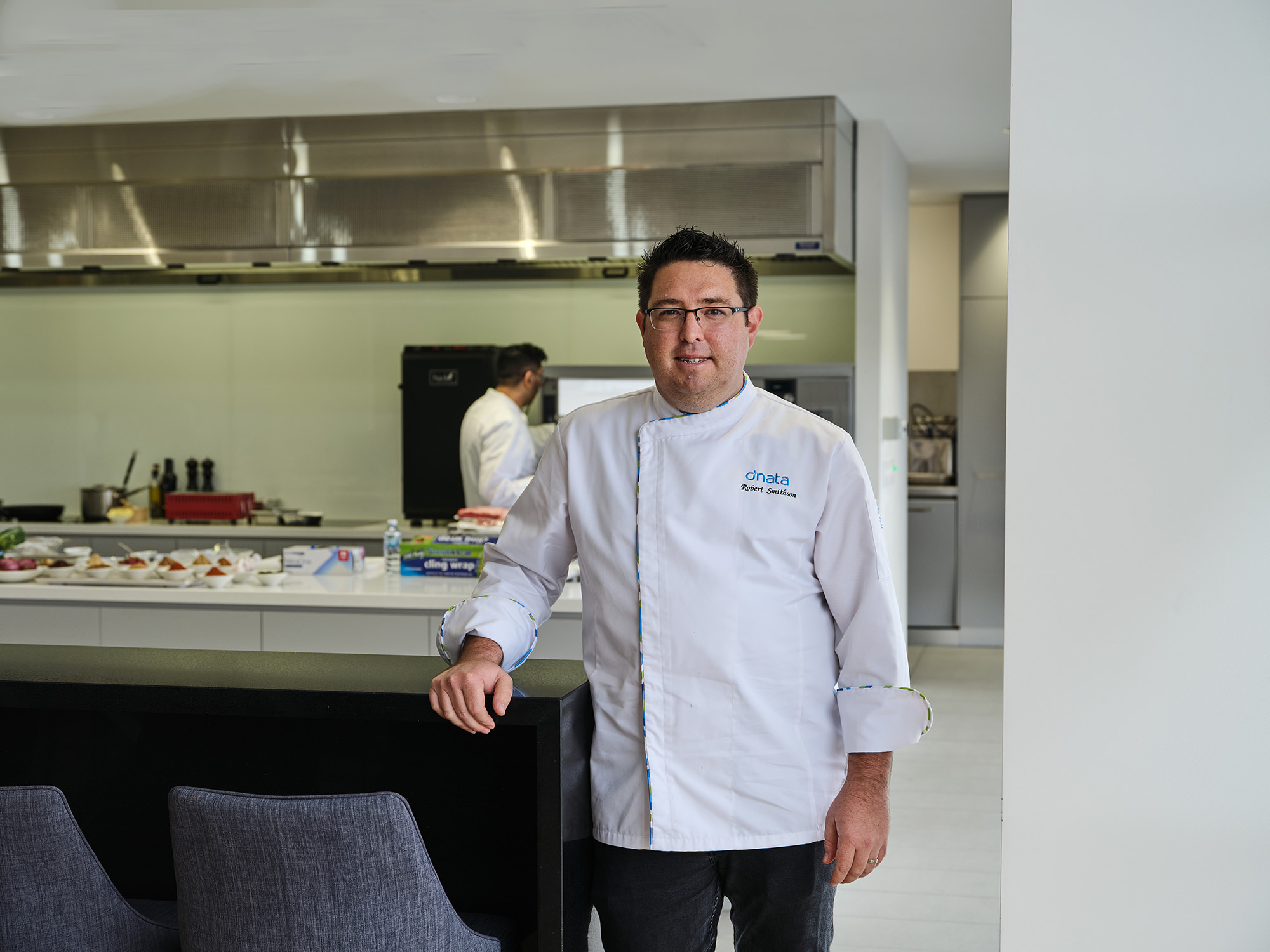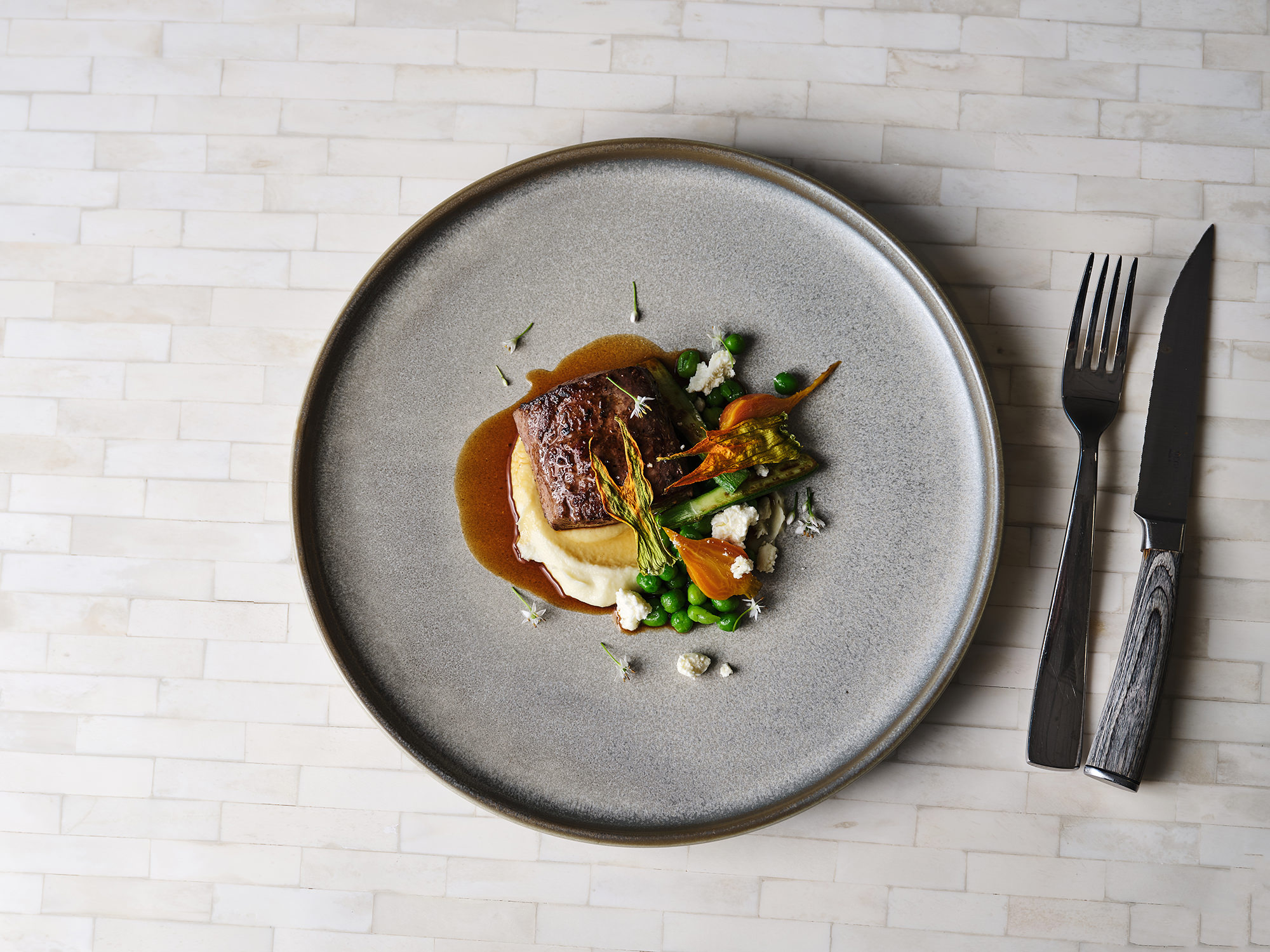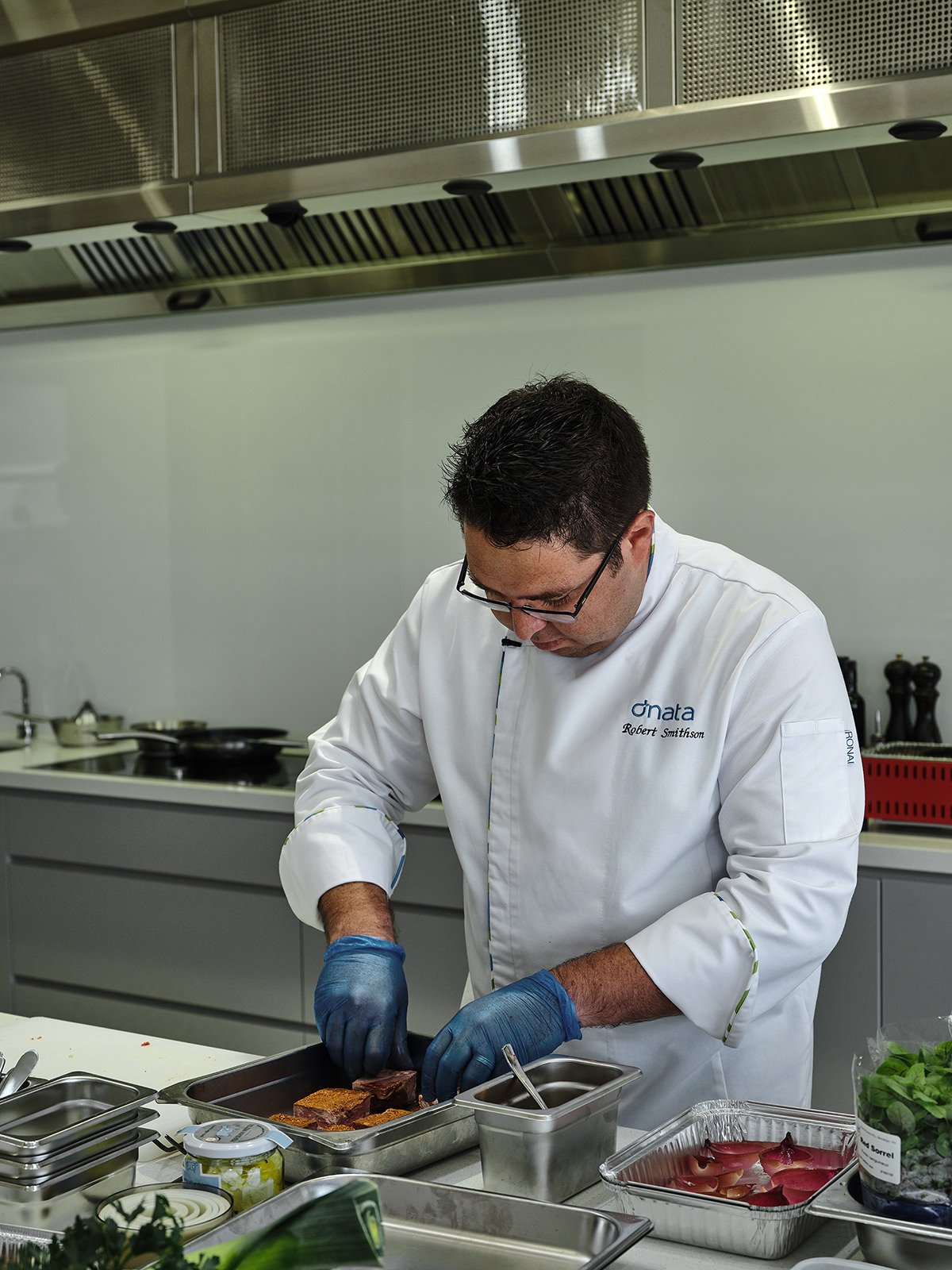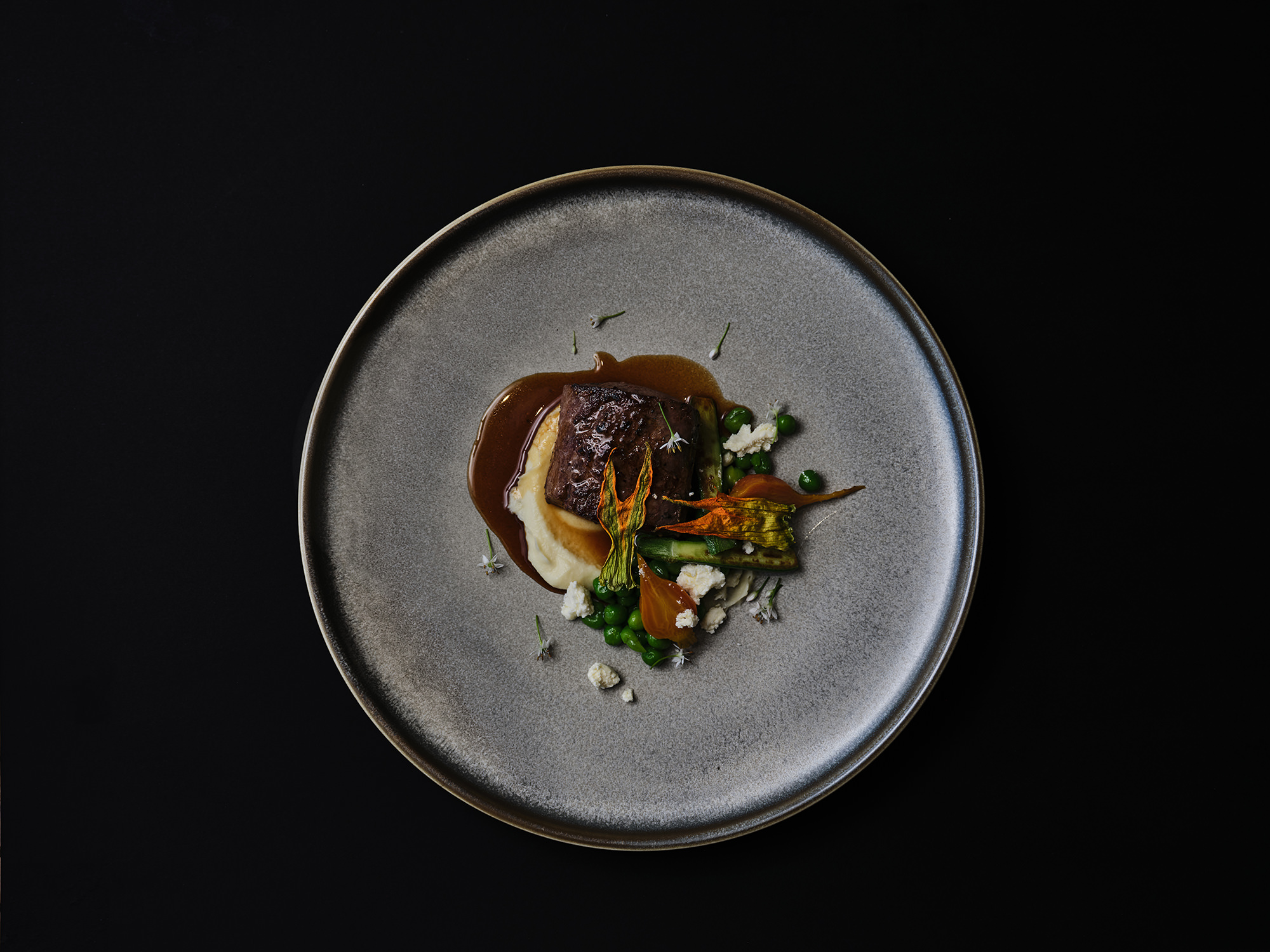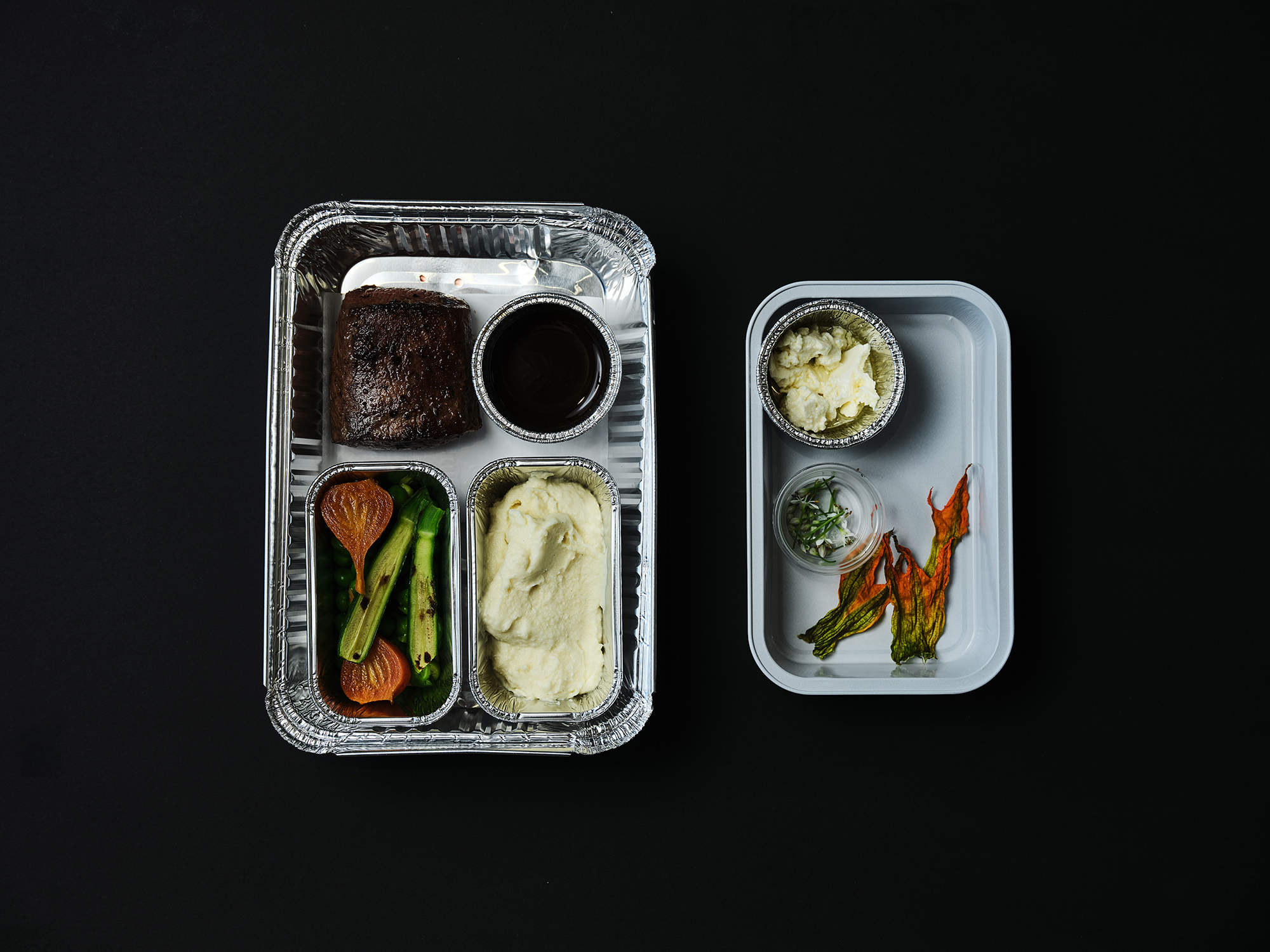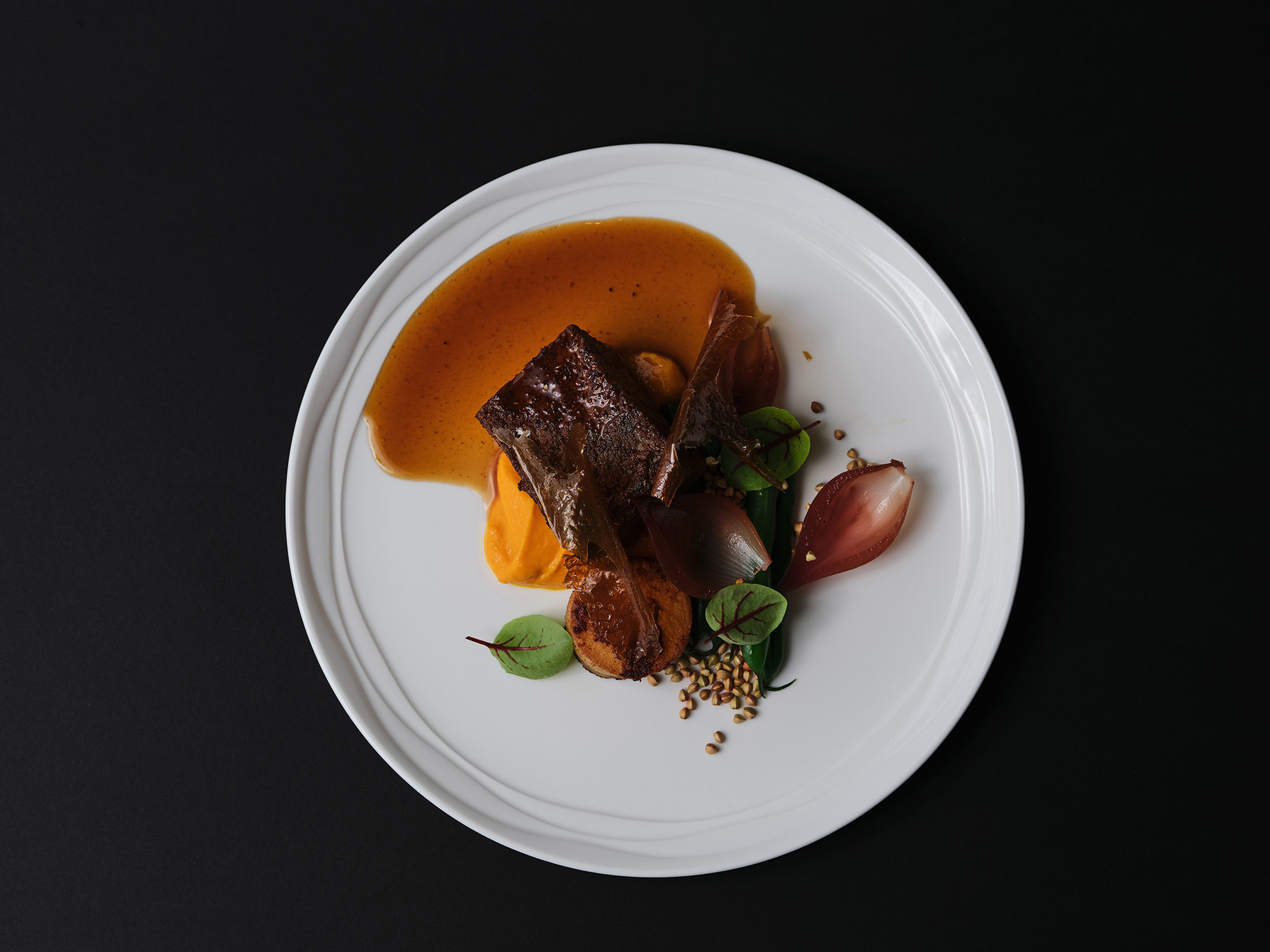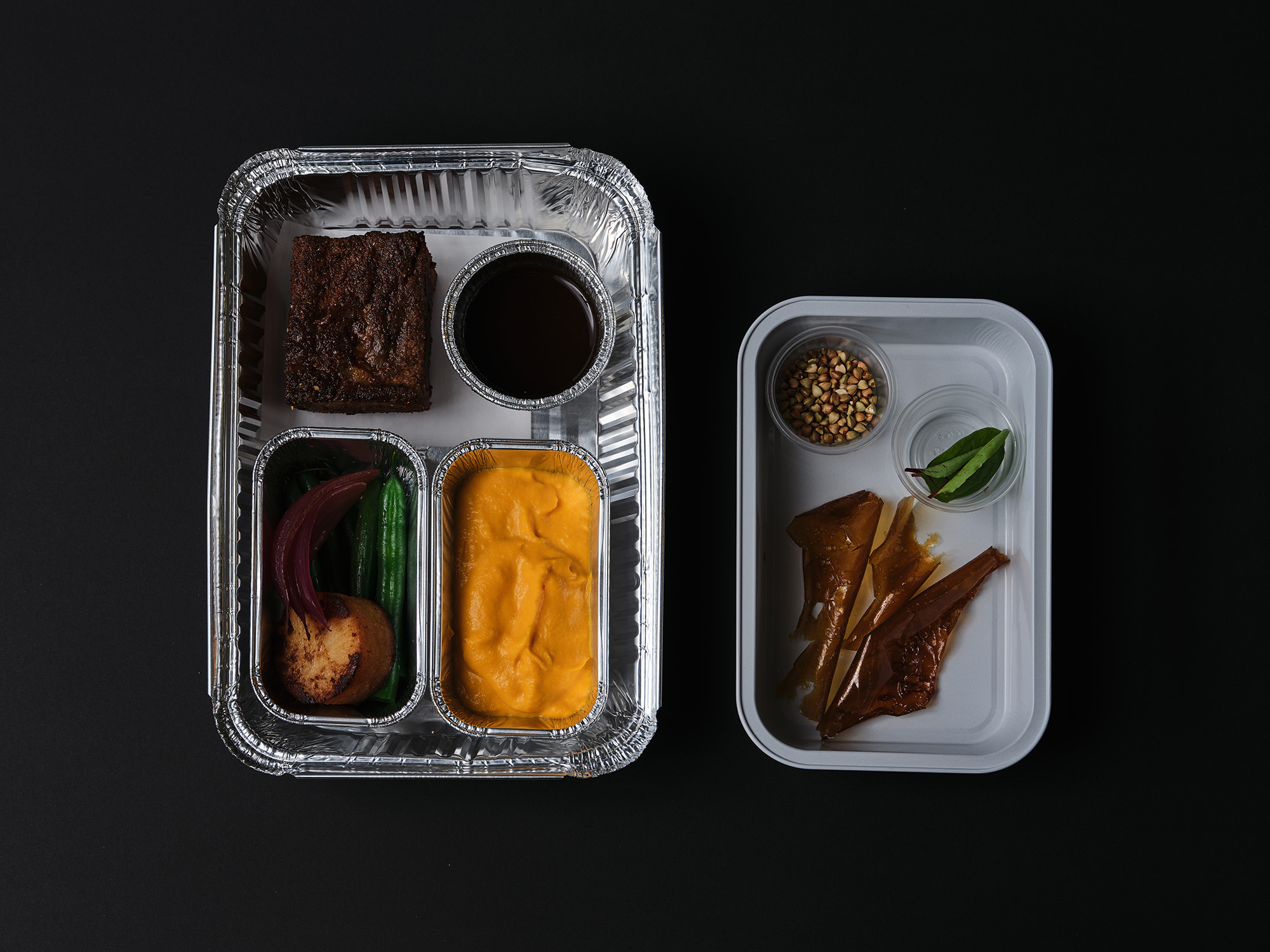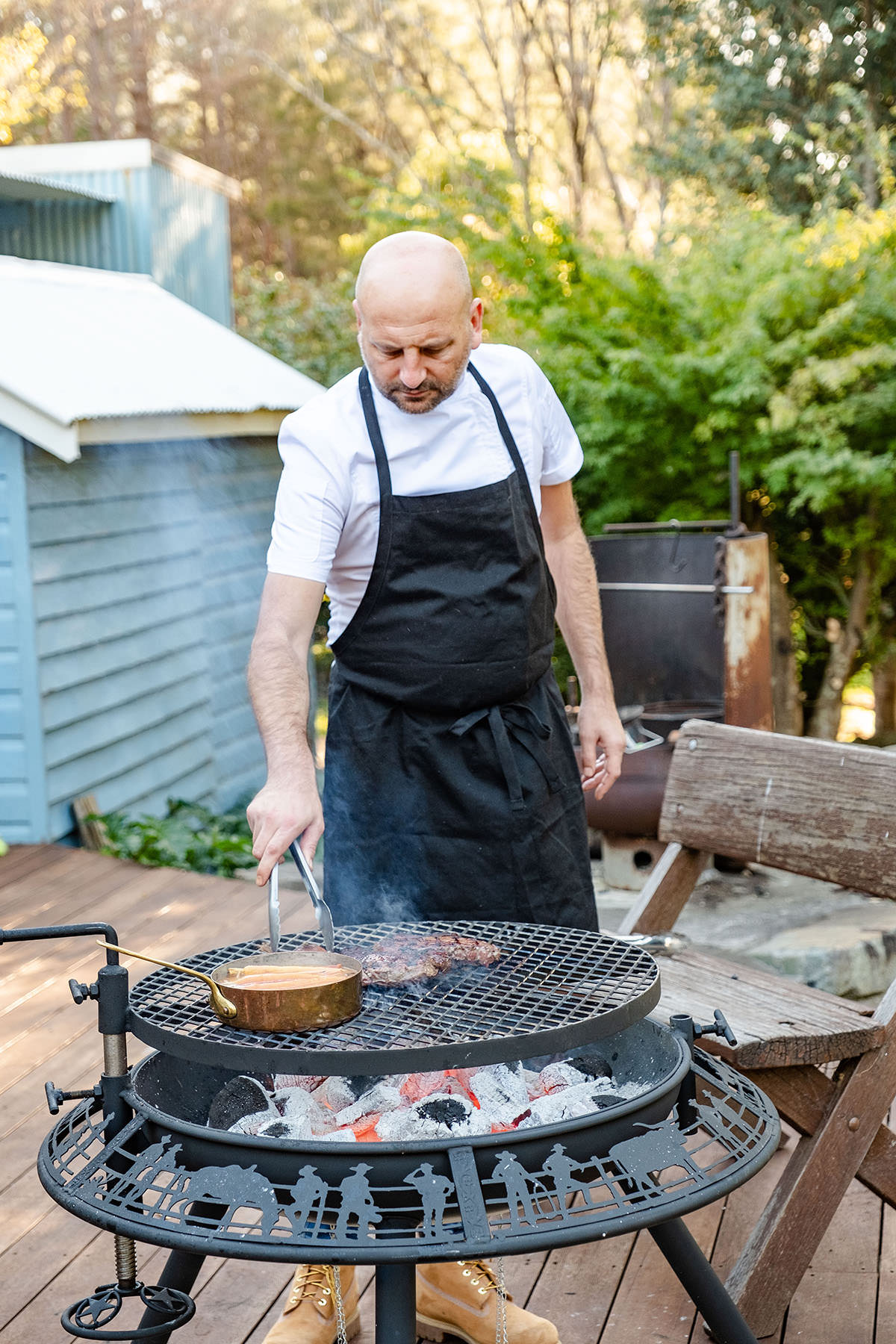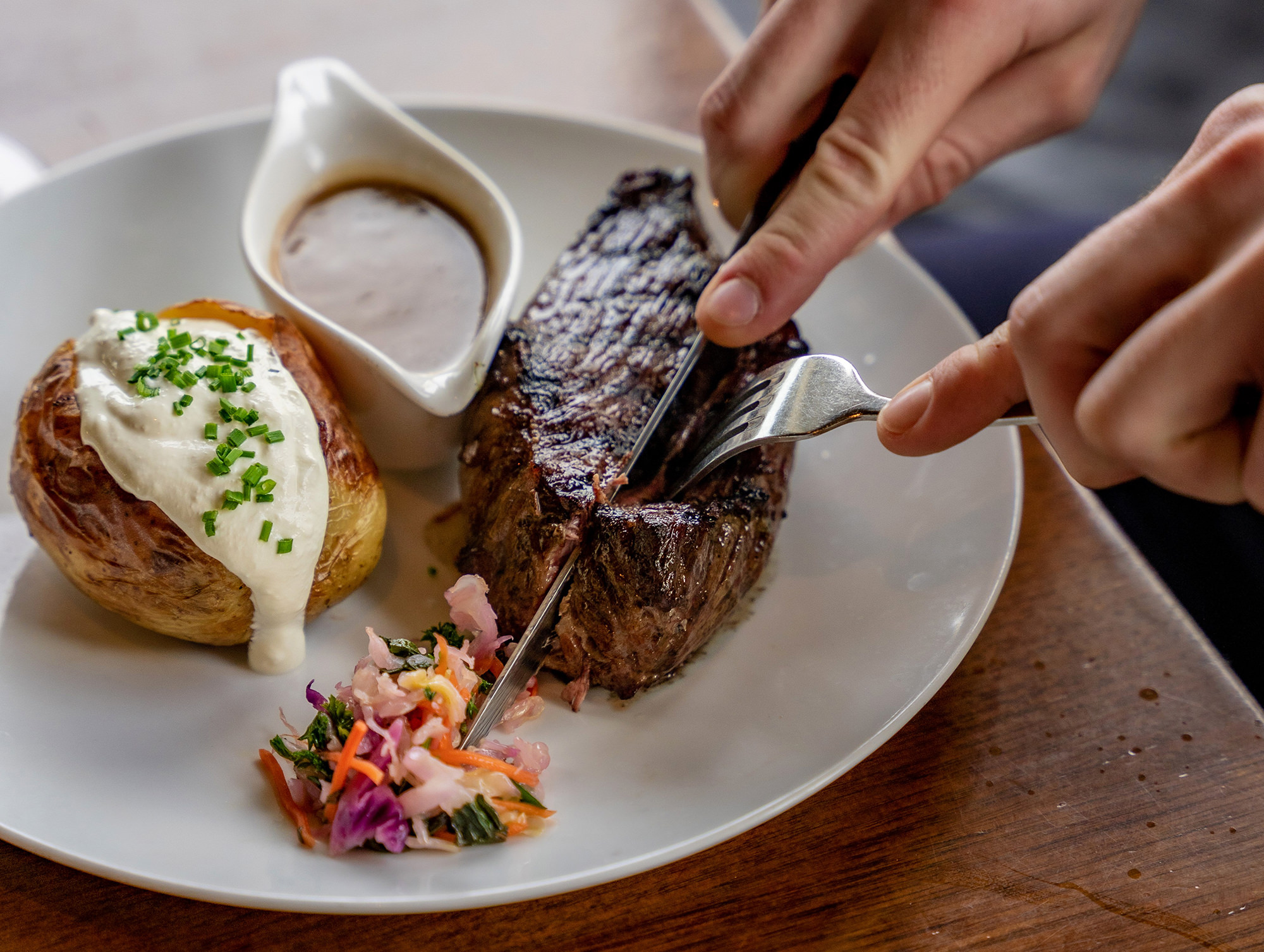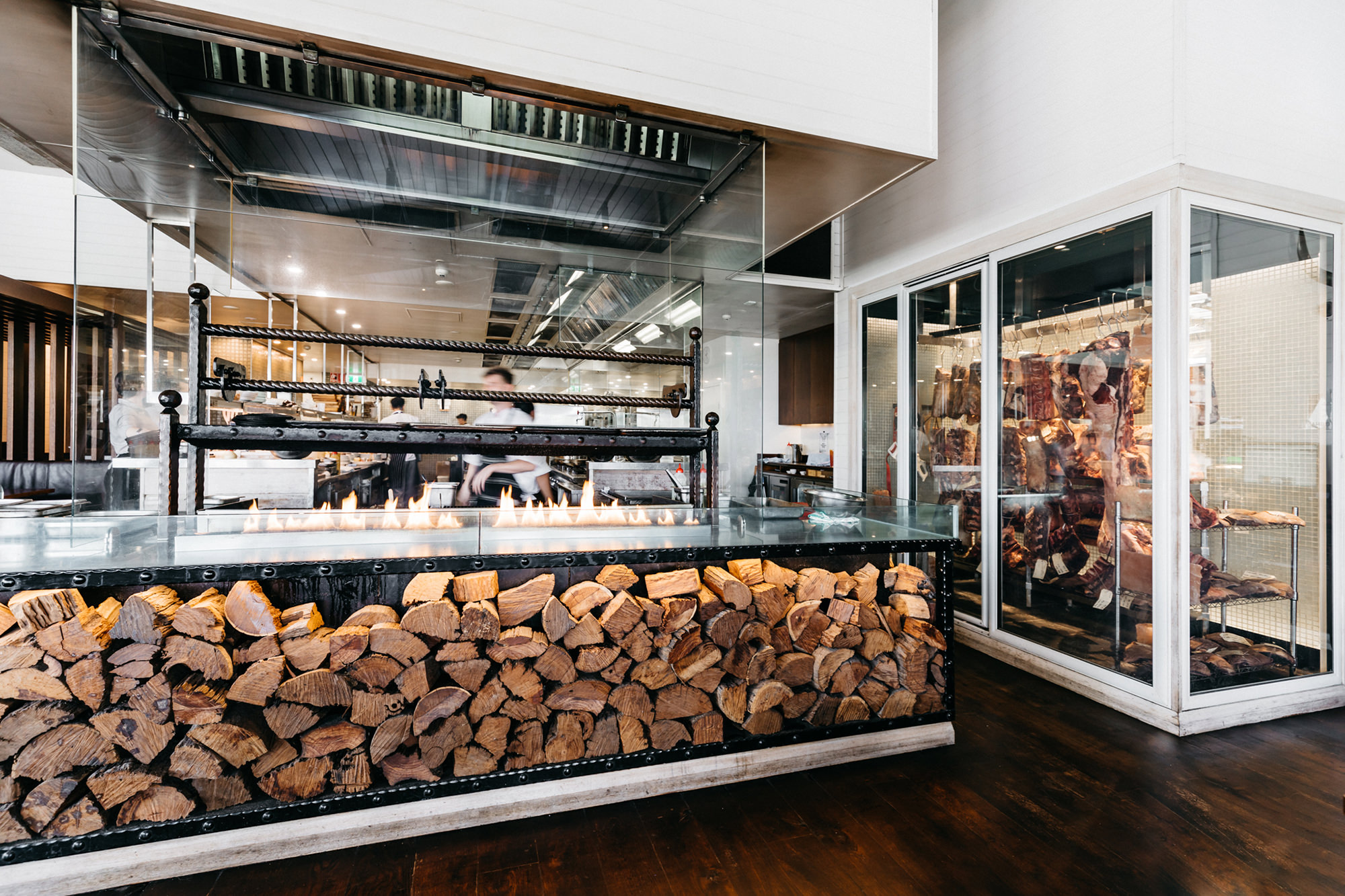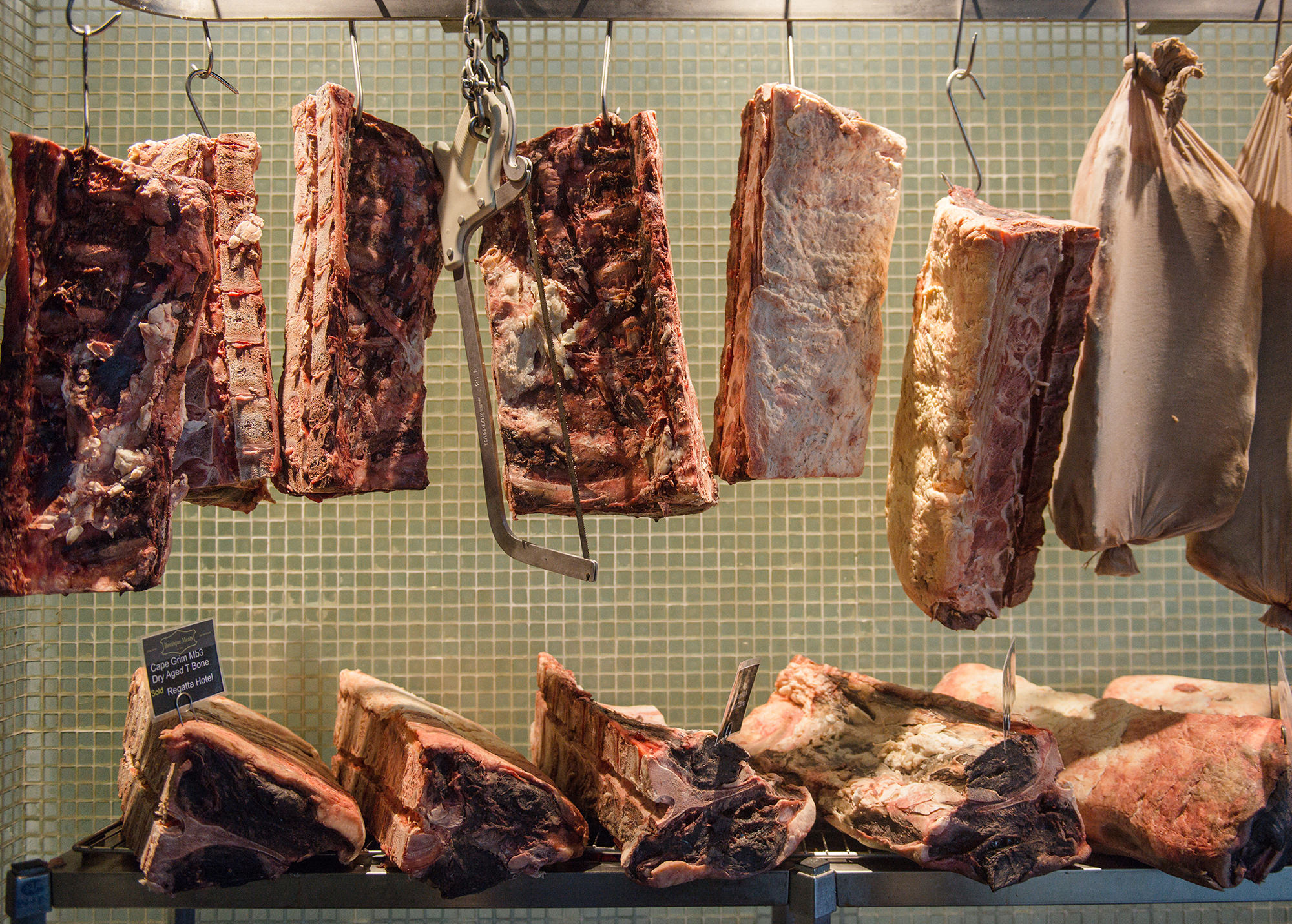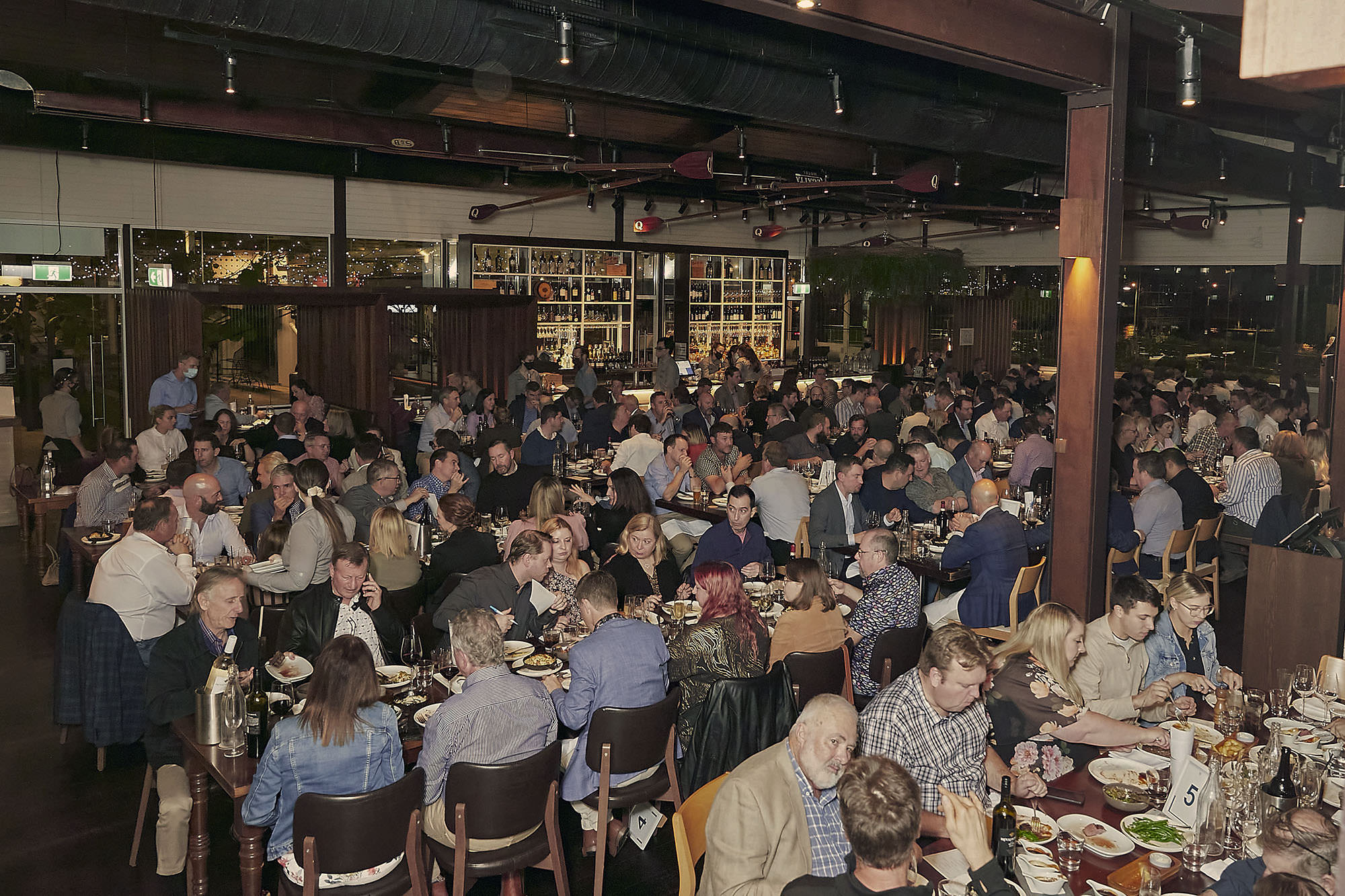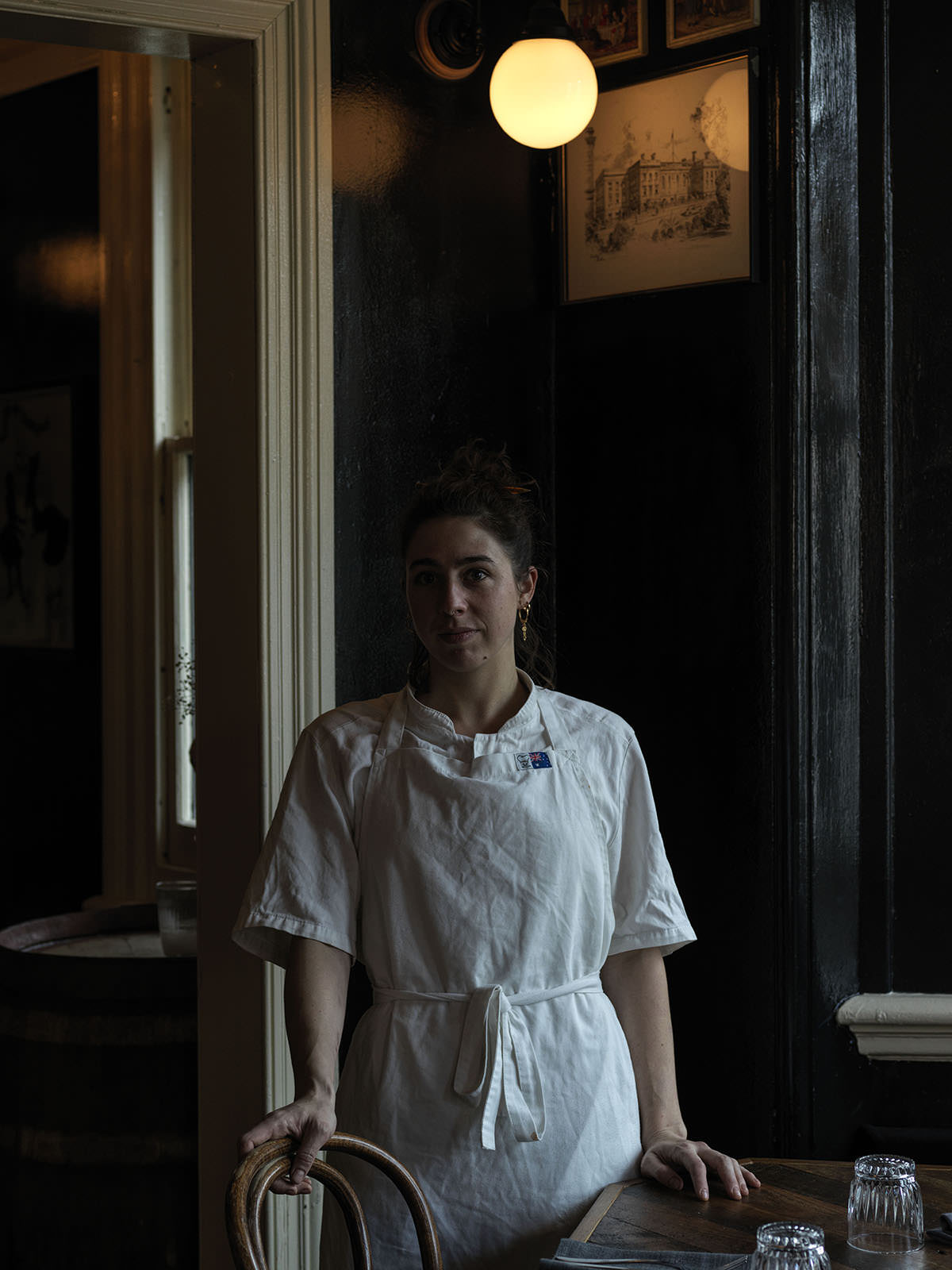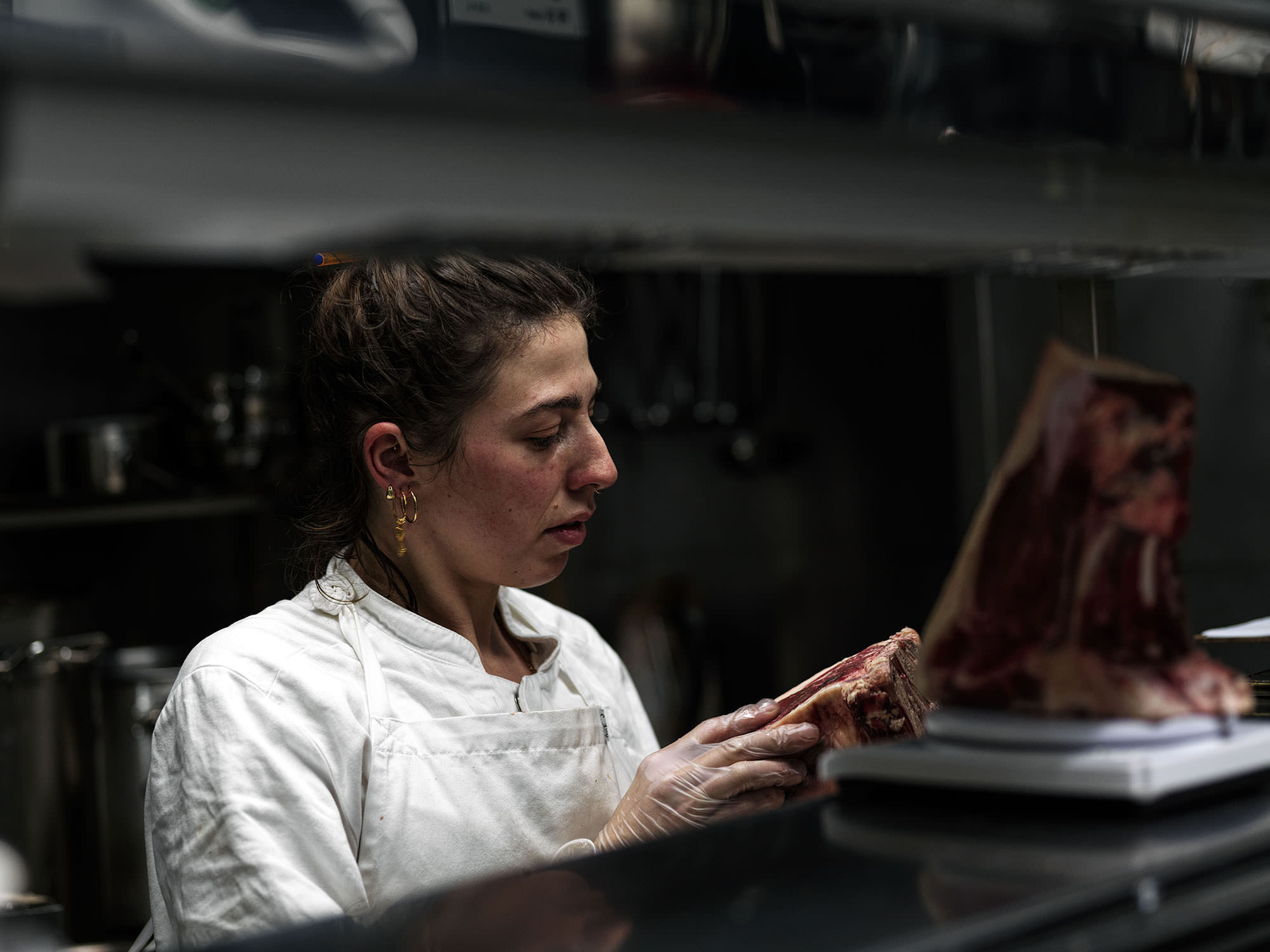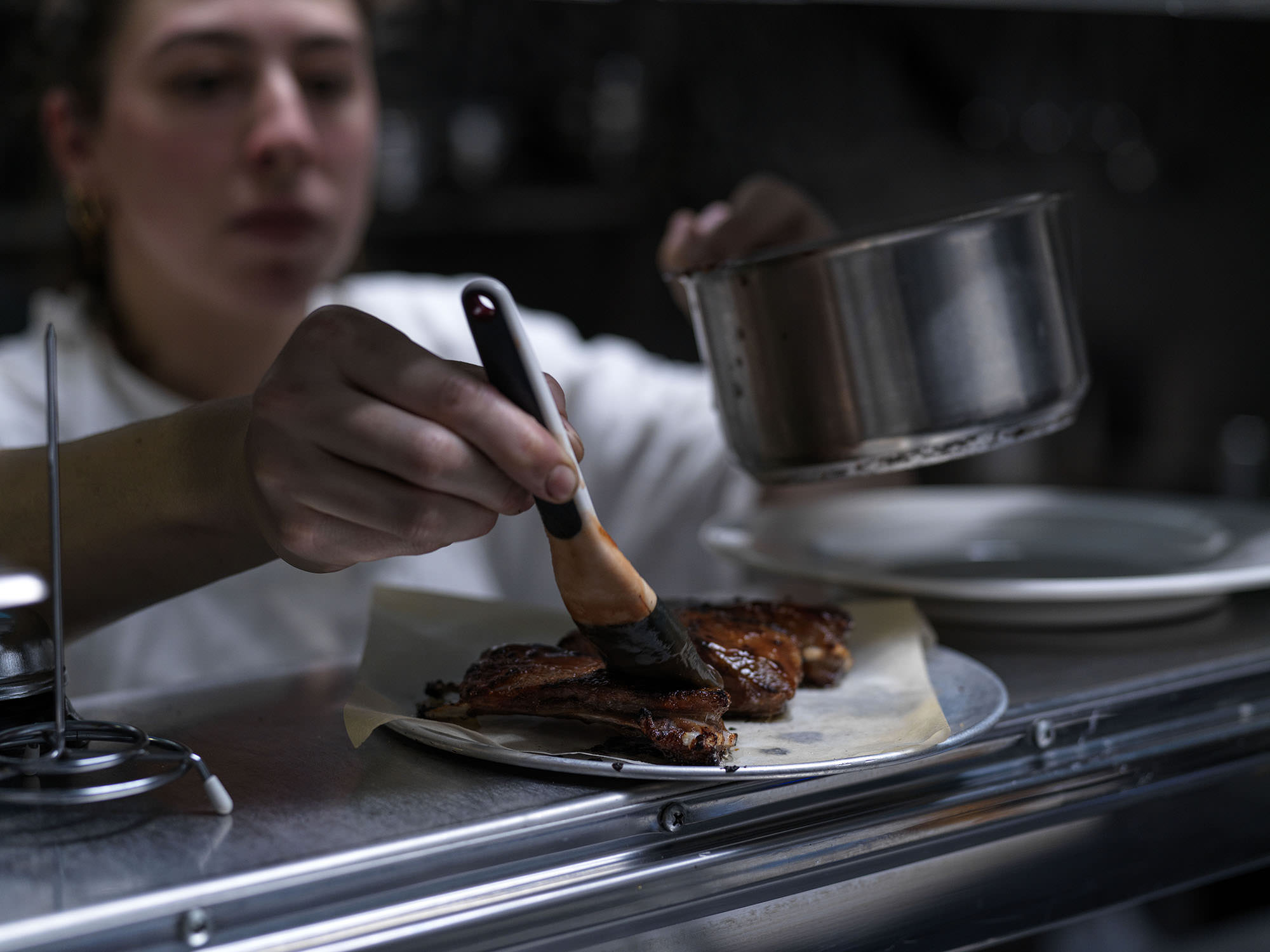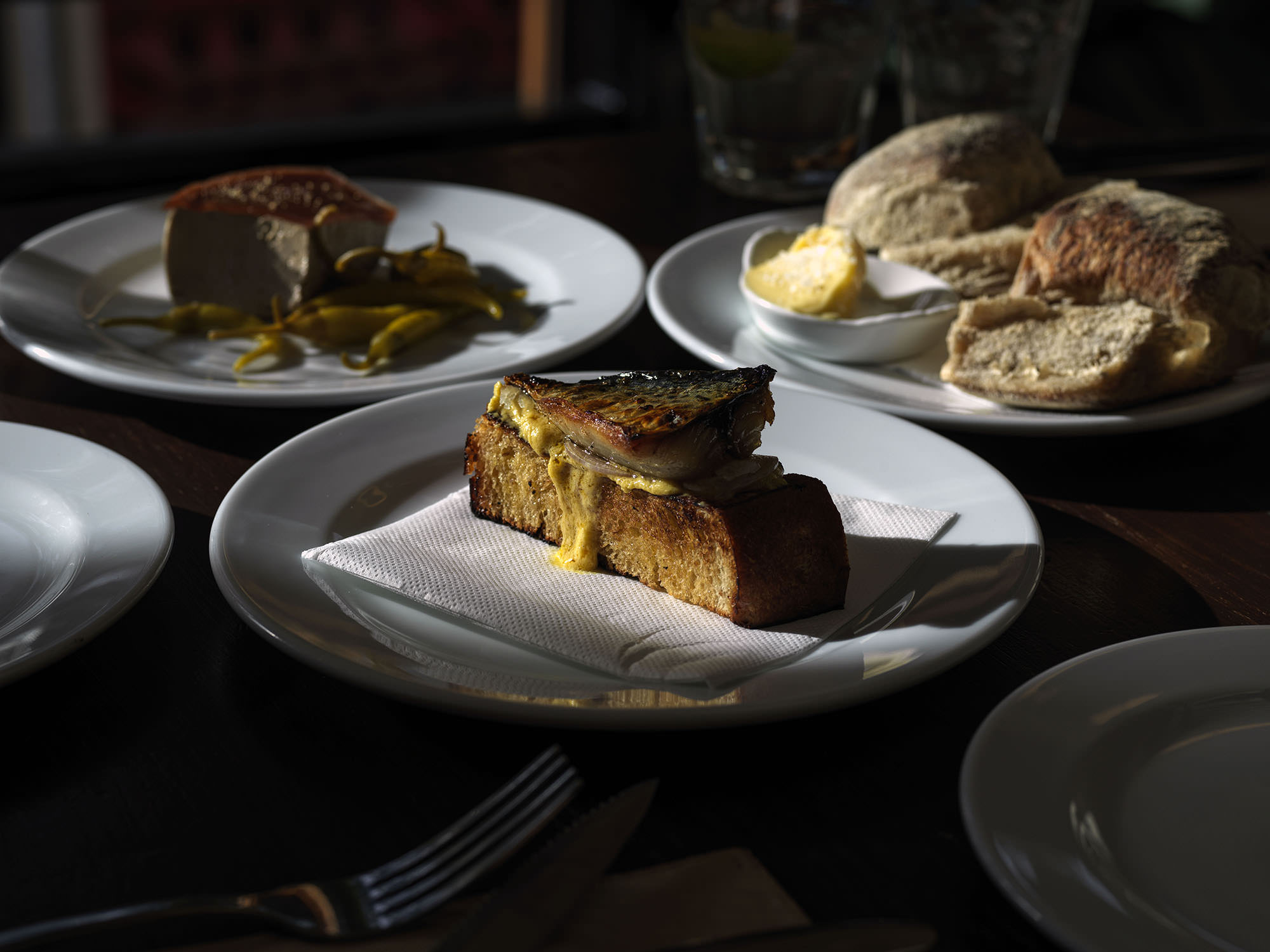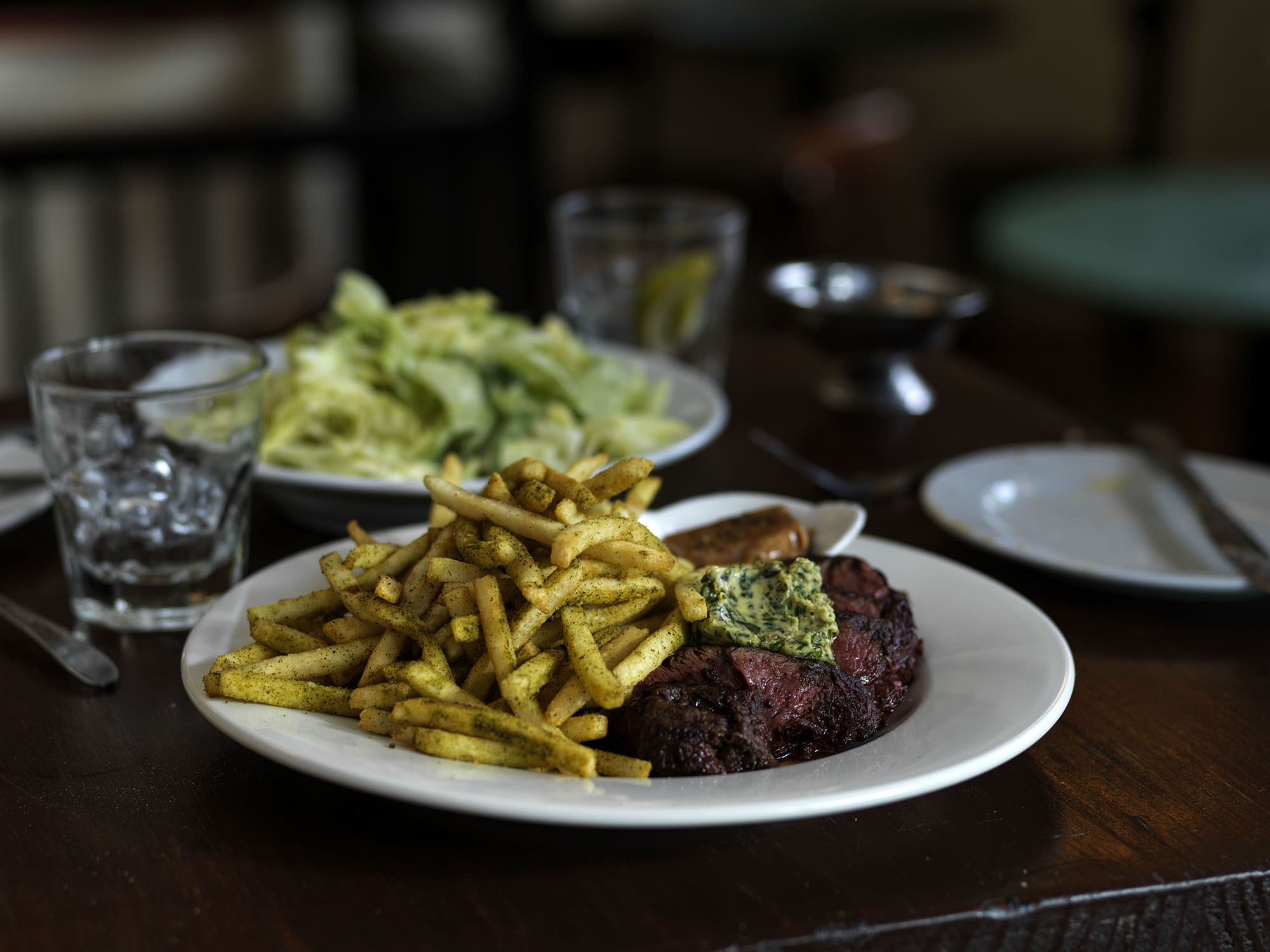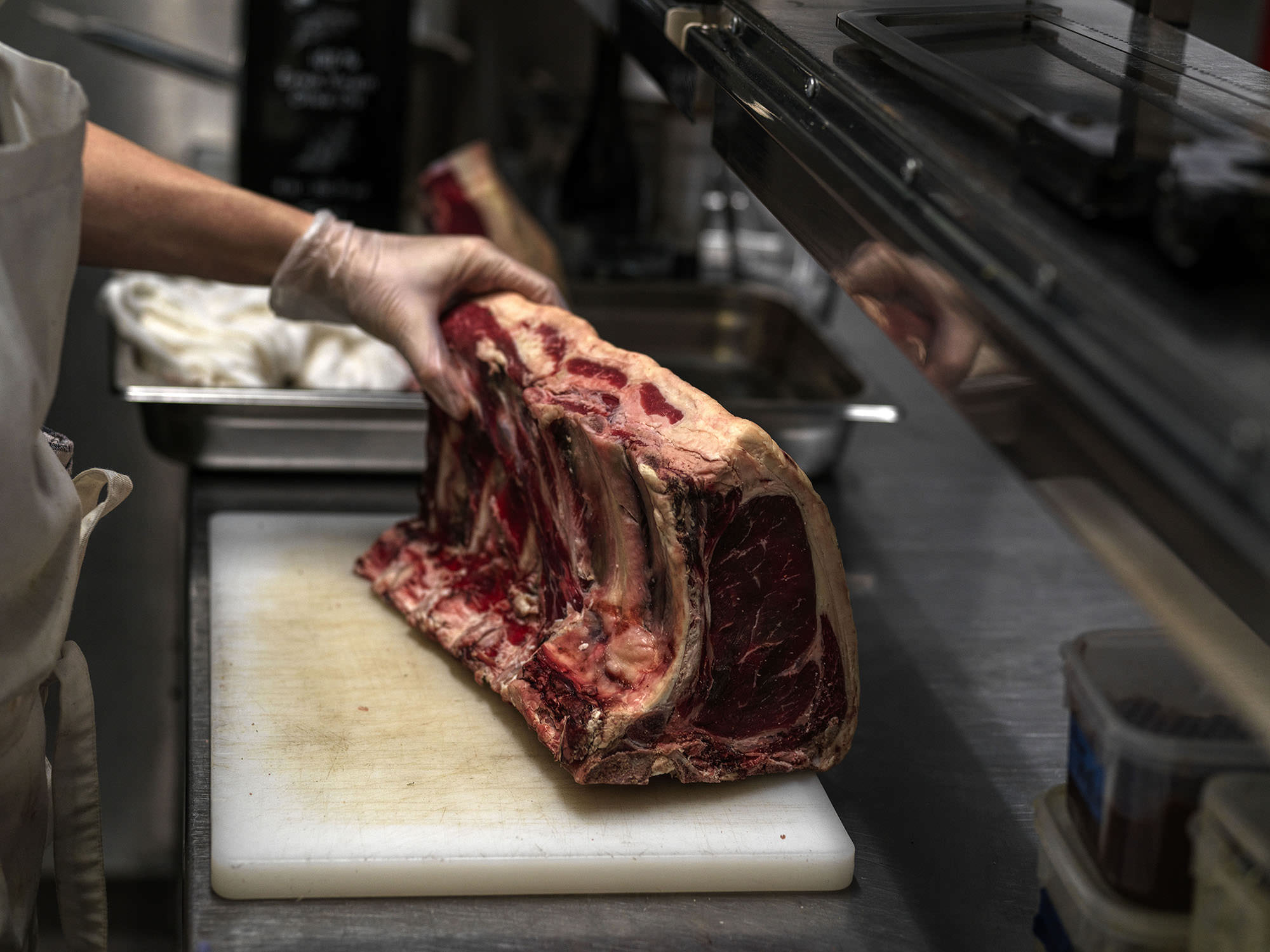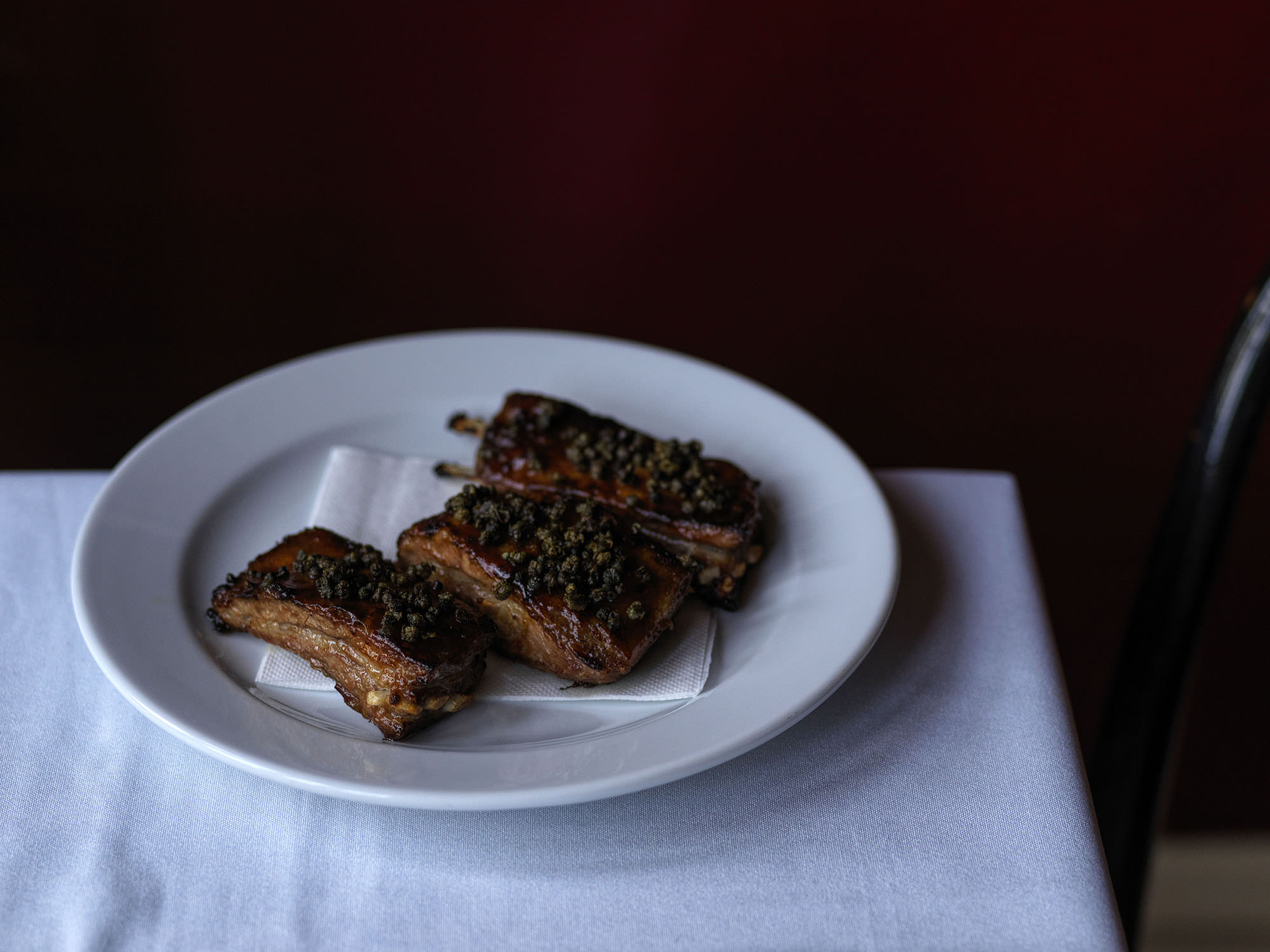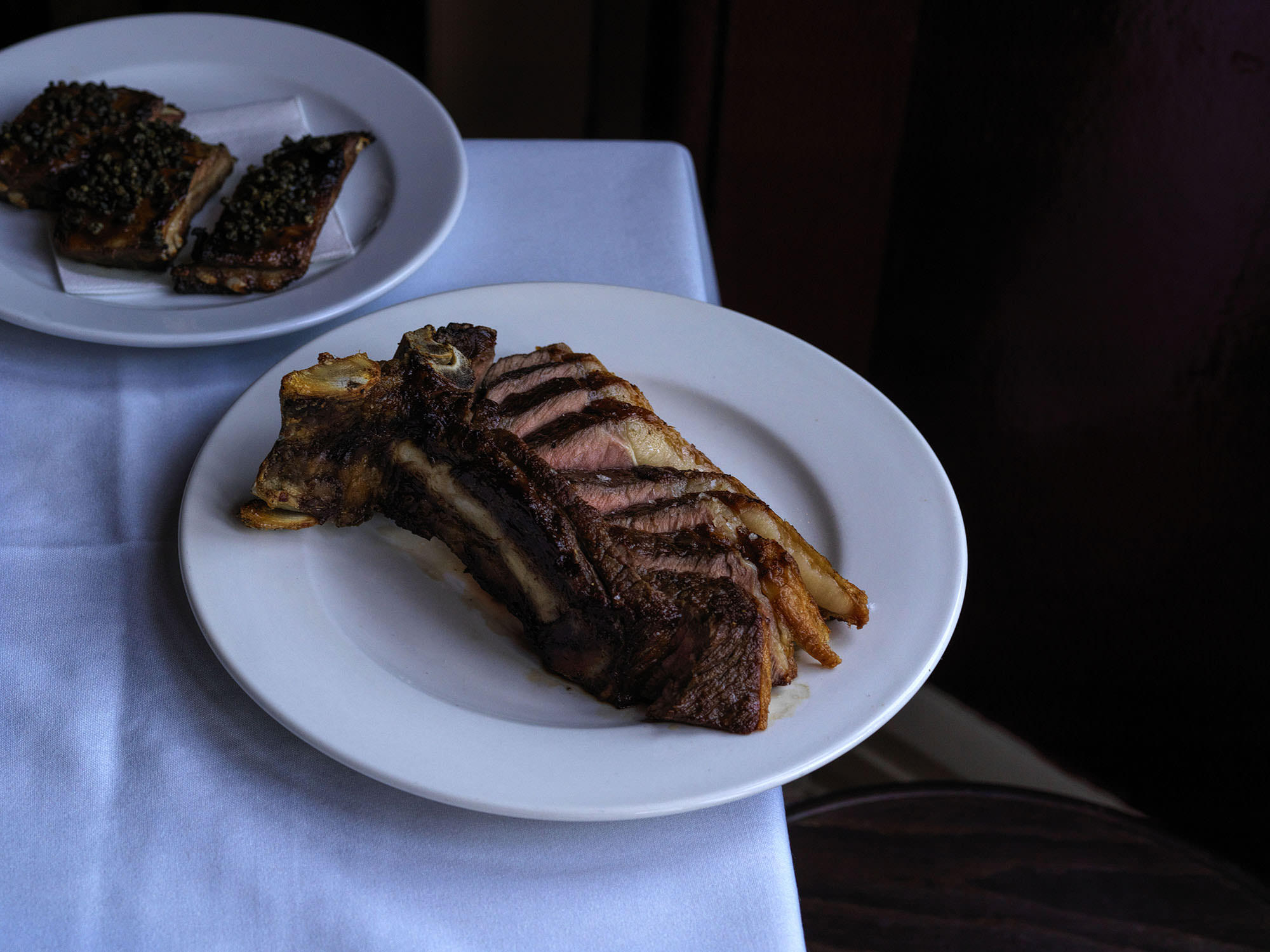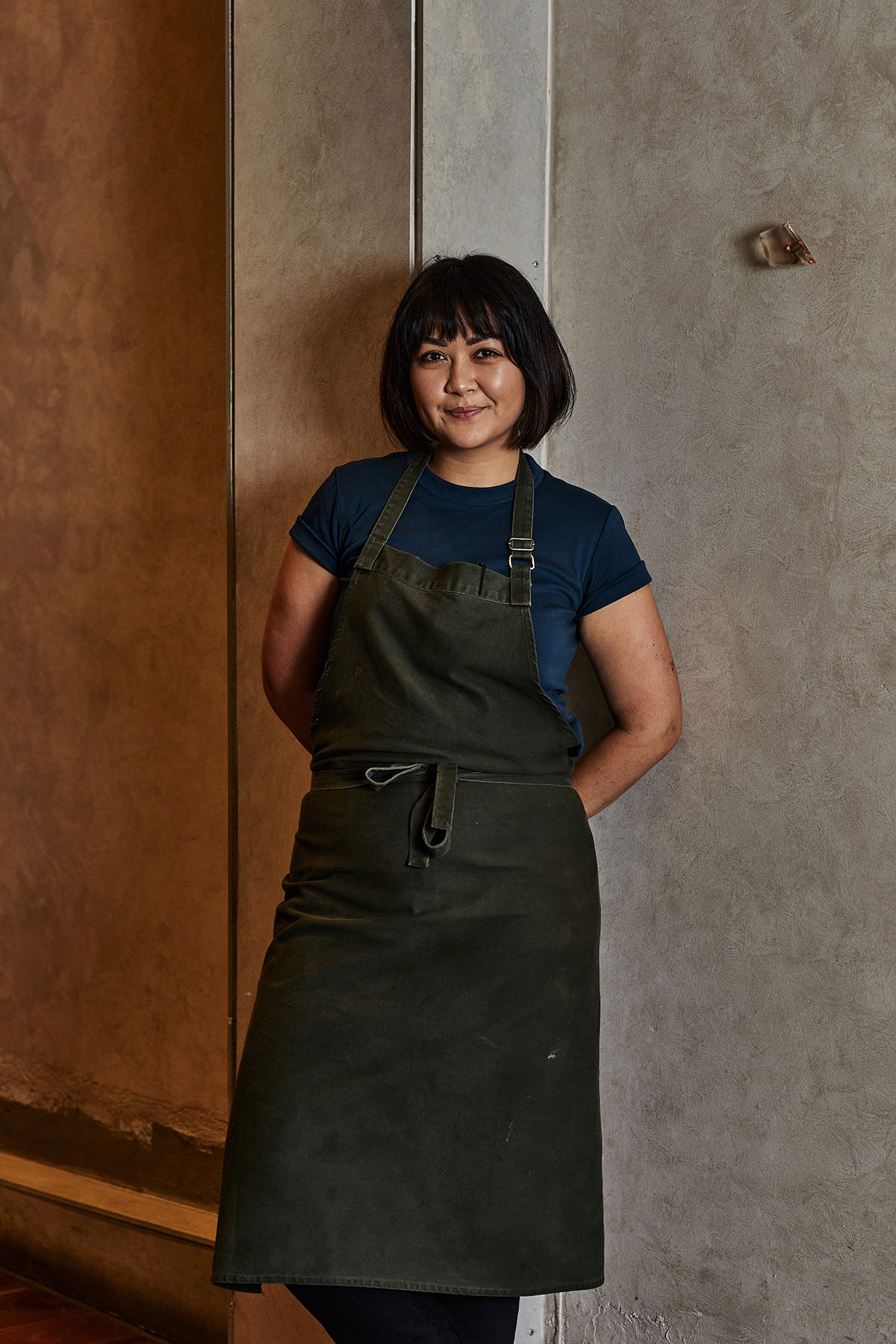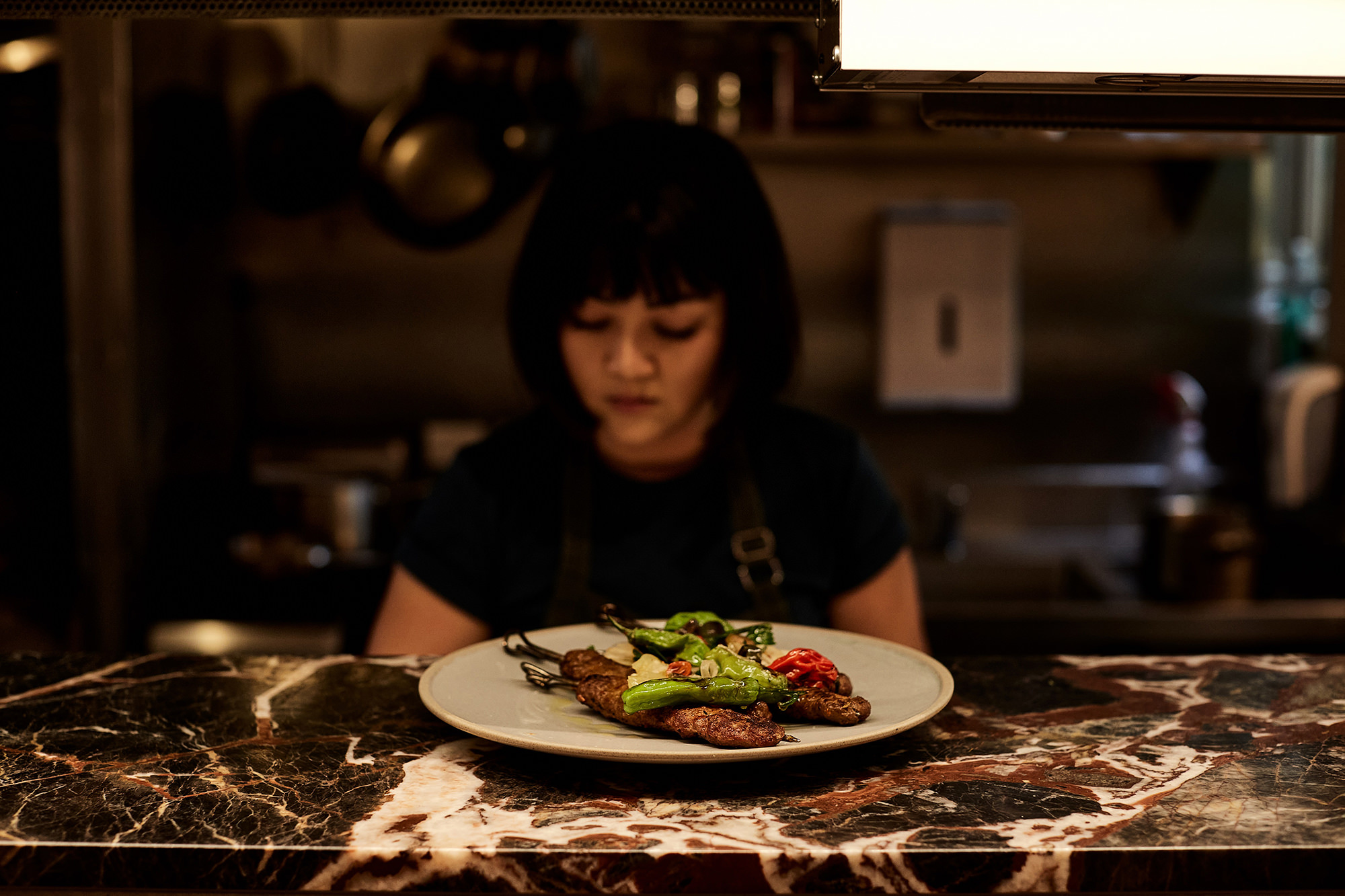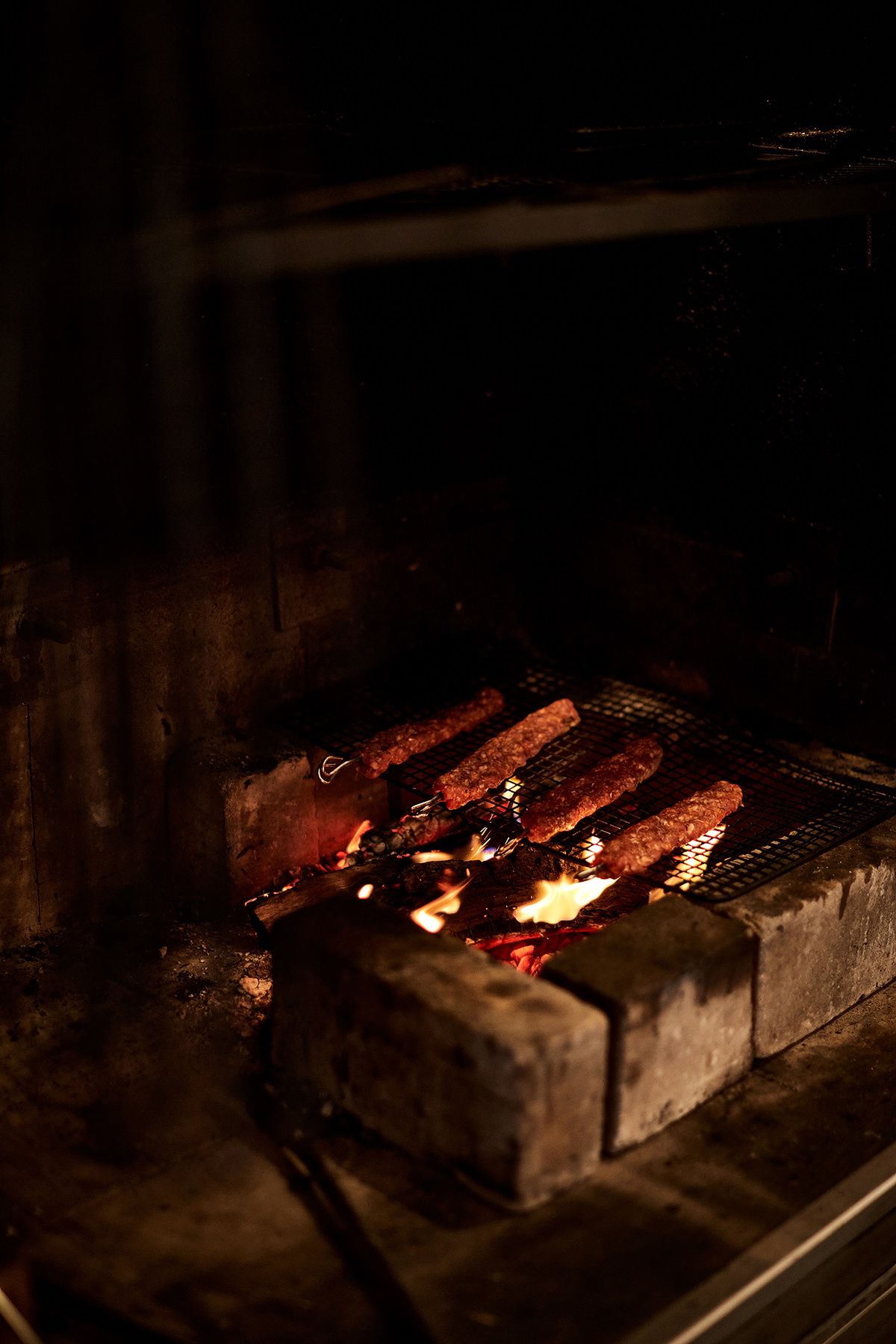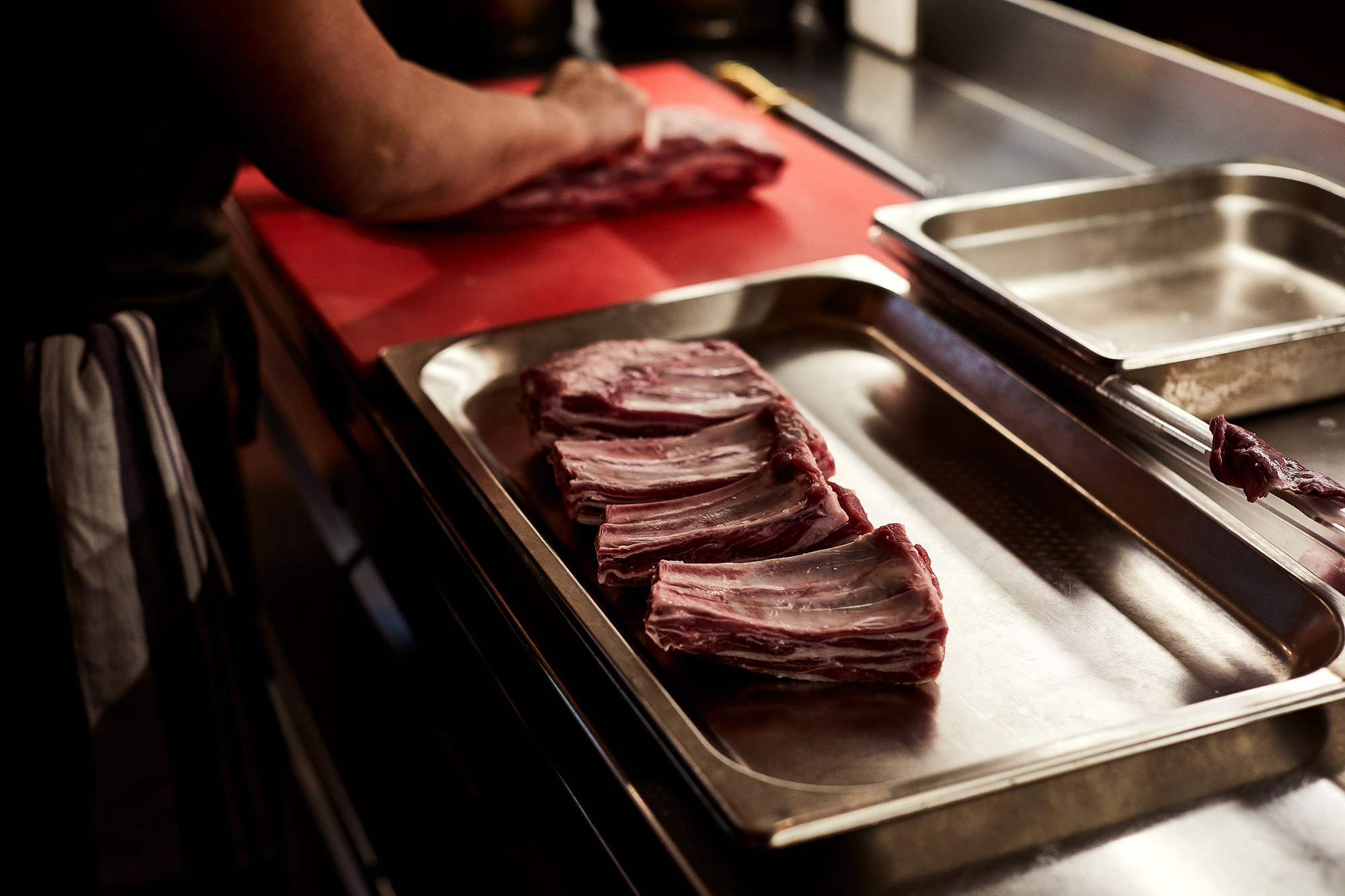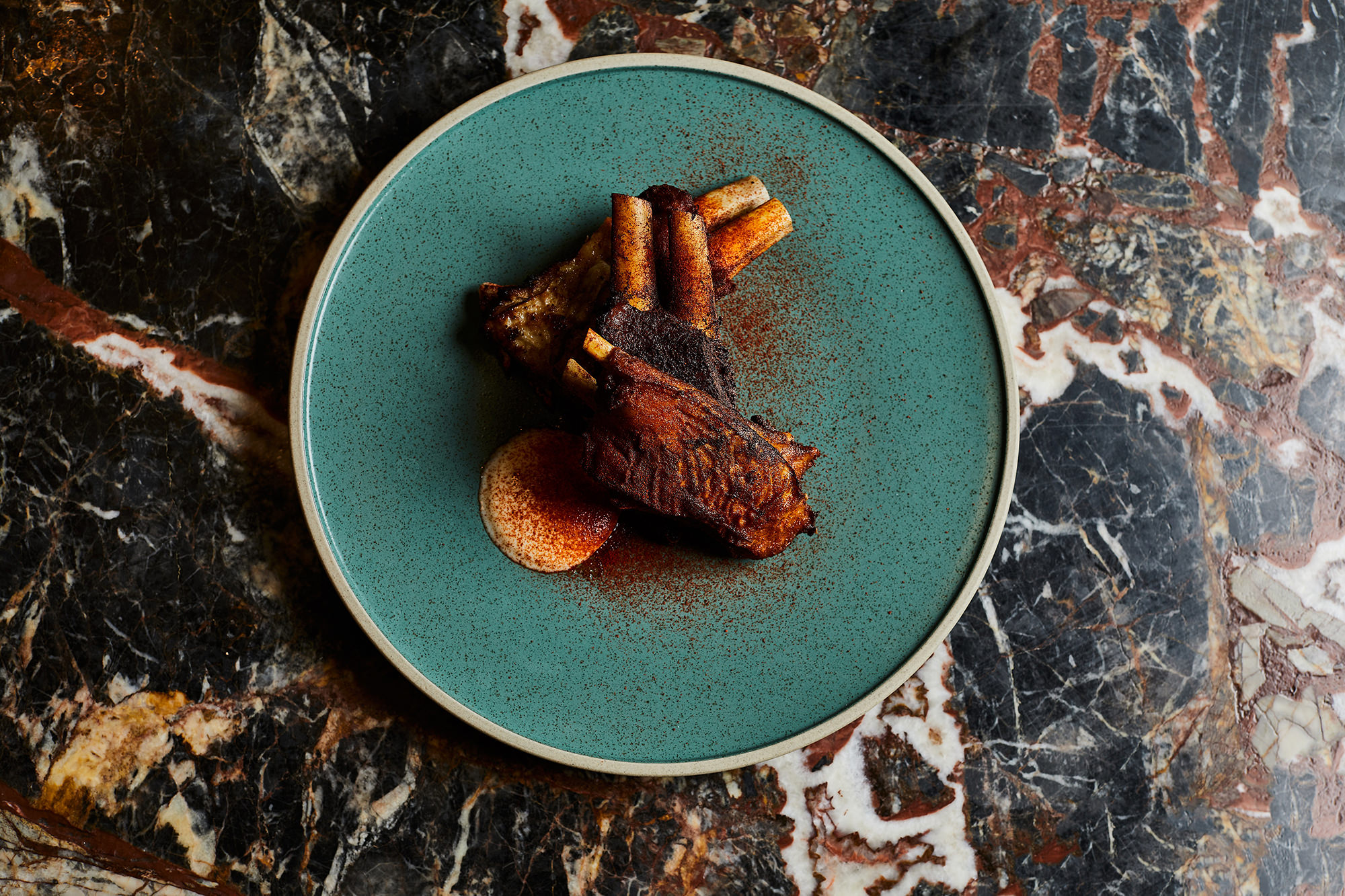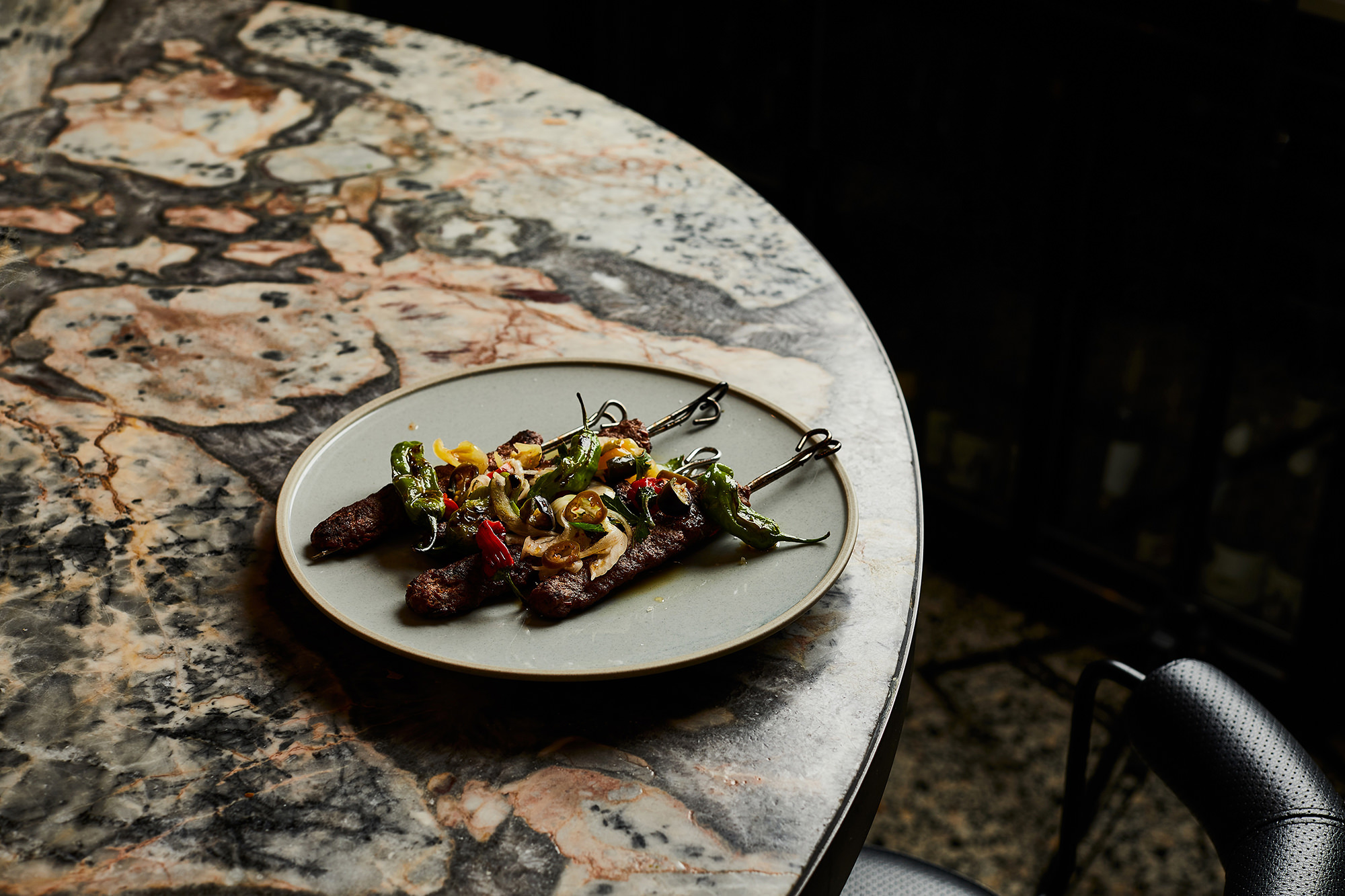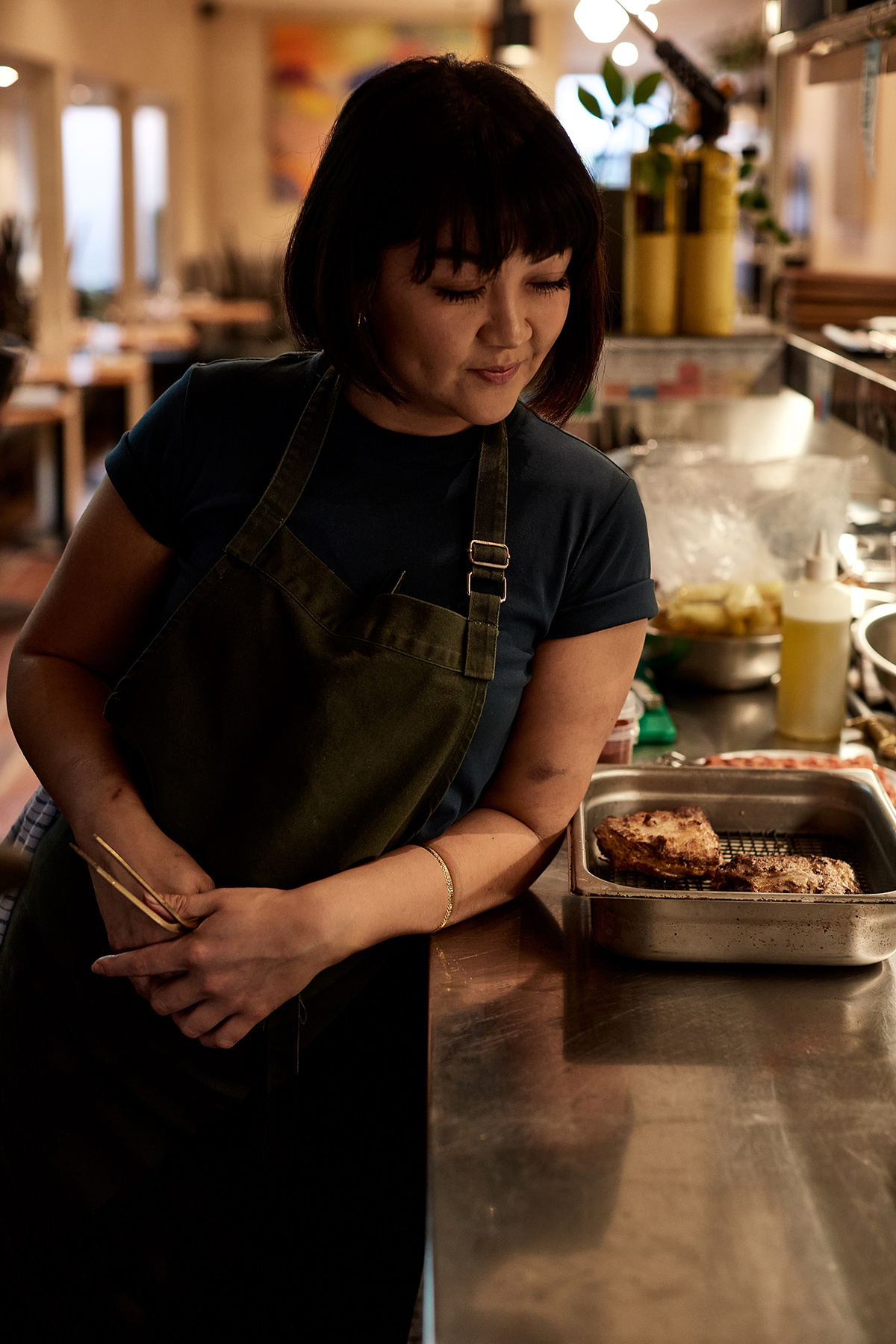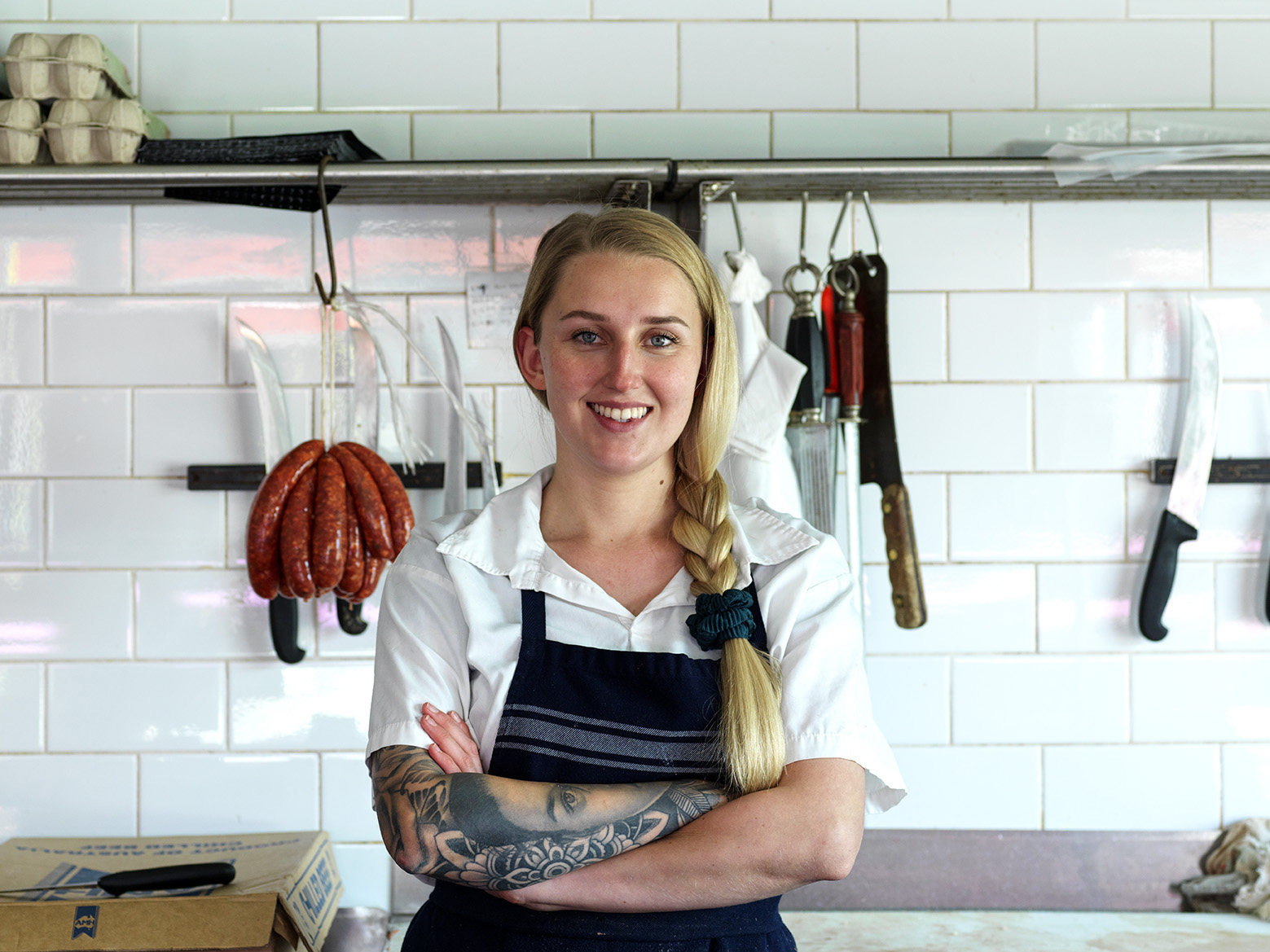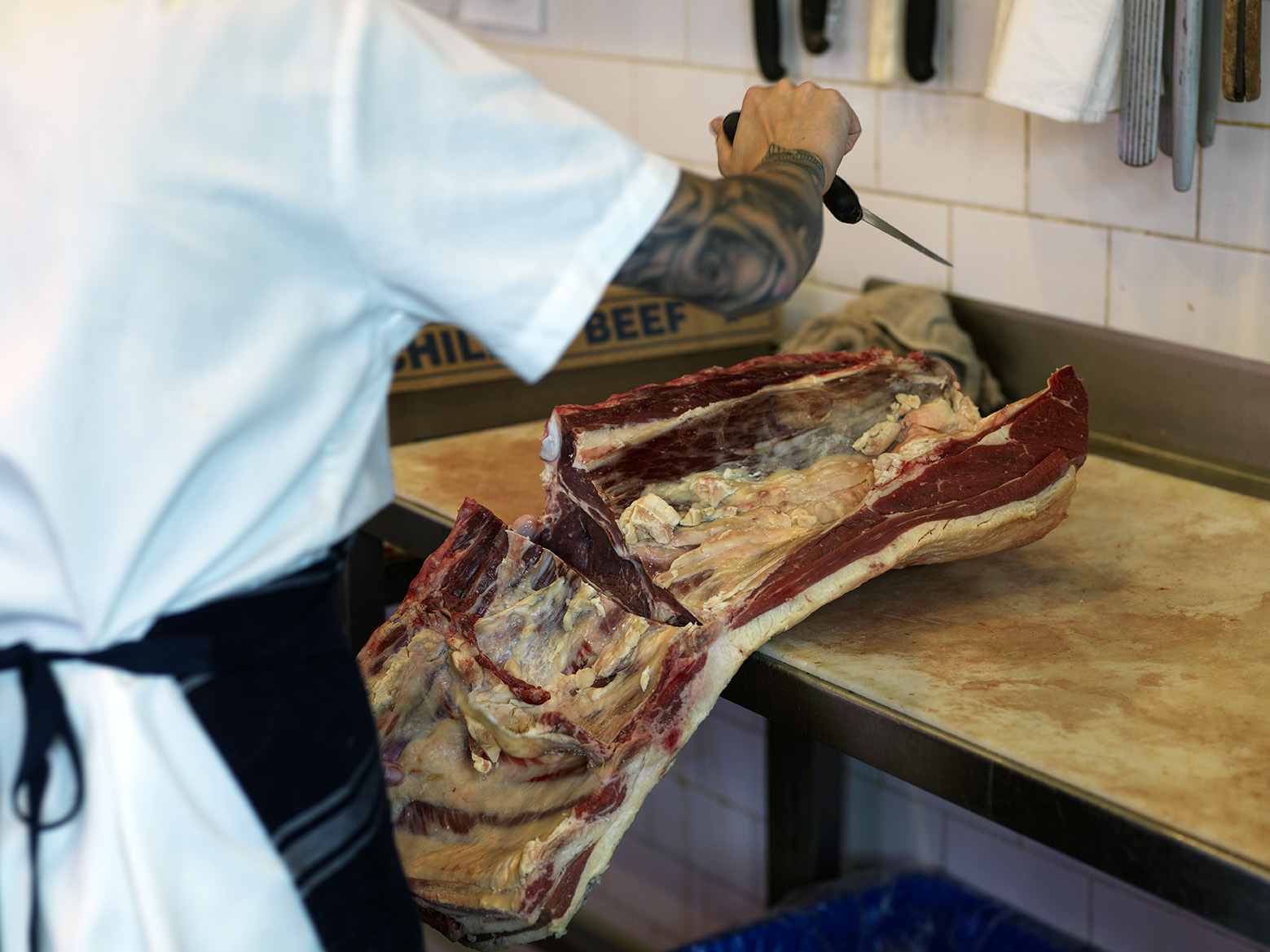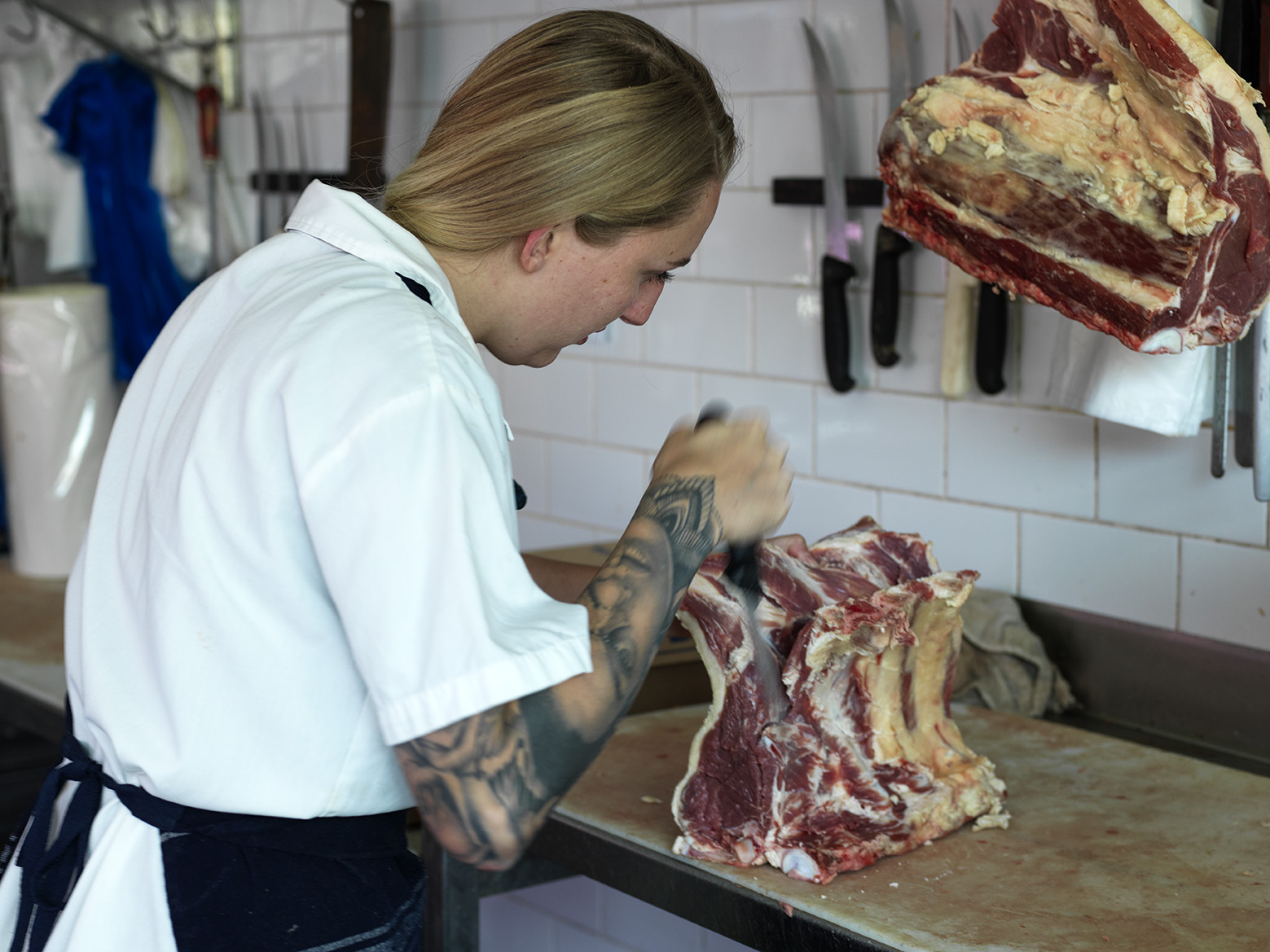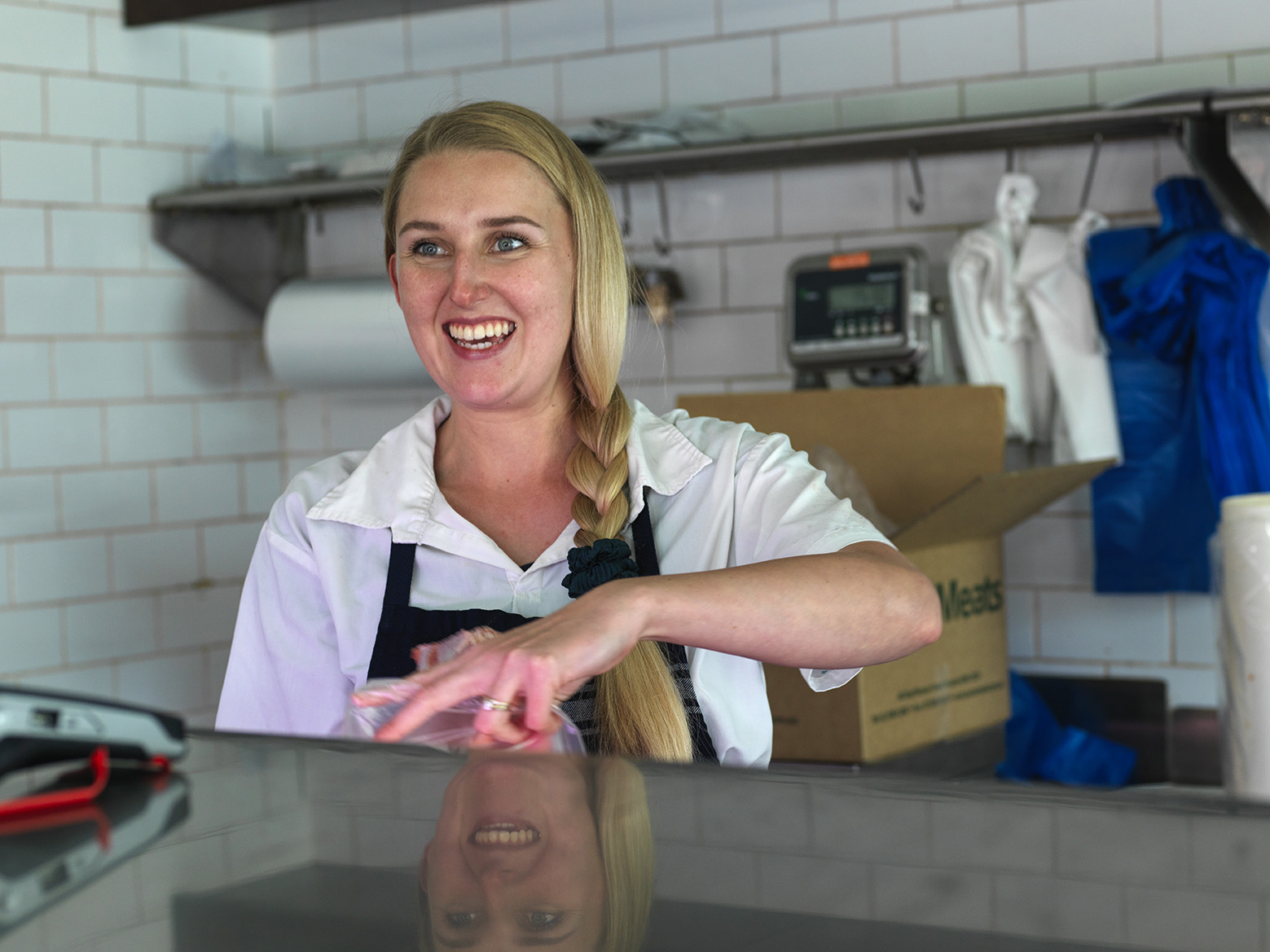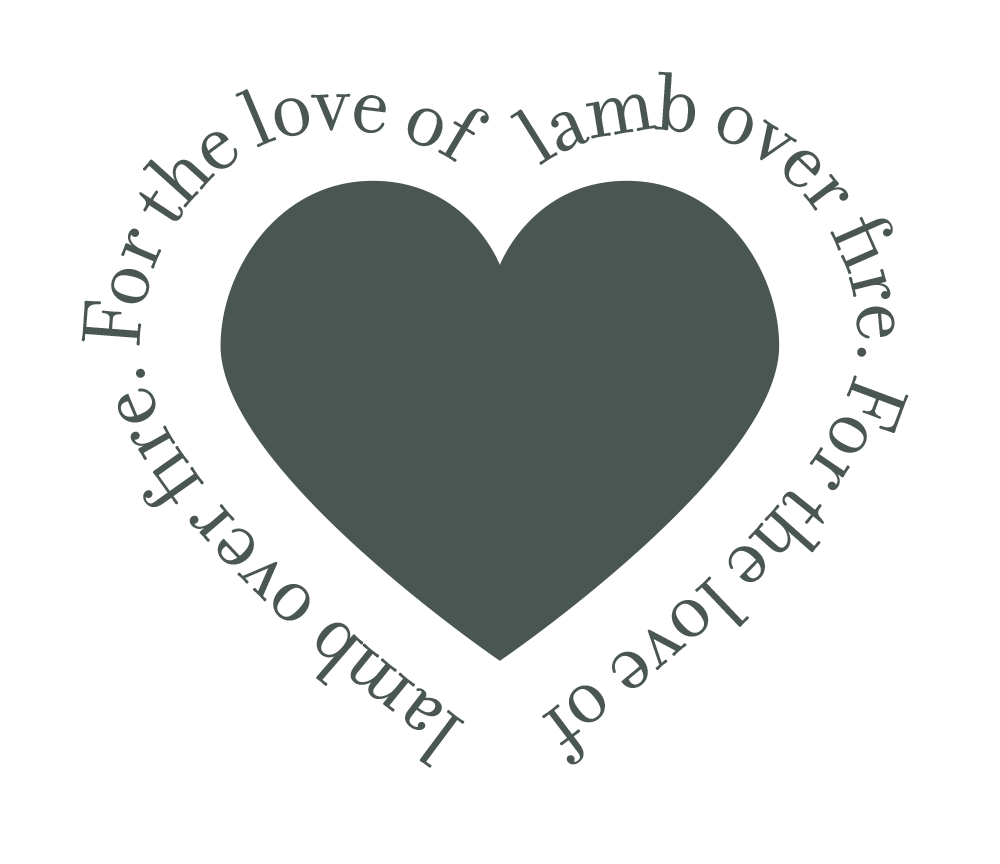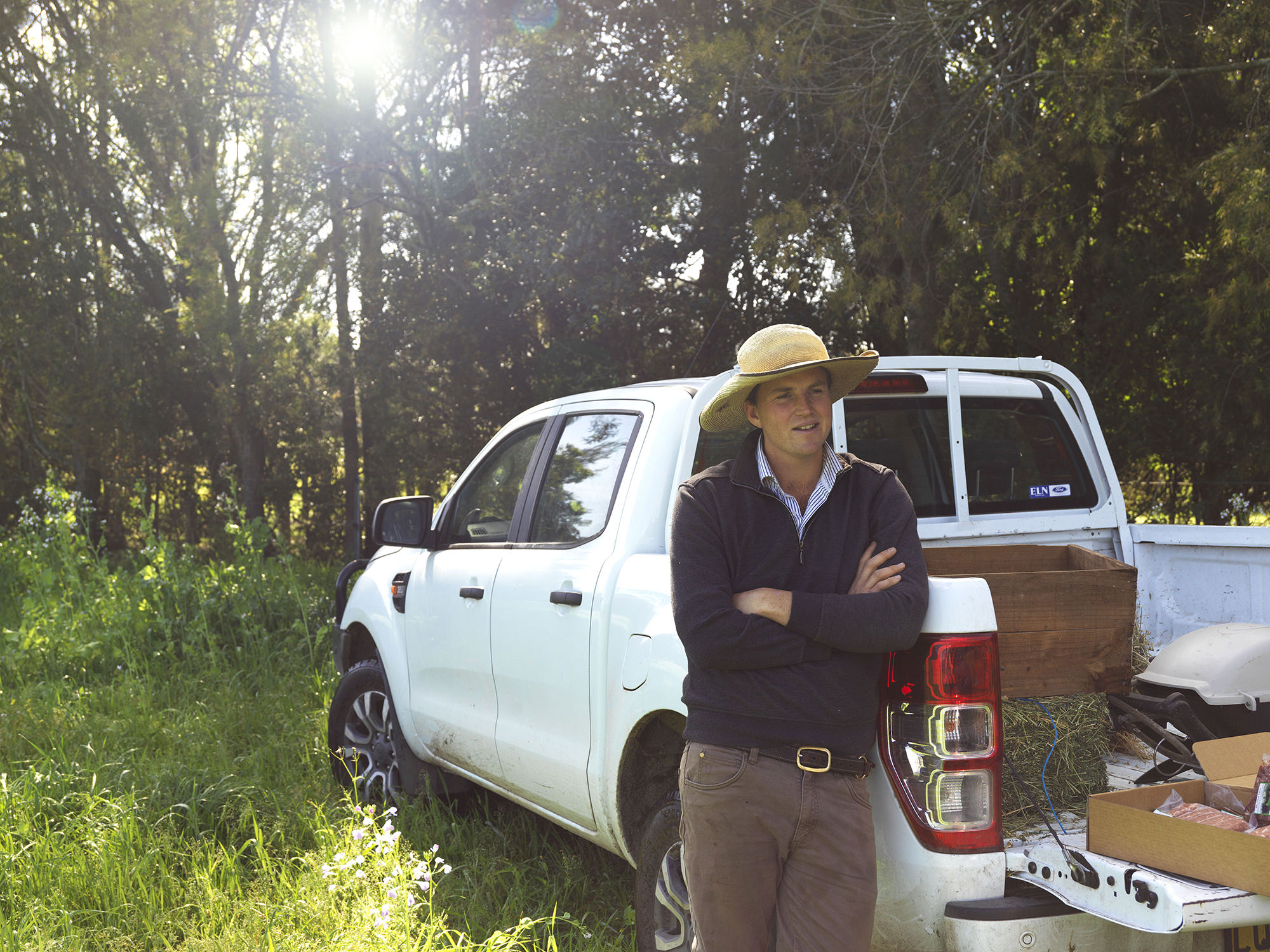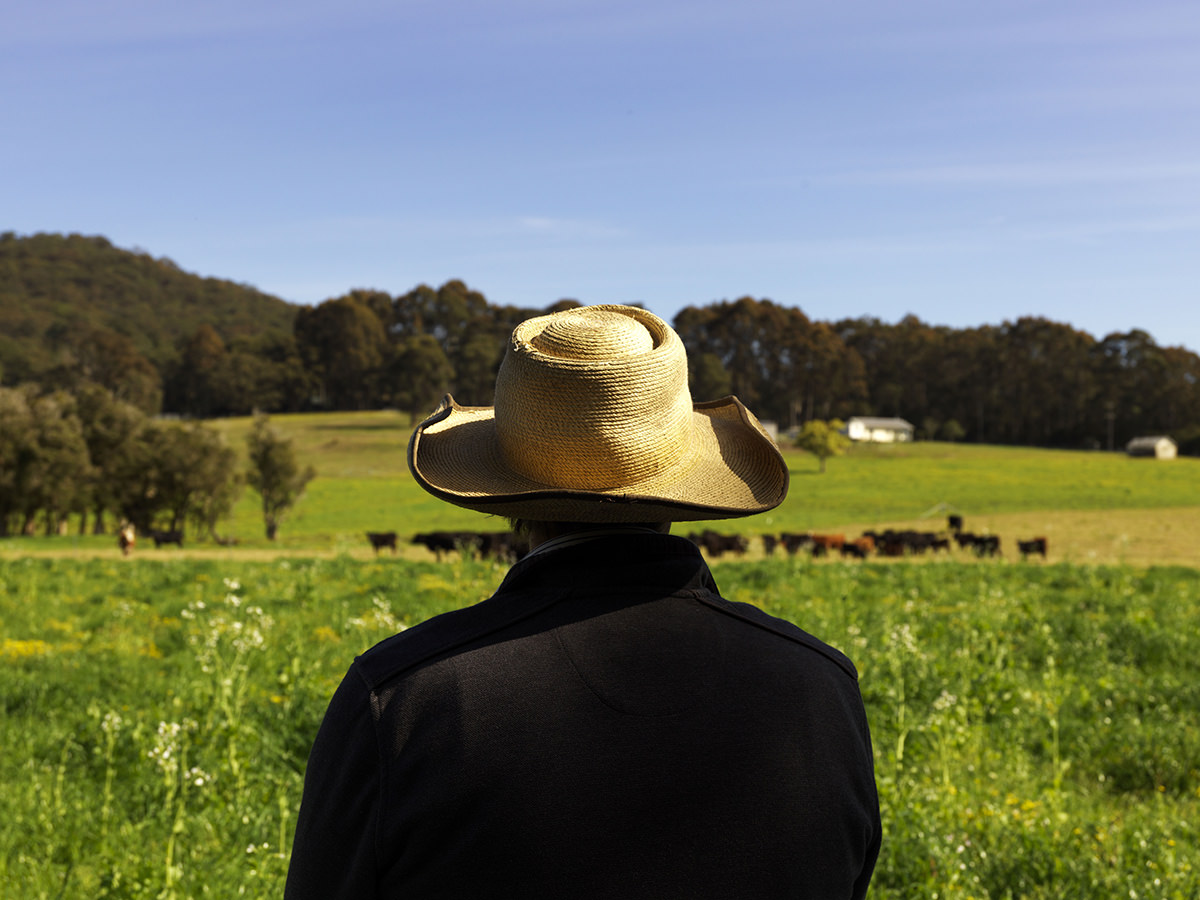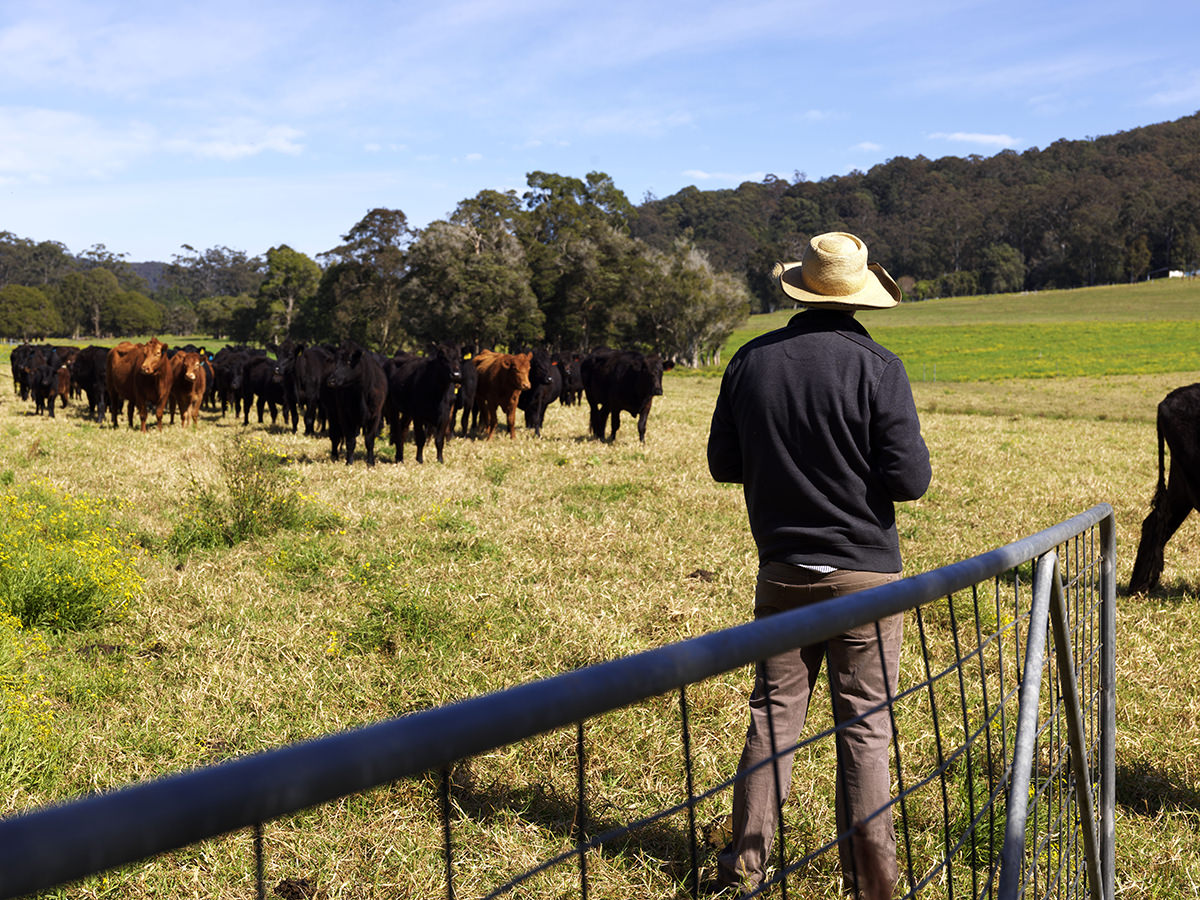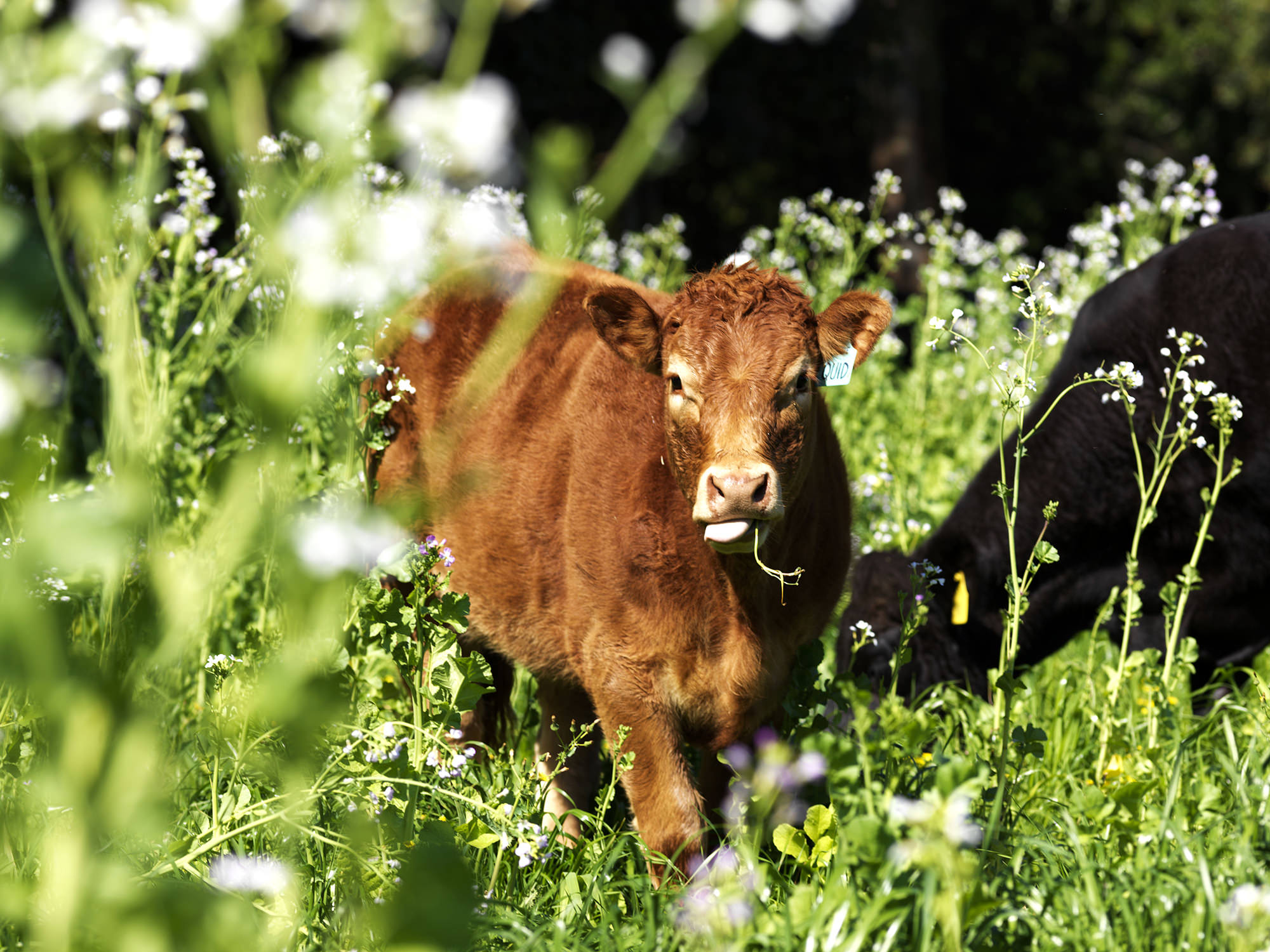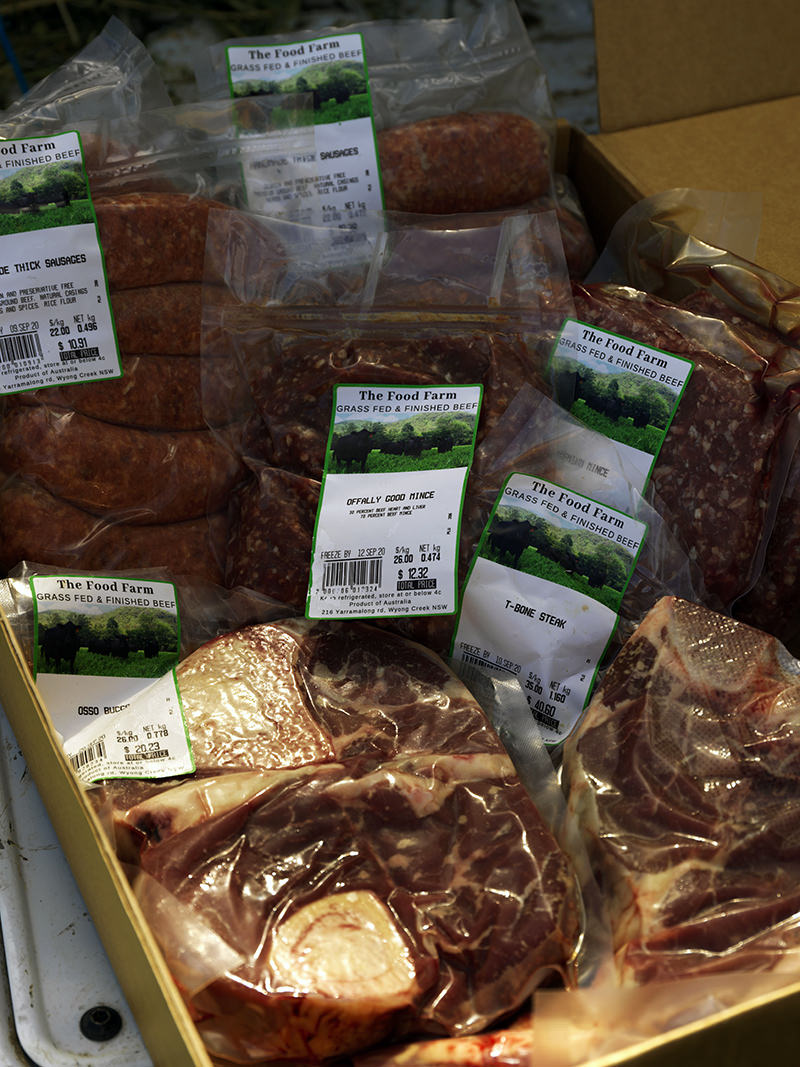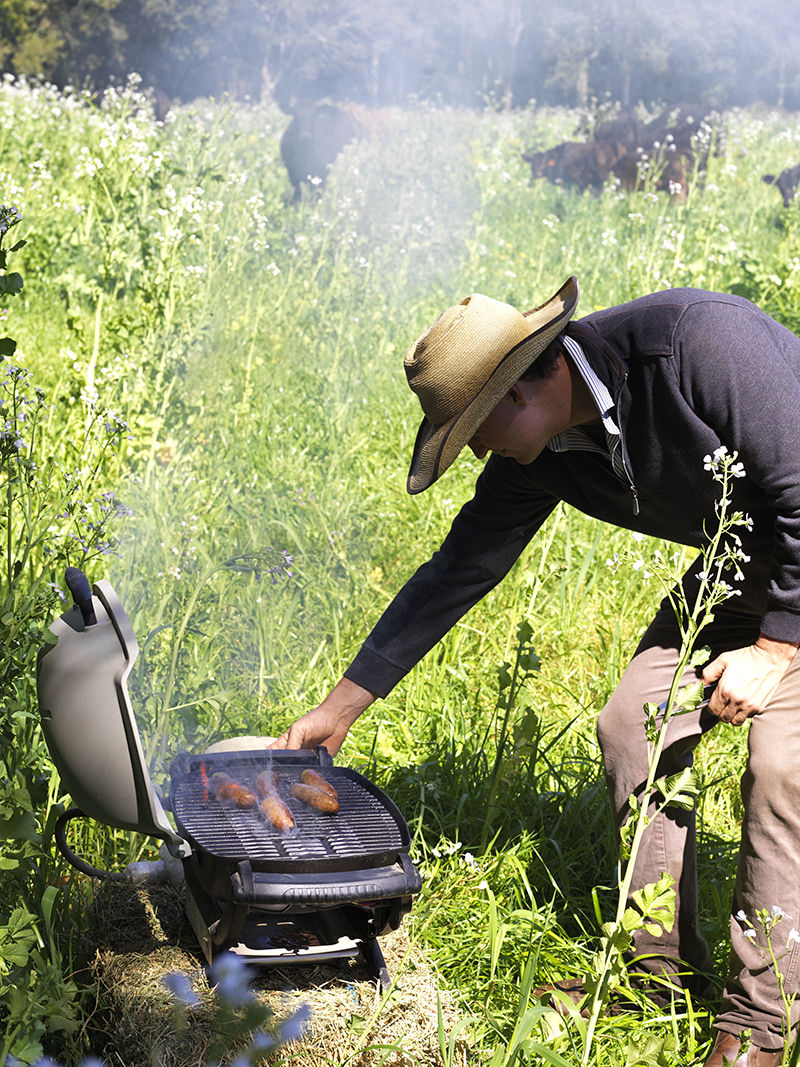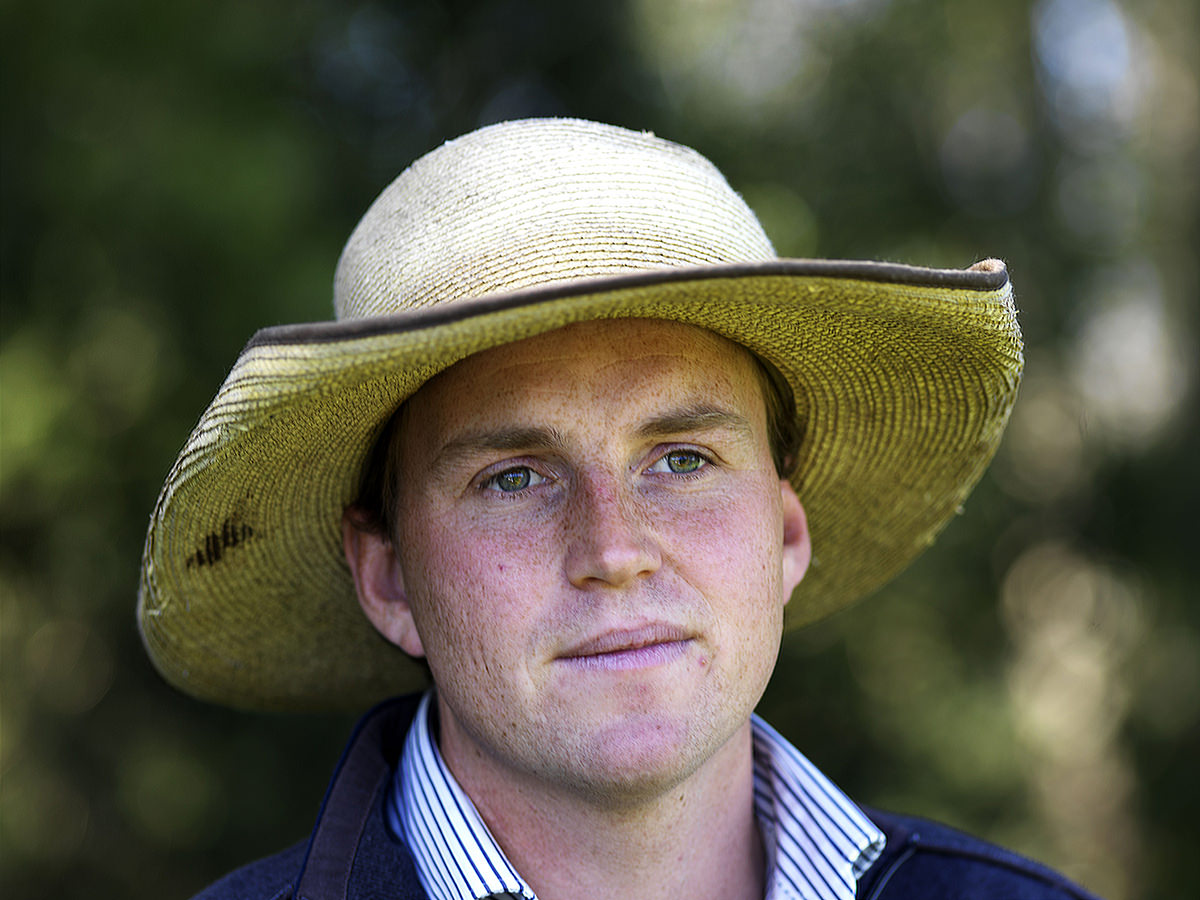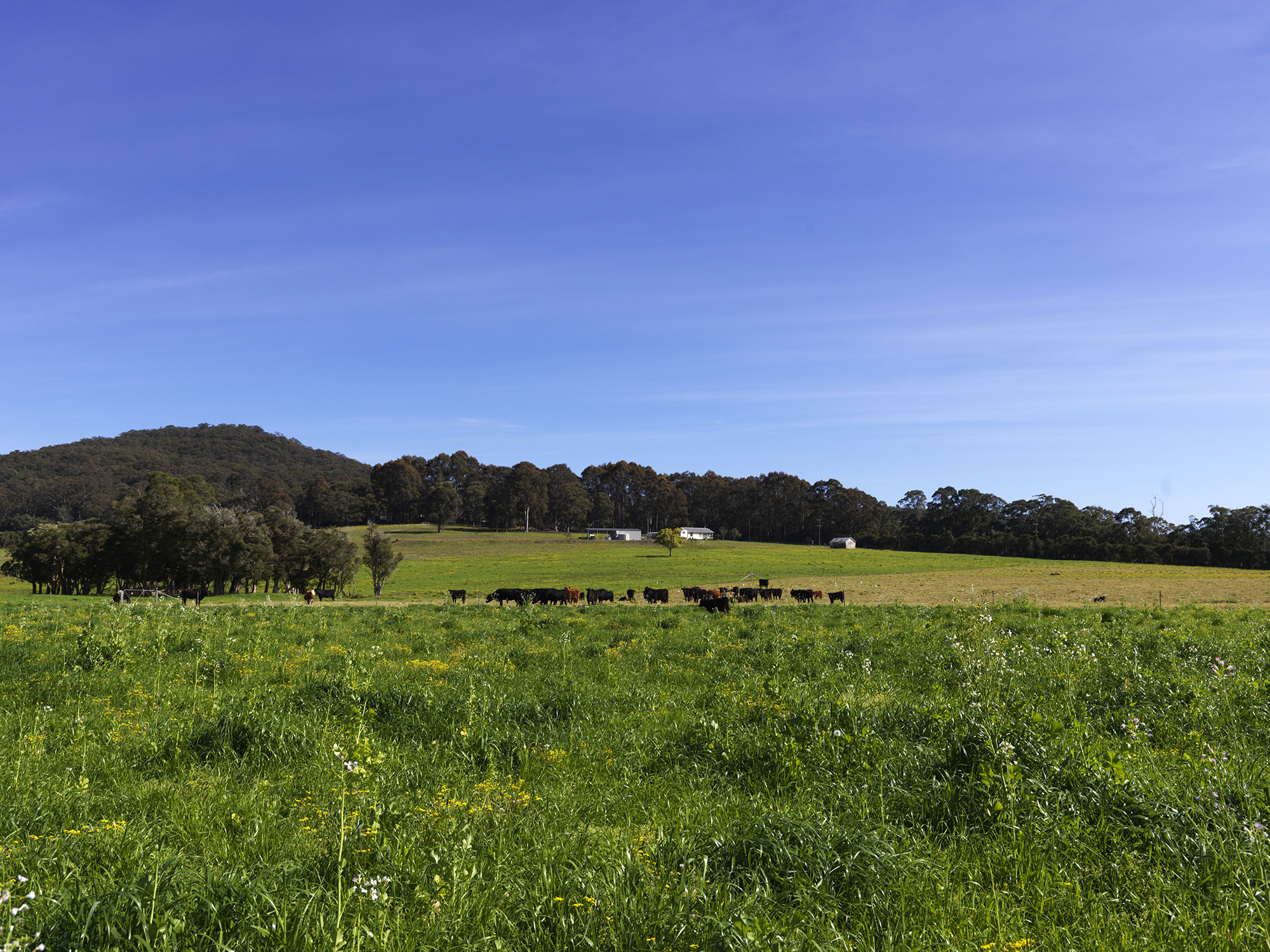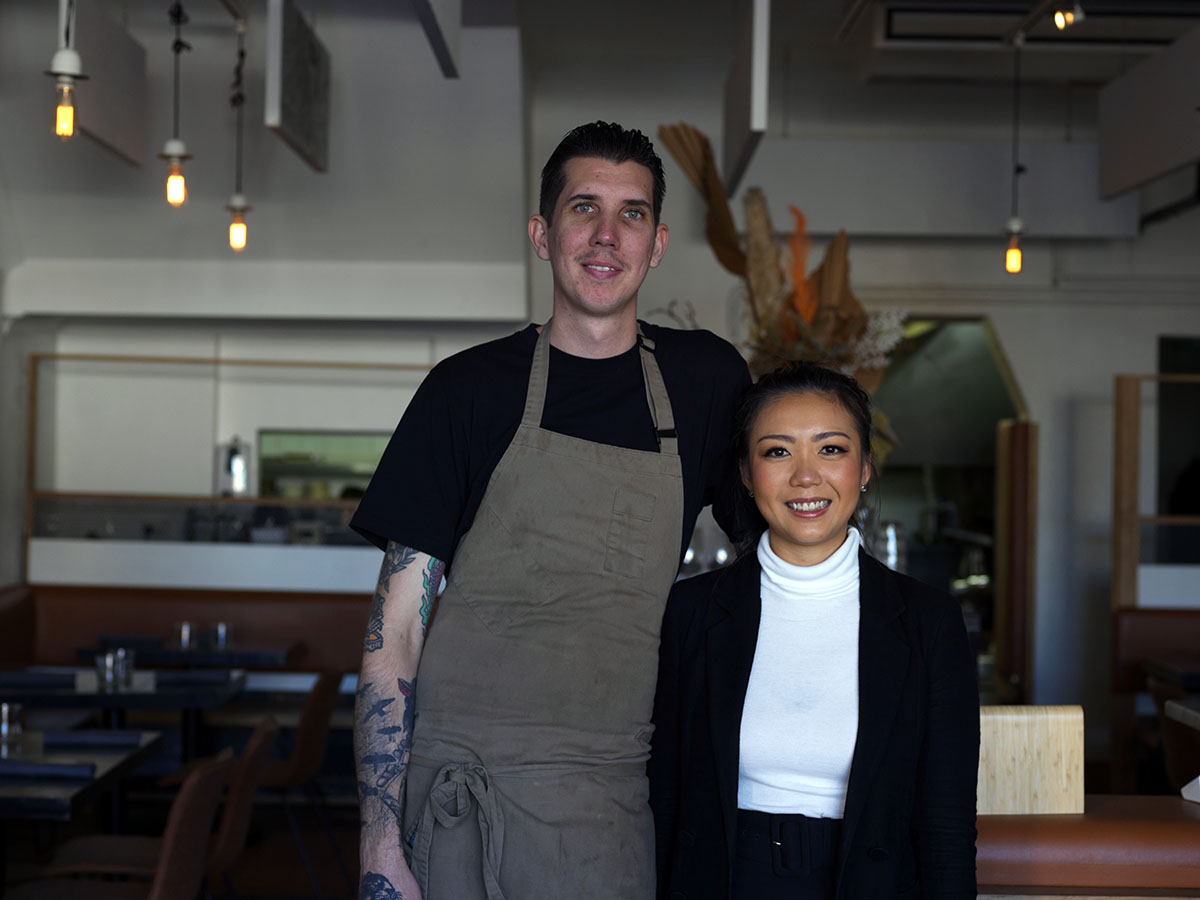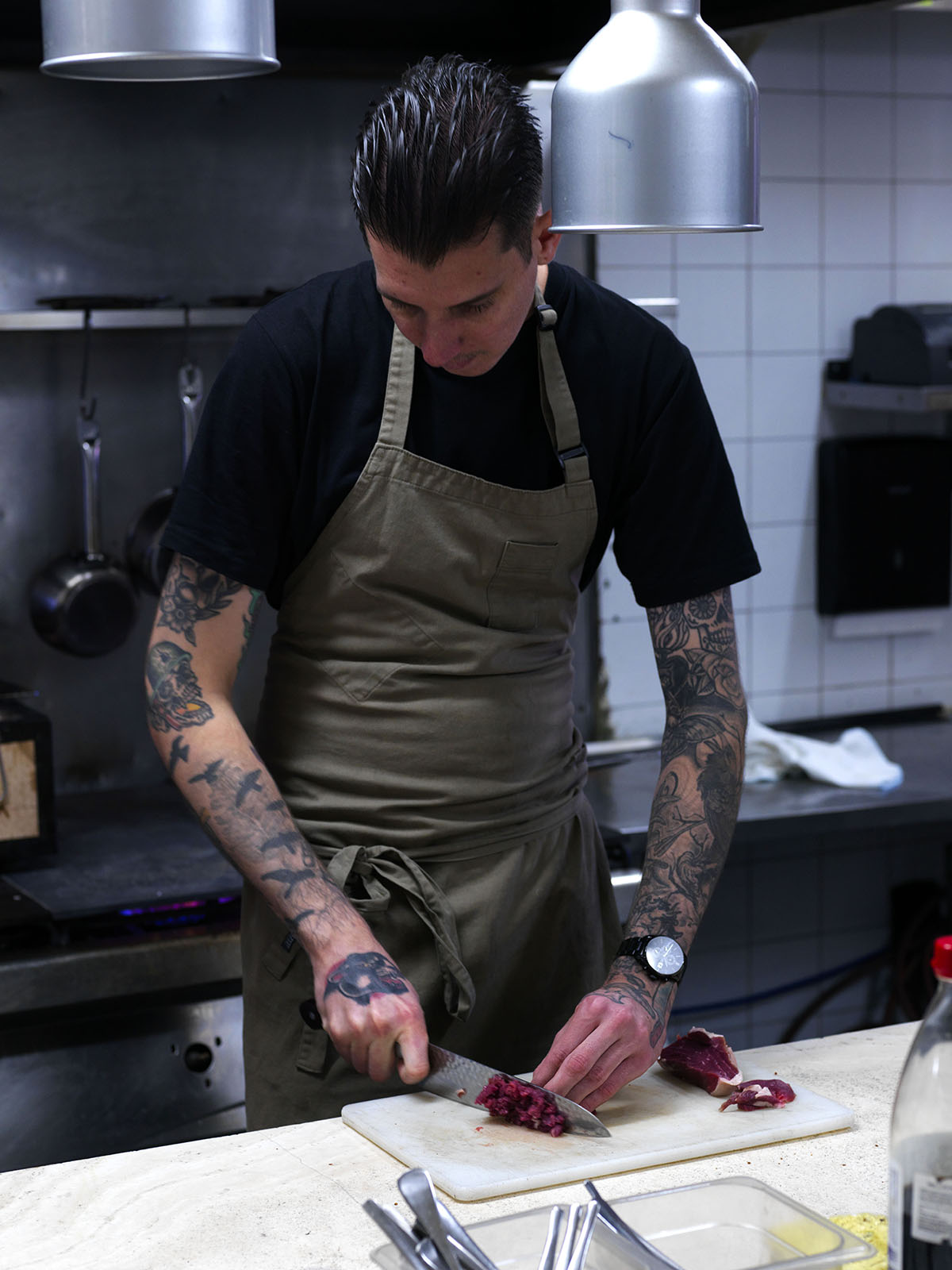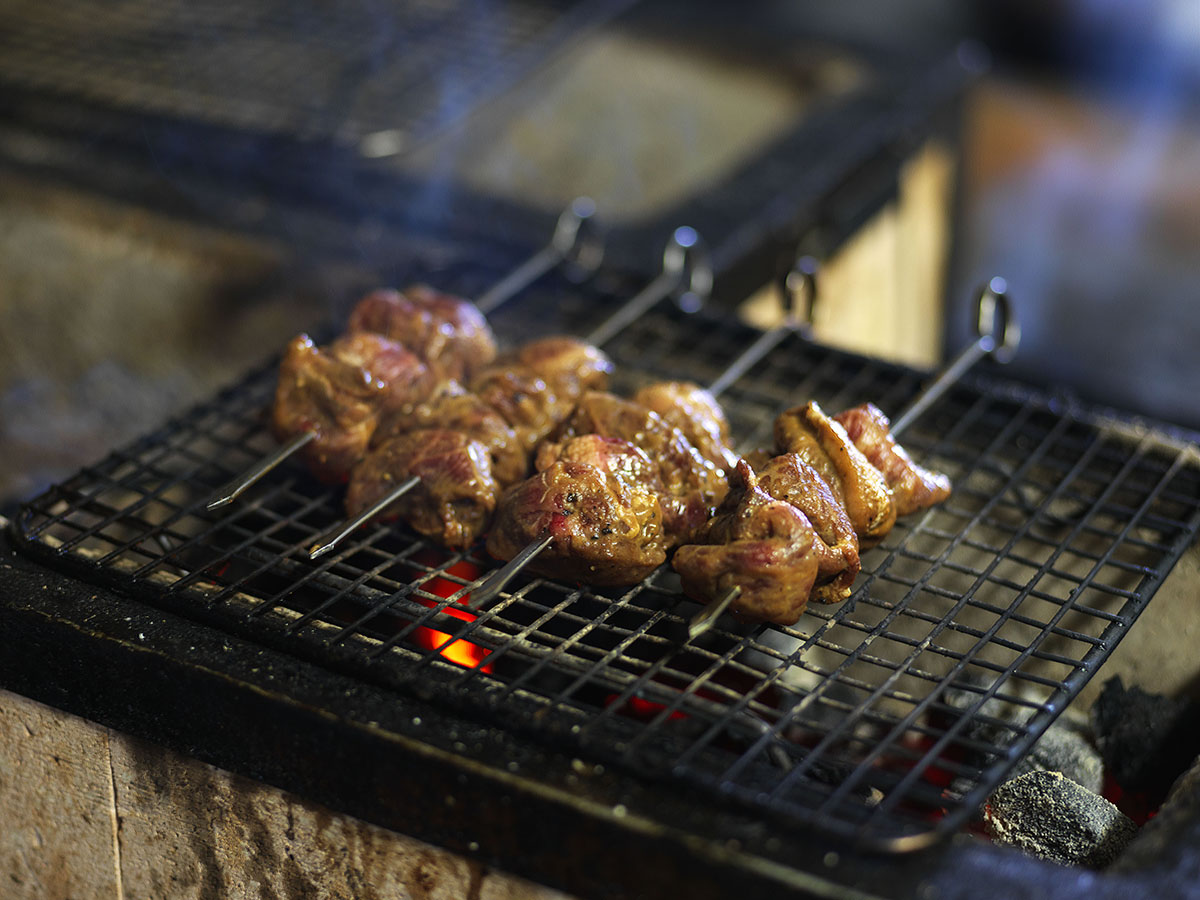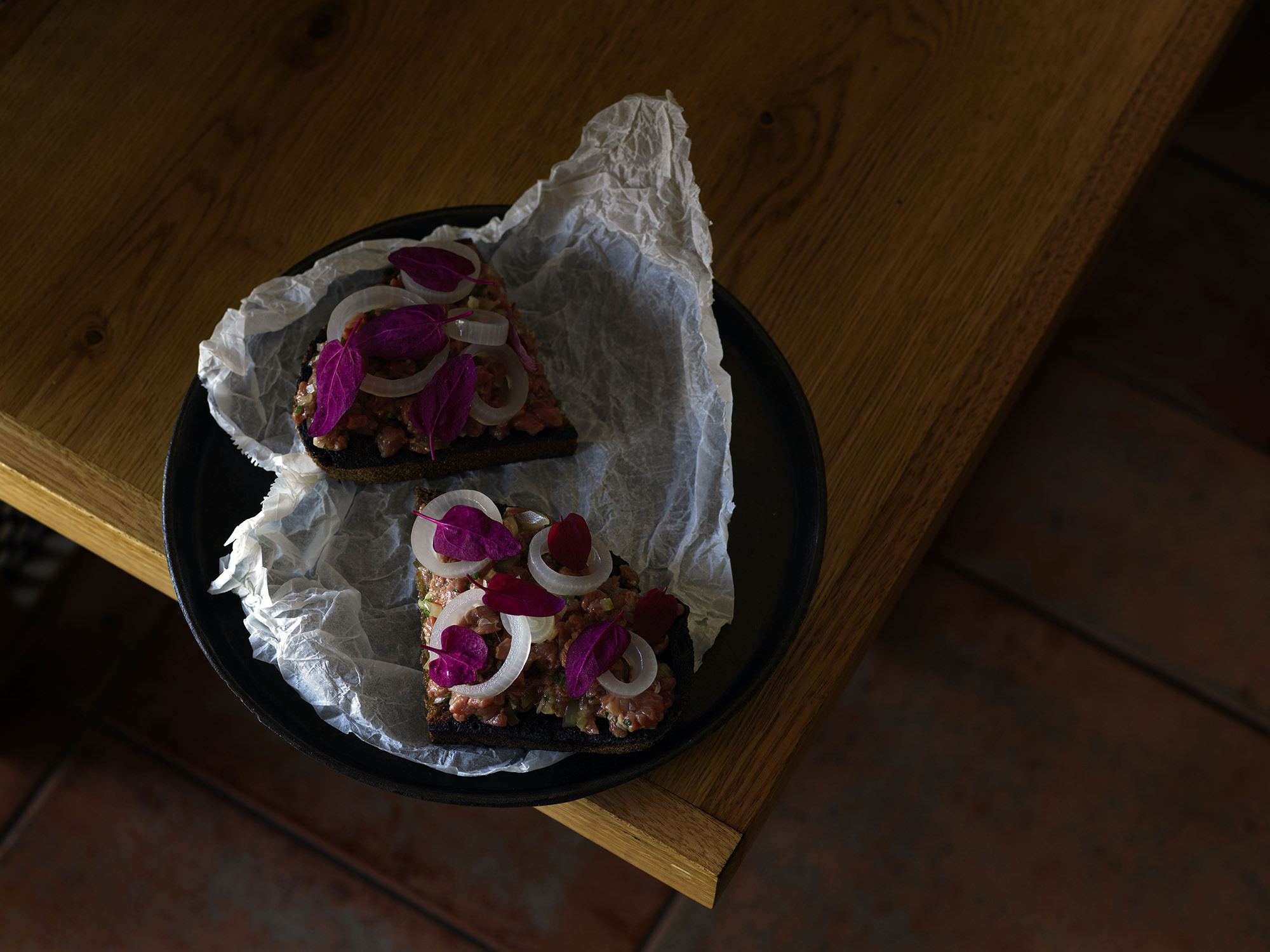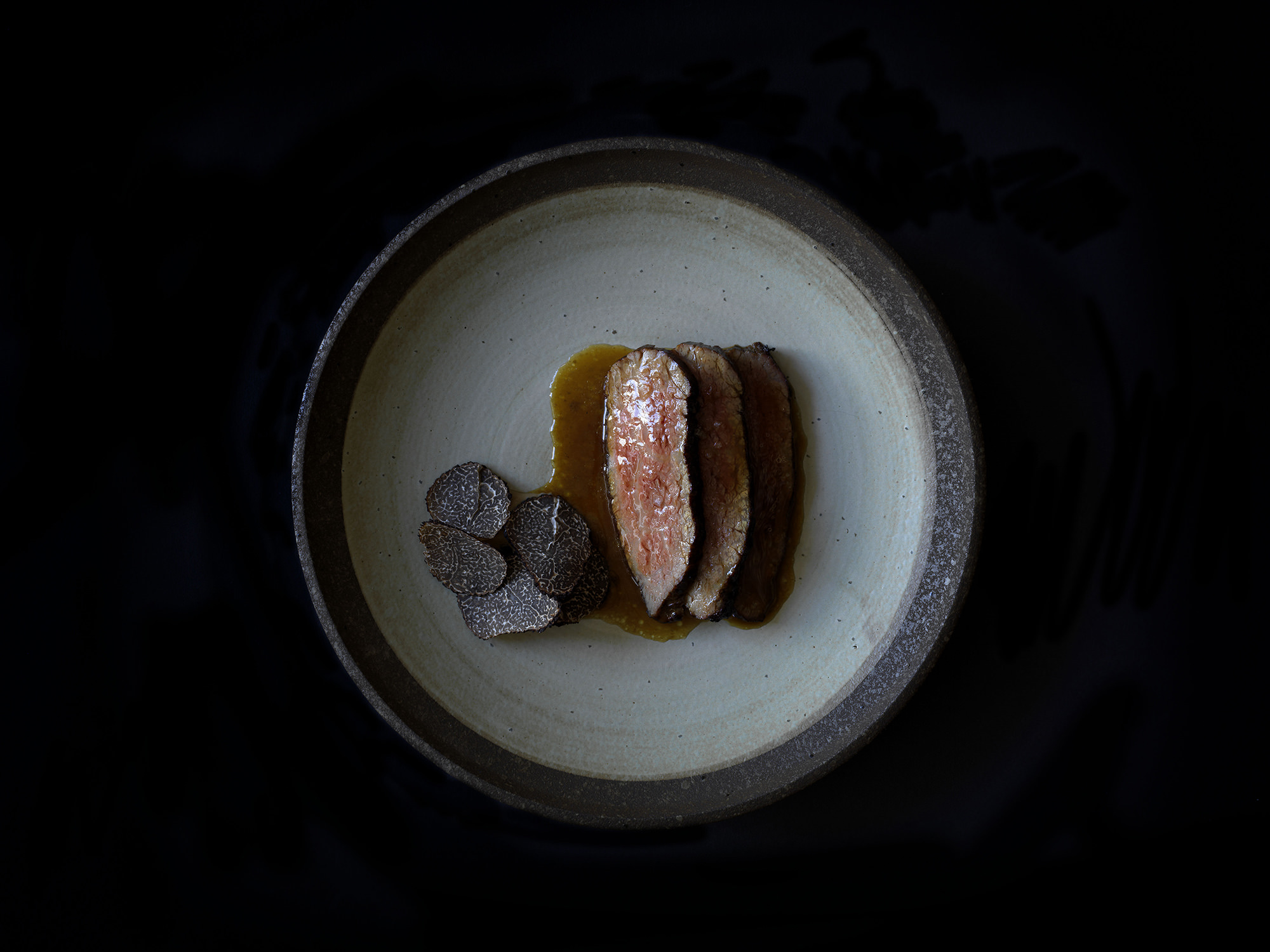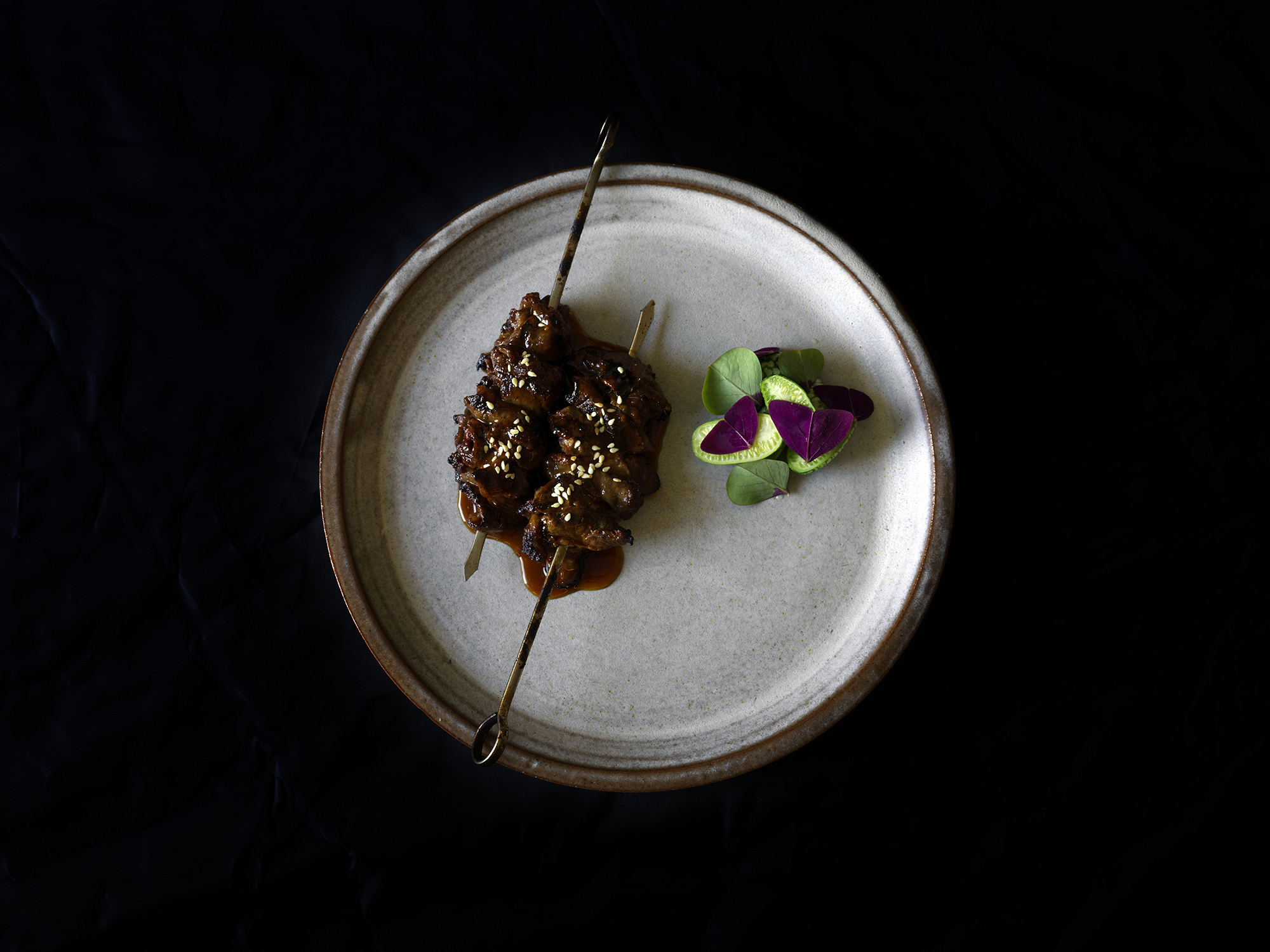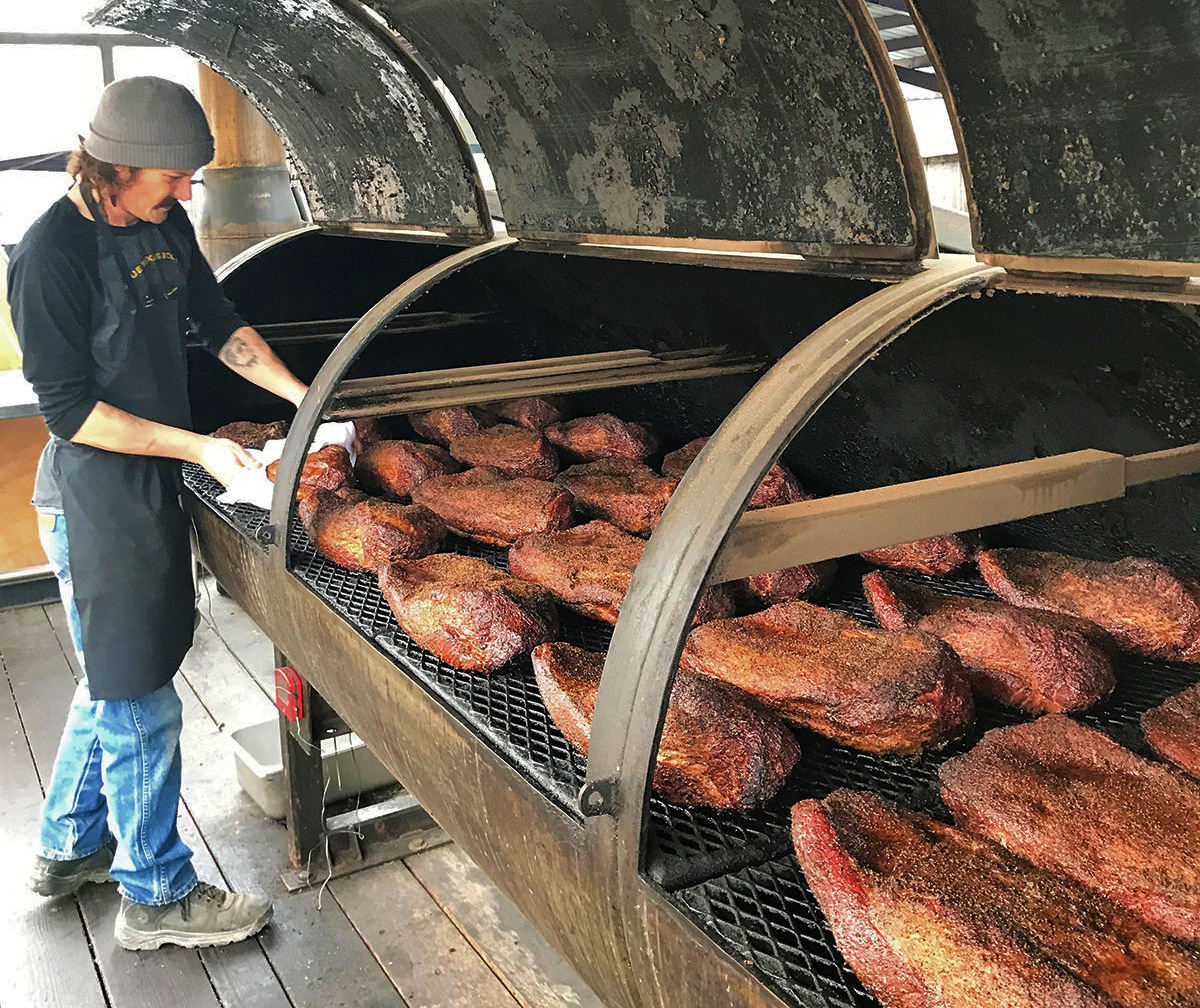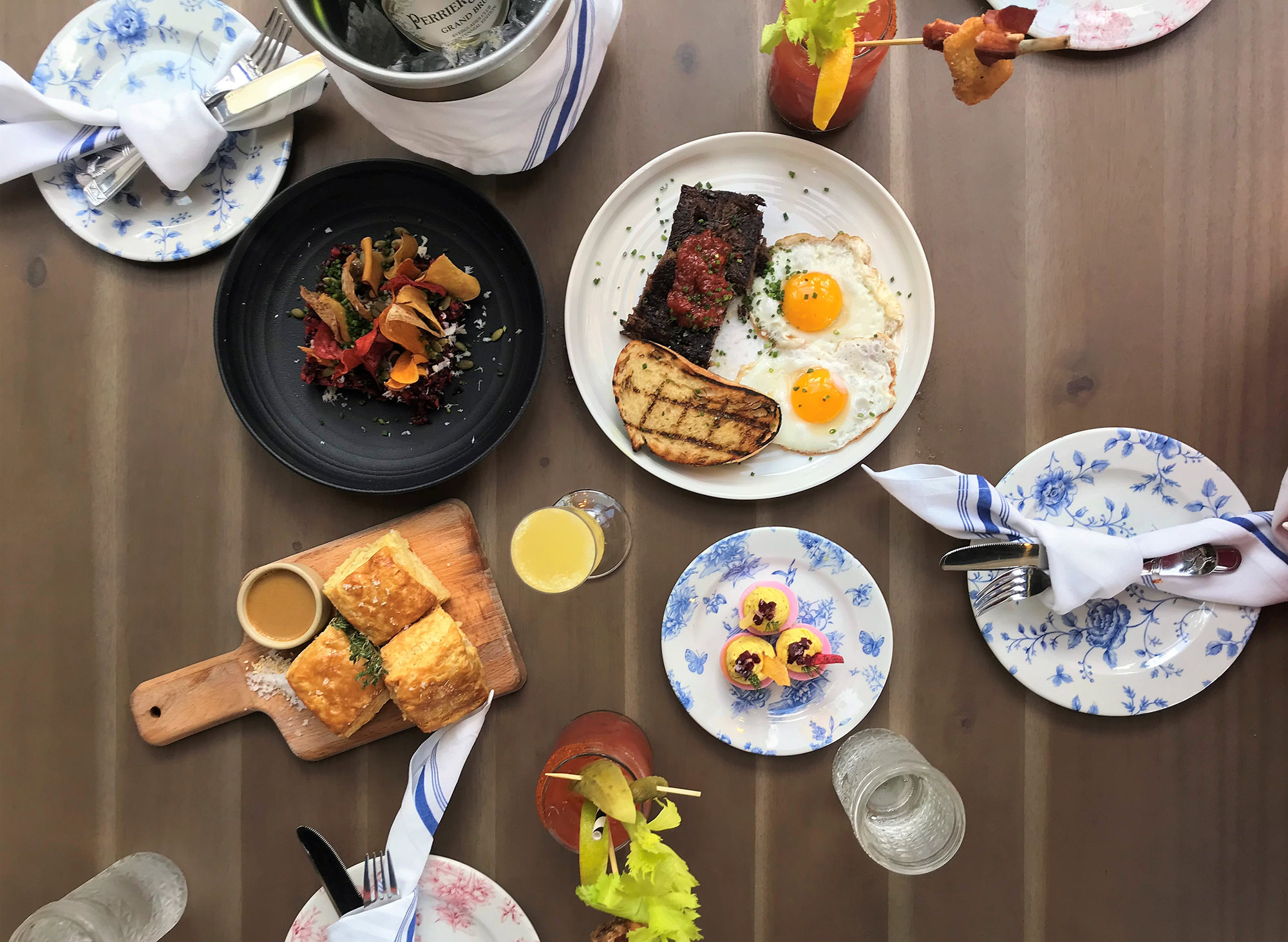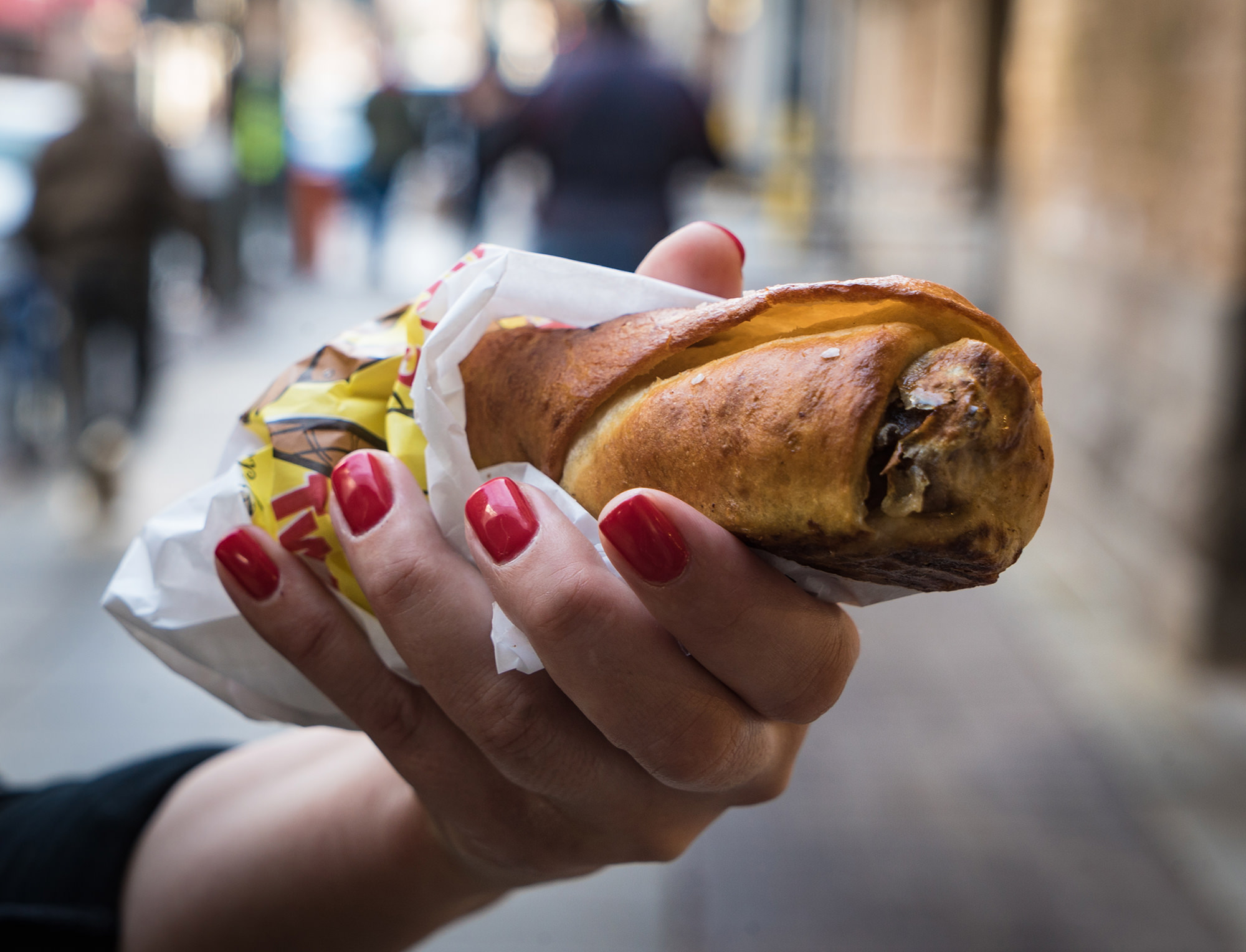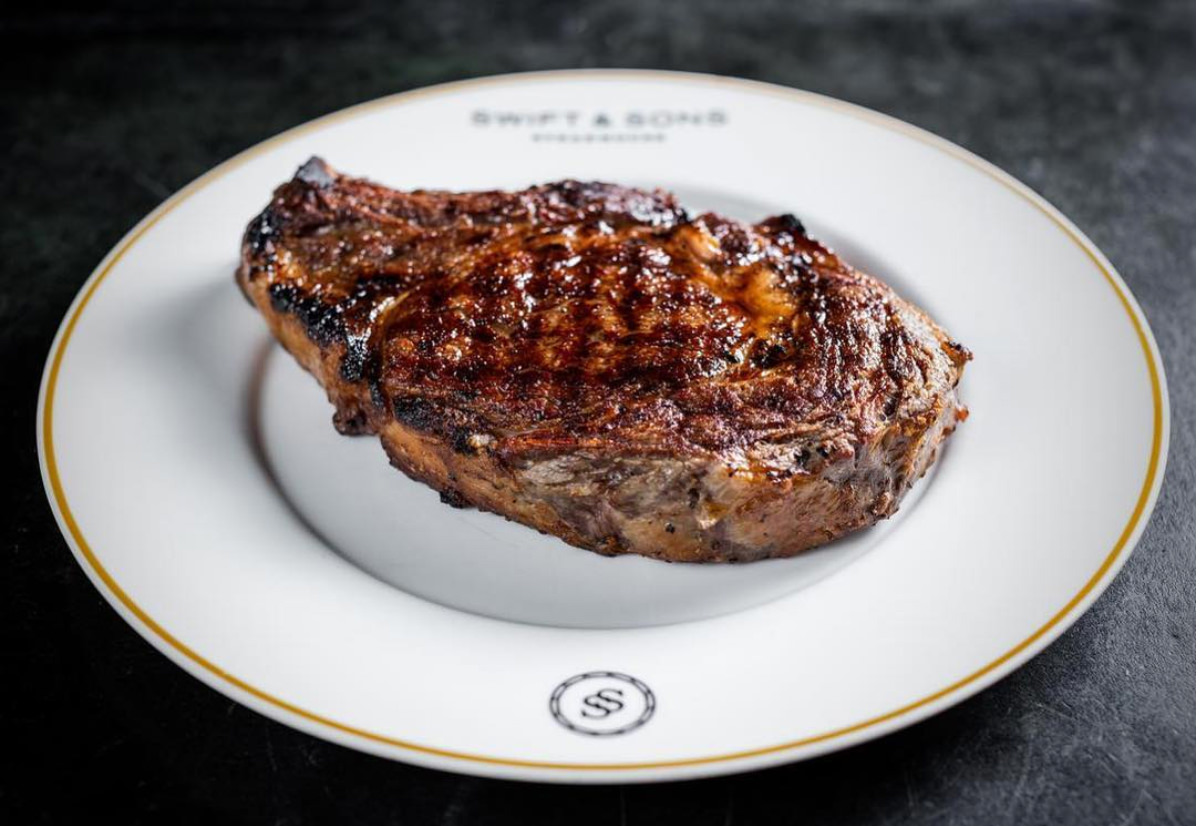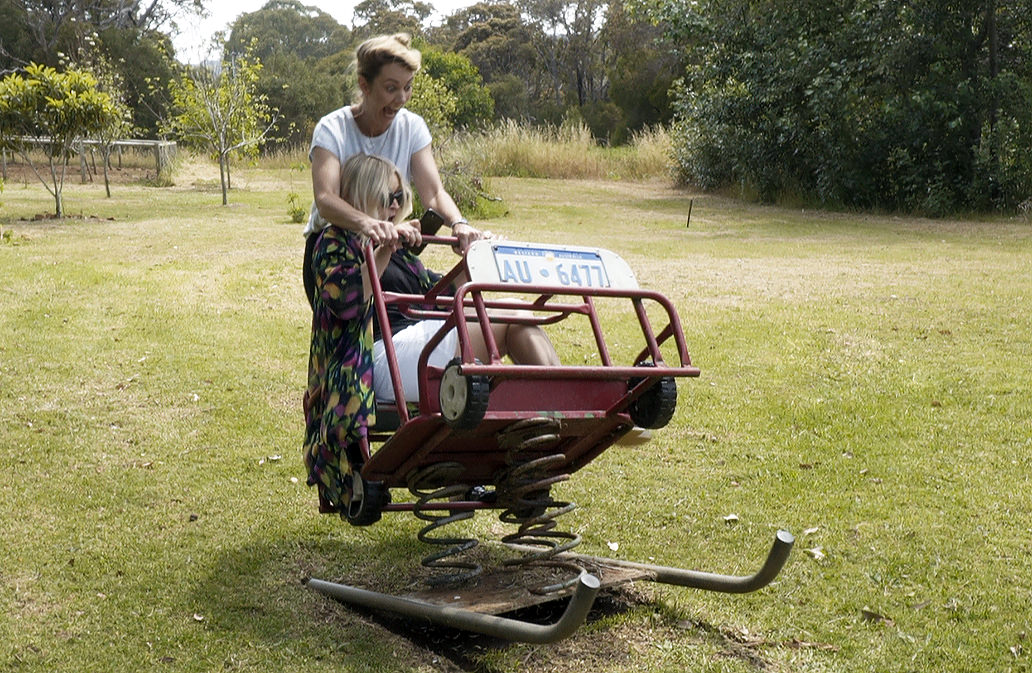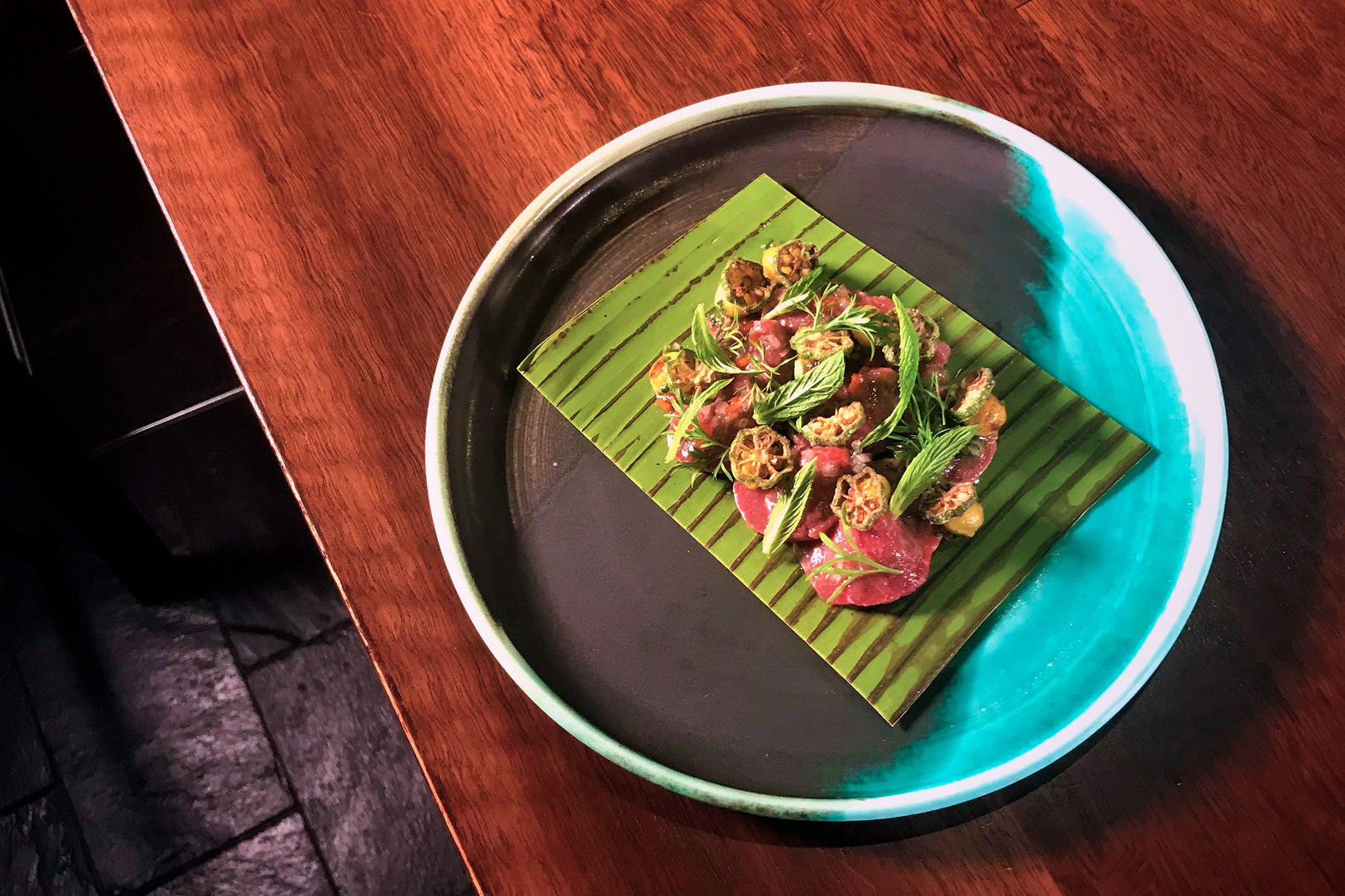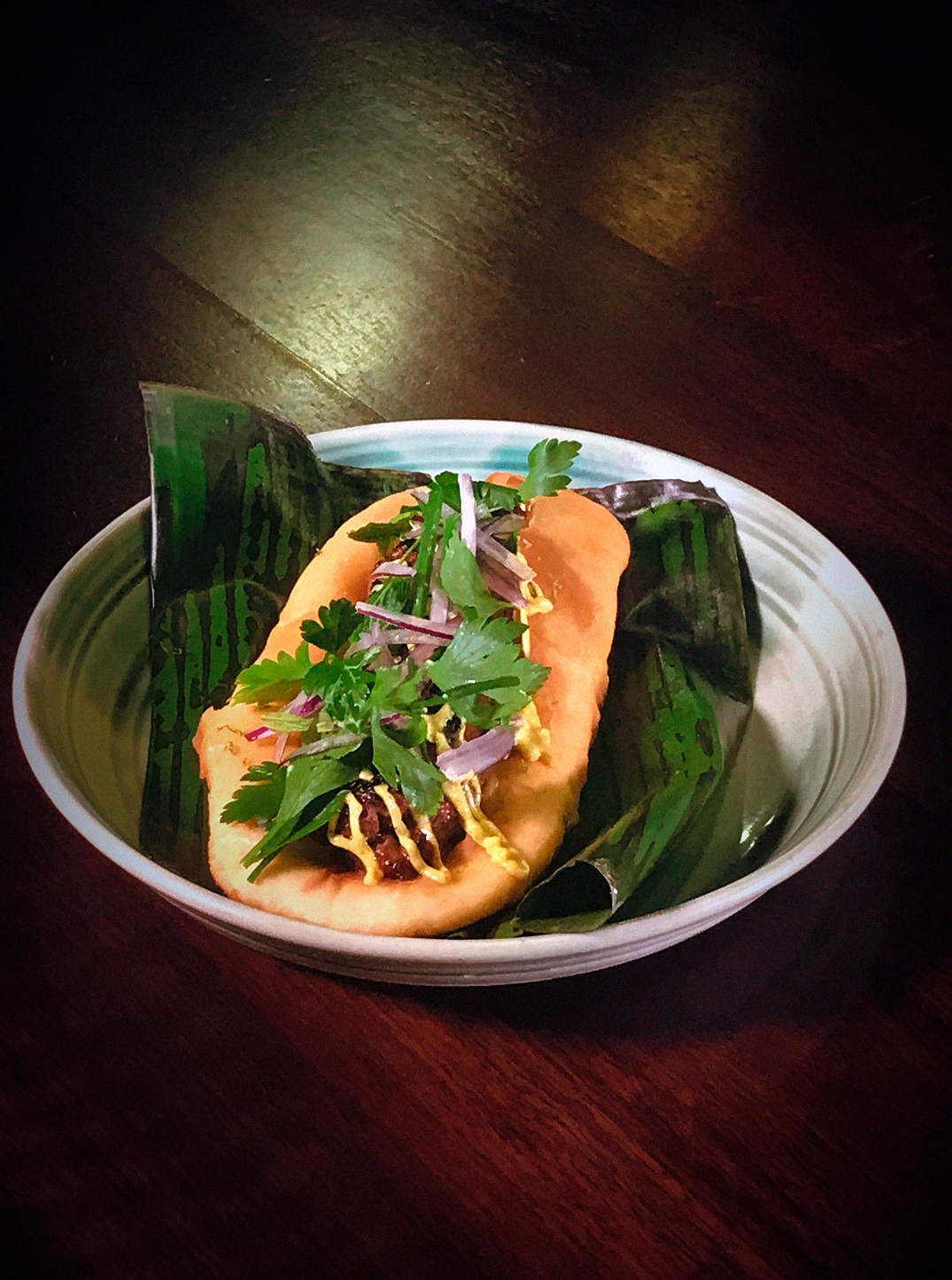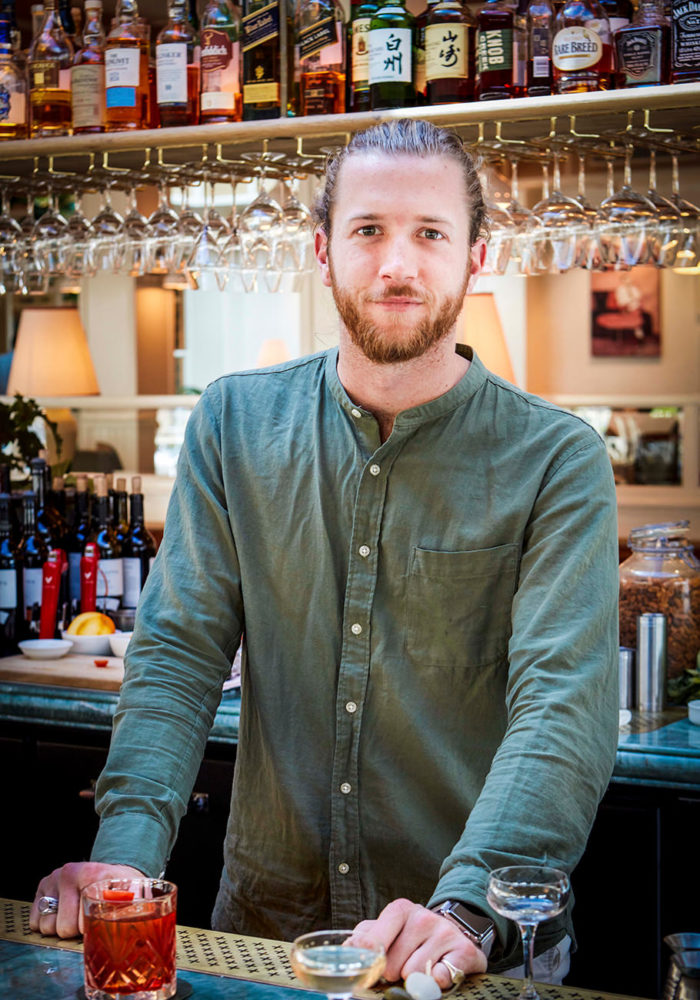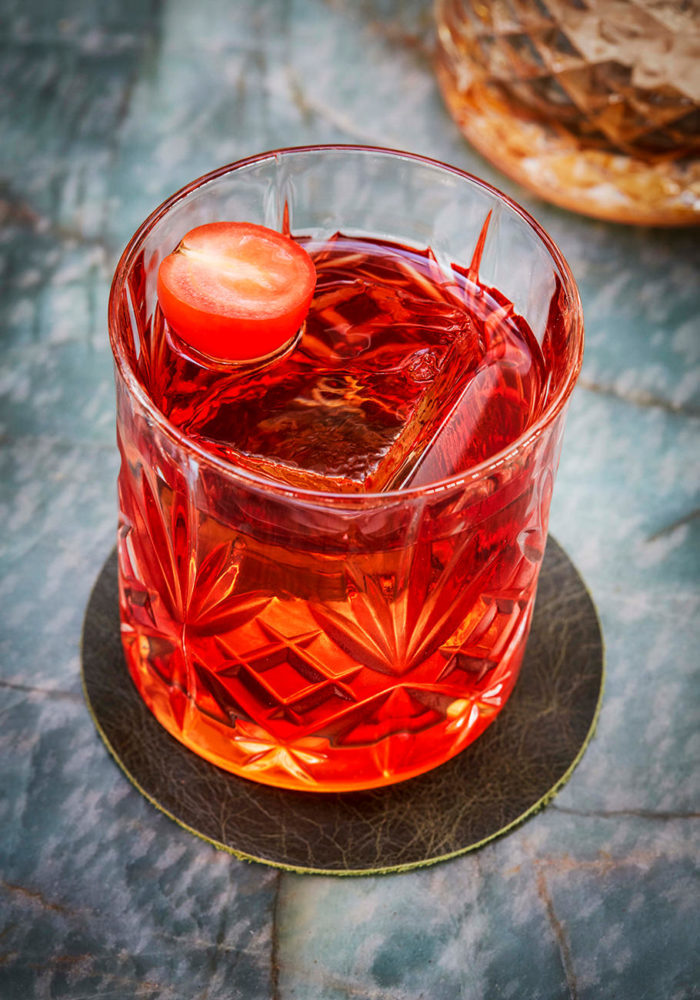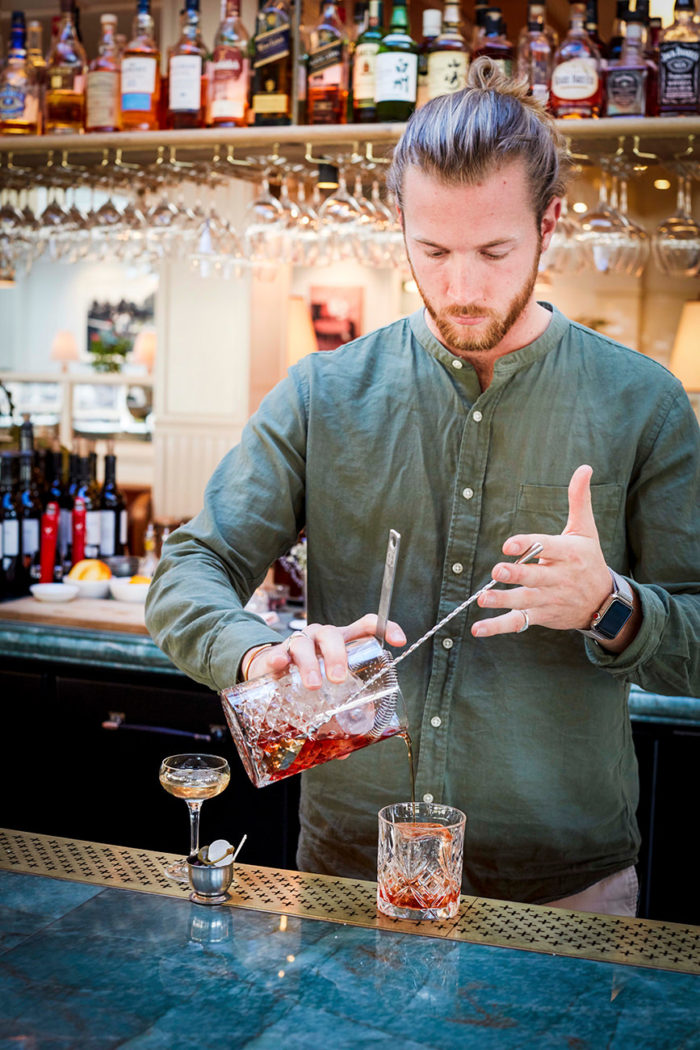A Toast to Toast
Back to contents
Chef Mat Lindsay is passionate about toast – dedicating a whole section to it in his first cookbook, Ester. Some of his thoughts on toast are that it is acceptable at any time of the day; the better the bread, the better the toast; and if you’re cutting off the crusts, you are doing it wrong.
The book provides a blow by blow on toasting the perfect toast – and no surprises here, for Lindsay it involves radiant glowing coals; room temperature bread sliced 18mm thick; and a final result close to the leopard-spotting of a perfect pizza. Cool on a rack (never on the plate); season with sea salt; rest for 15 seconds; then it’s time for butter and toppings.
In the book, Lindsay gives us “39 reasons to leave that avocado on the shelf” with a swathe of delicious toast toppings from ‘Nduja and honeycomb to chocolate, olive oil and sea salt – but it’s the grilled tongue and green sauce that gets the green light from us.
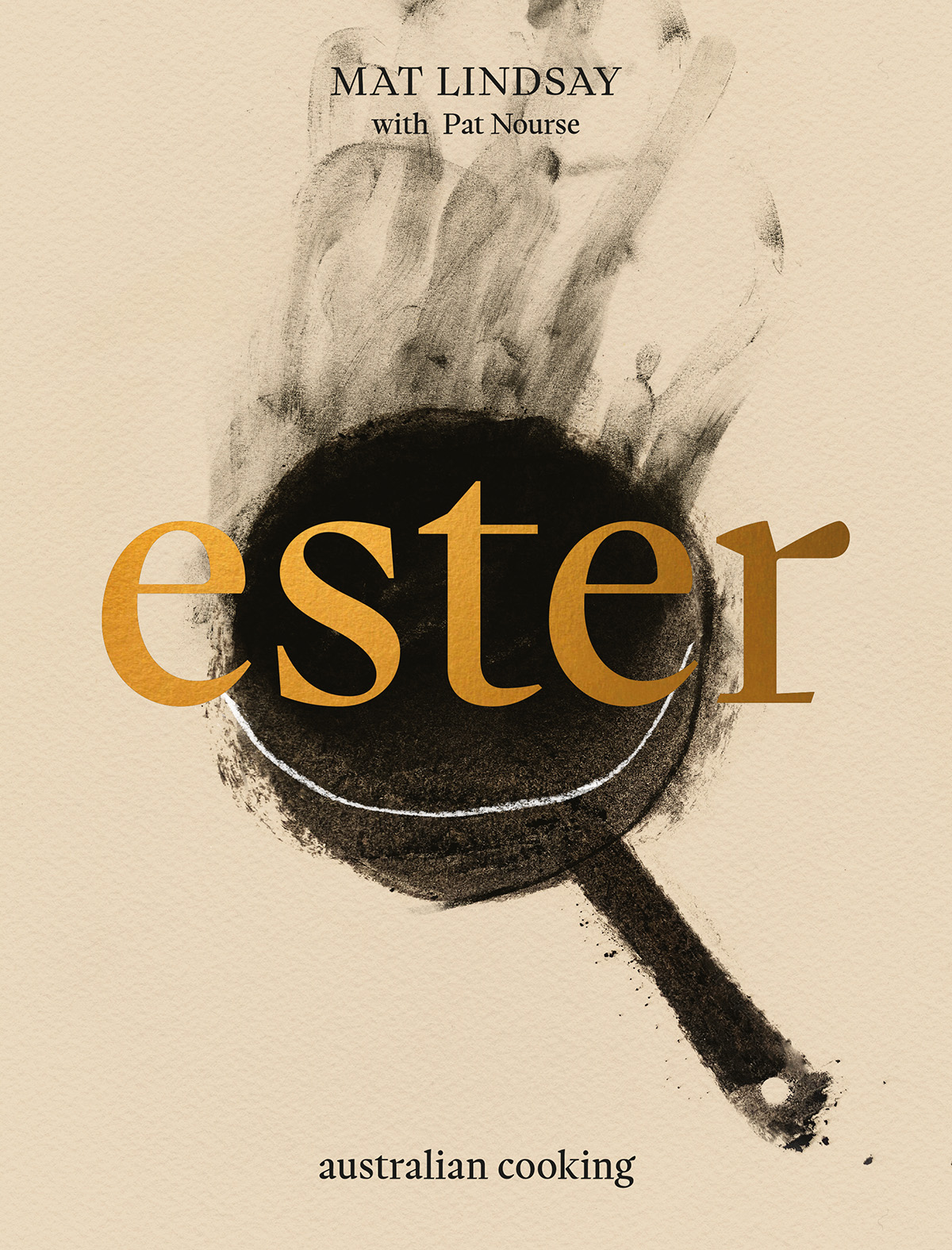
Images and text from Ester by Mat Lindsay with Pat Nourse, photography by Patricia Niven. Murdoch Books RRP $55.00 AUD
Grilled Tongue and Green Sauce
Lamb’s tongue is a particular favourite for this one.
1. Take a tongue that has been simmered gently to tenderness, then peeled and cooled.
2. Cut it lengthways from the throat end to the tip into fairly thick slices – about four slices per tongue.
3. Pan-fry the slices on their flat sides until they’re nicely coloured
4. Mount the slices on toast, spread thickly with aïoli and spoon some green sauce on top.
5. Some salted capers that have been rinsed then deep-fried to a crisp are a possibly unnecessary, yet not entirely unwelcome, addition.
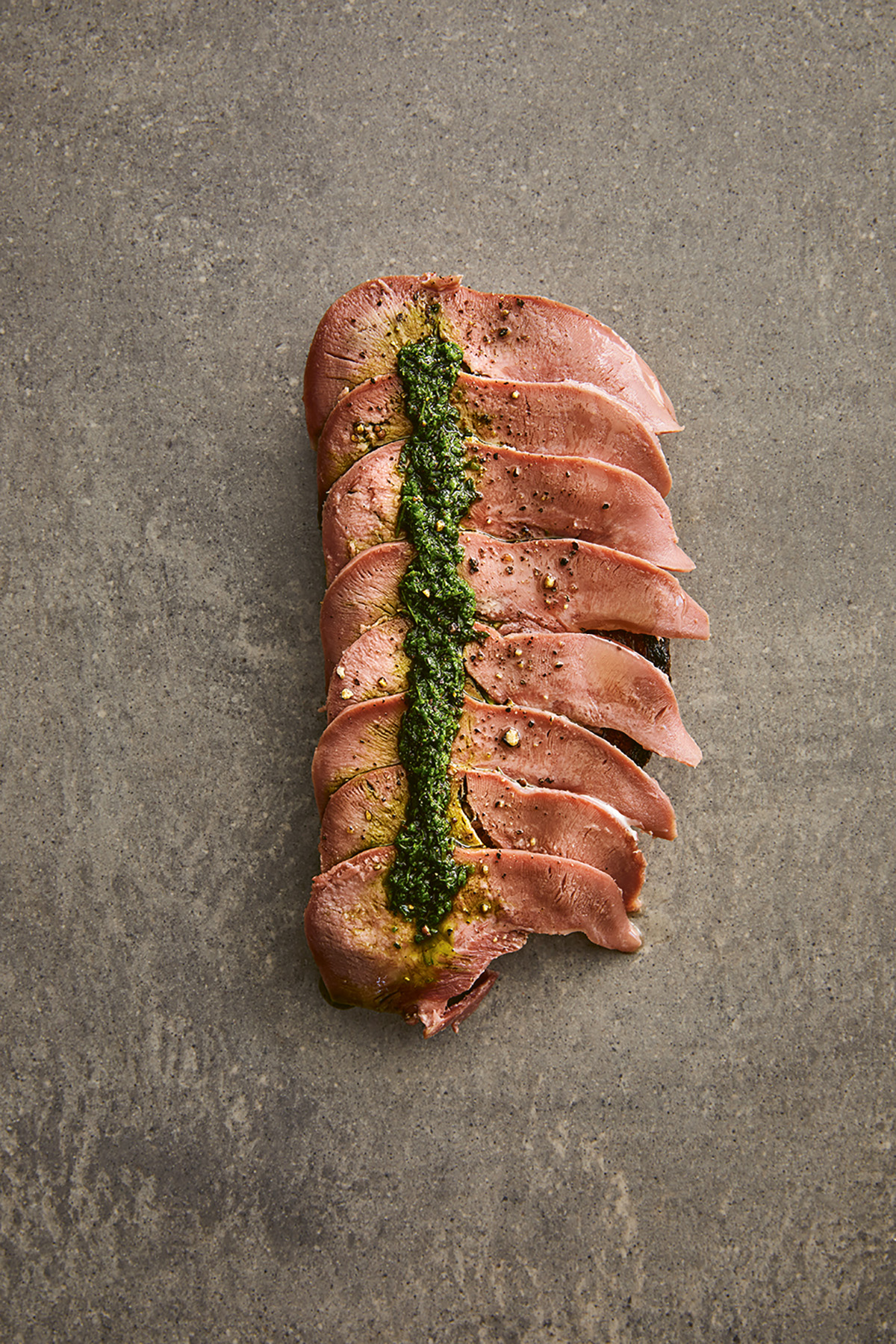
Green Sauce Ingredients
More of a direction than a recipe, and very adaptable. The number, measure and combinations of ingredients in a salsa verde such as this are dictated by your personality, what you have on hand and the sauce’s intended target. The only rule is in the name: it should be green.
Use very fresh, clean, dry herbs. My preference is to include:
• Flat-leaf parsley (50 g)
• Watercress (25 g)
• Coriander (25 g)
• Chives (20 g)
• Anchovy fillets (3)
• Lemon zest and juice (of 1 lemon)
• Salted capers (5 g), rinsed of excess salt
Method
1. Choose your combination
2. Chop half the herbs very fine
3. Chop half the herbs less fine
4. Mash the anchovies to a paste and add them to the herbs
5. Anoint the mixture with a nice lively olive oil, enough to make it a sauce but not so much as to leave the herbs swimming
6. Add some lemon zest, Microplaned or finely chopped, depending on the occasion
7. Perhaps grind in some pepper
8. Squeeze in some lemon juice (strain out the seeds; biting into one can ruin your day)
9. Garlic shoots, blackened on a grill and added at the last moment – go very well with tongue, or indeed any offal
10. Once your chosen ingredients have met, cover the surface of the sauce tightly and let it sit at room temperature for half an hour to let everything mingle and find its place, then taste and adjust the seasoning as needed – it may need a pinch of salt.




